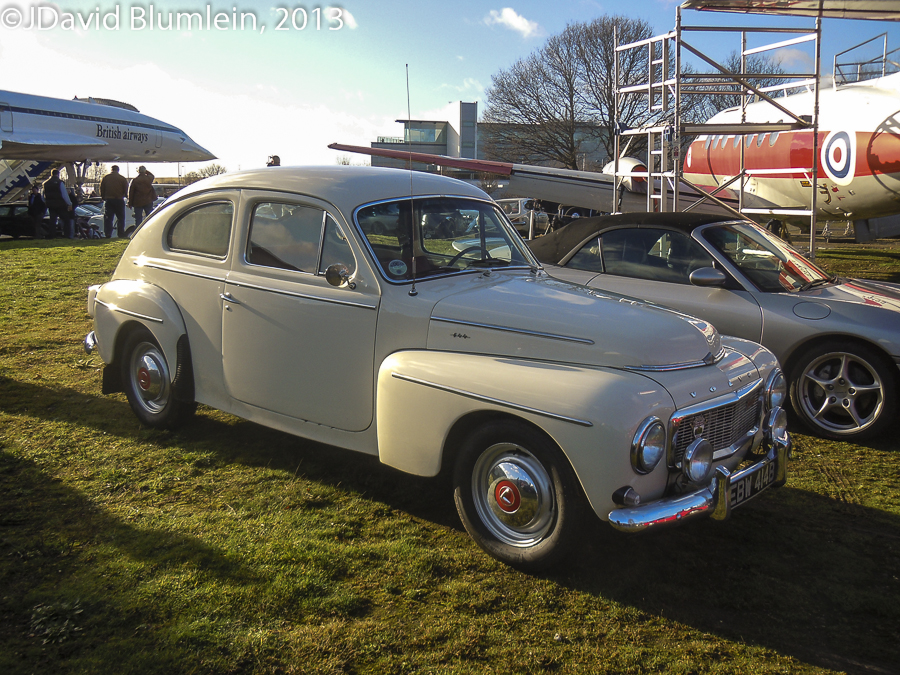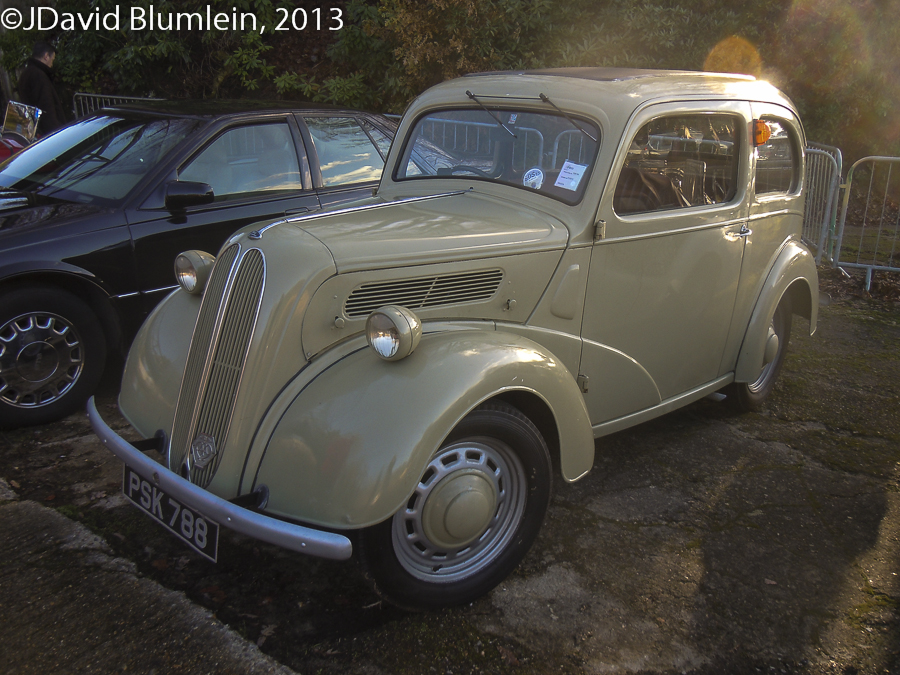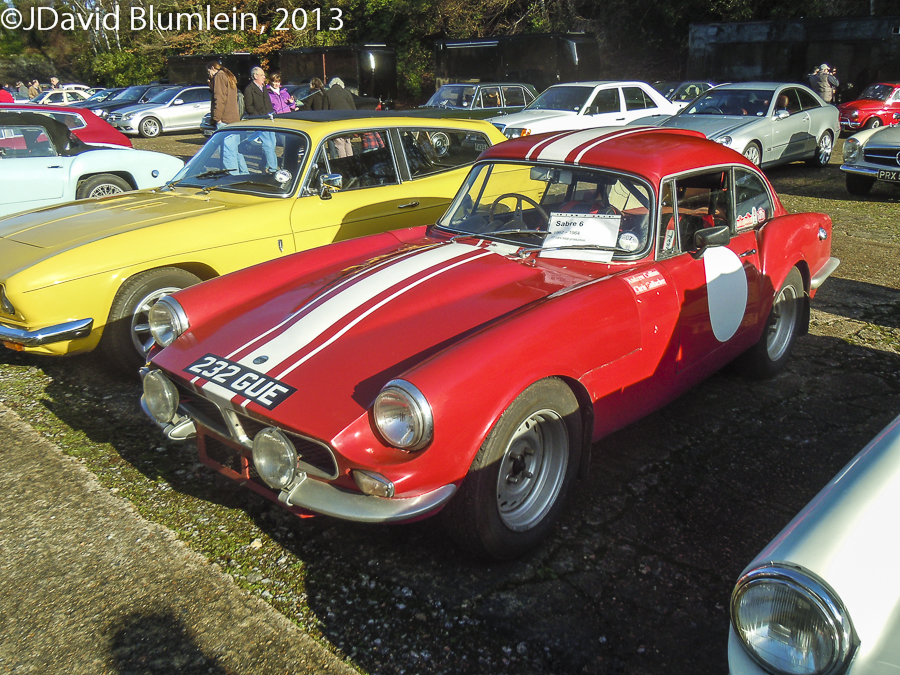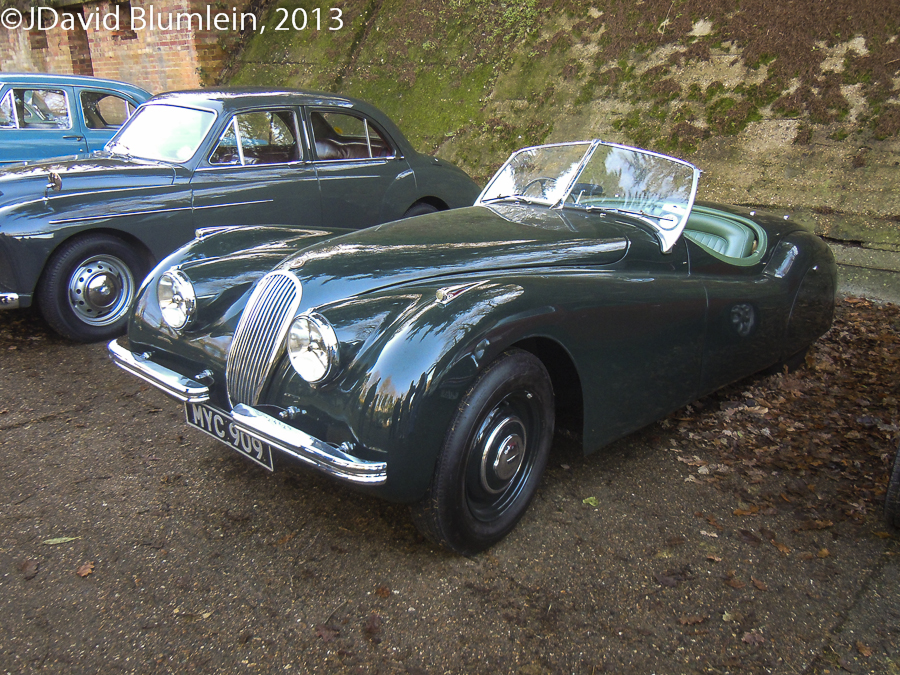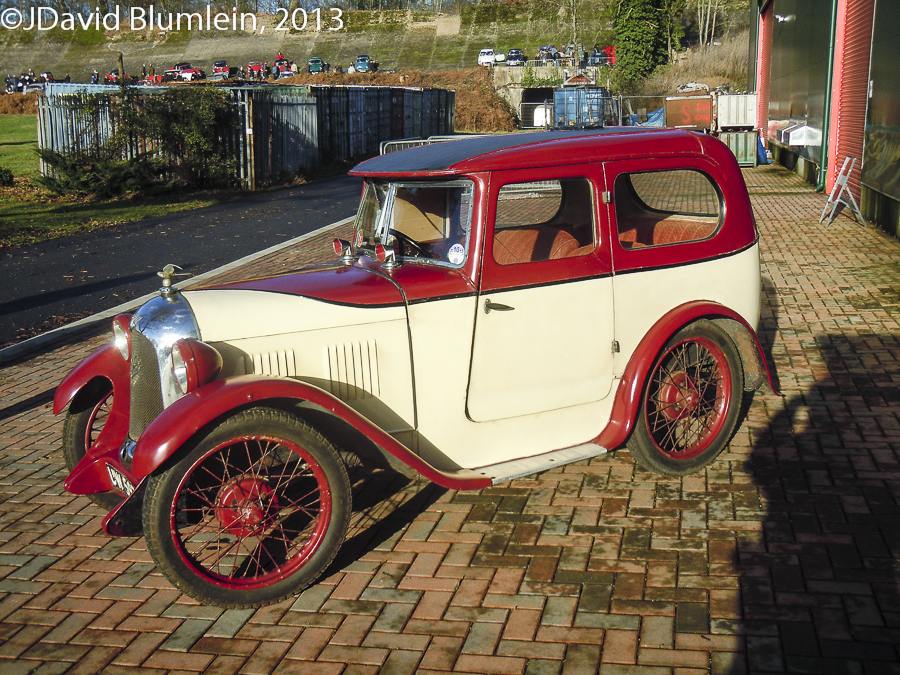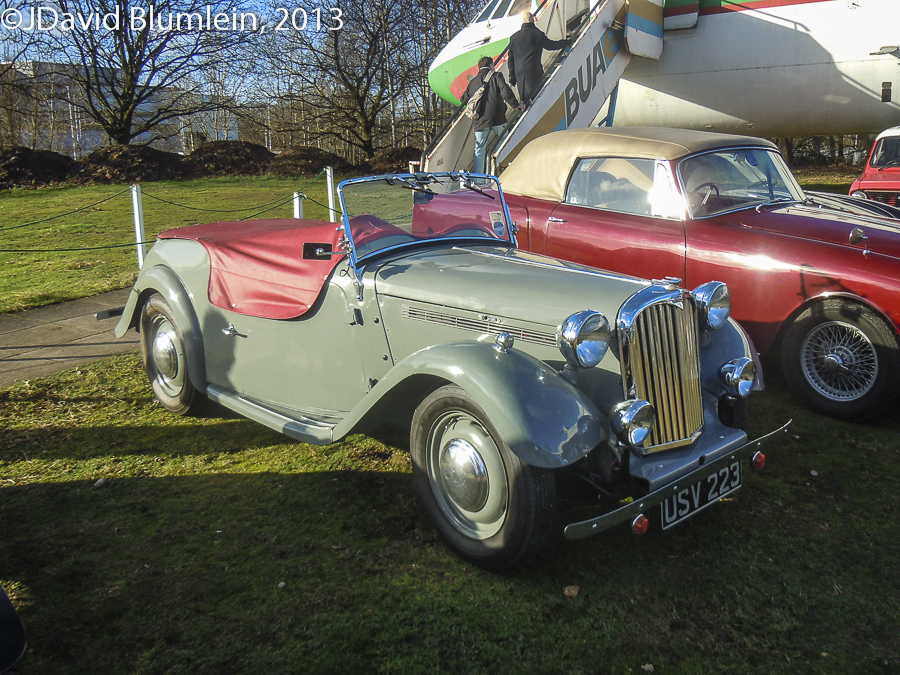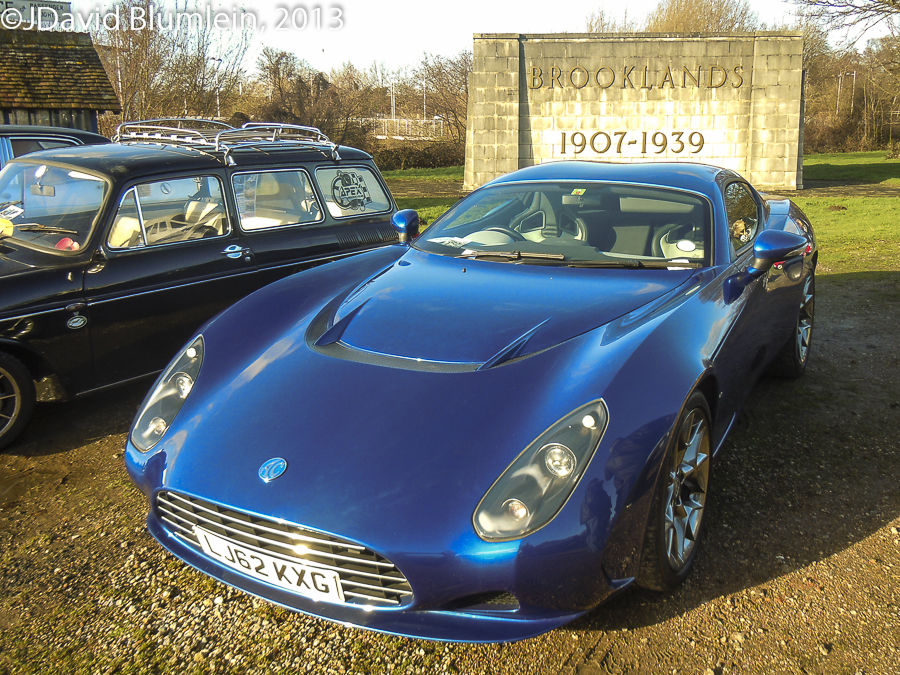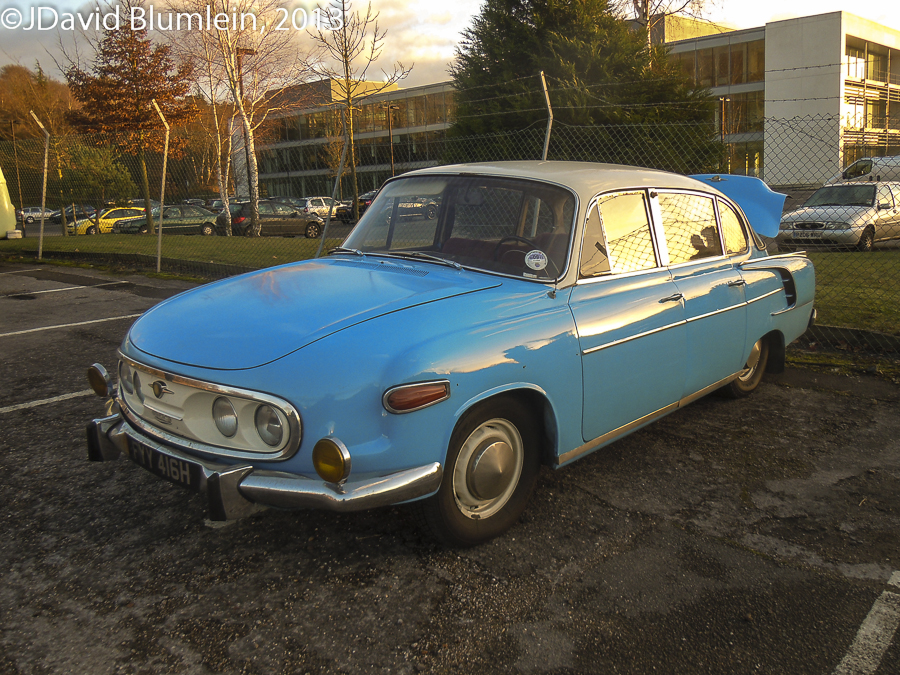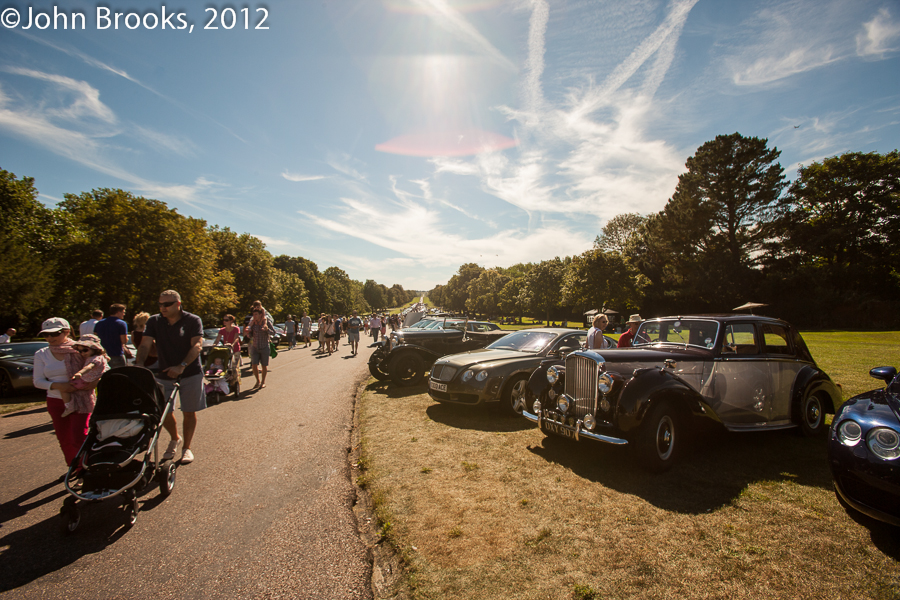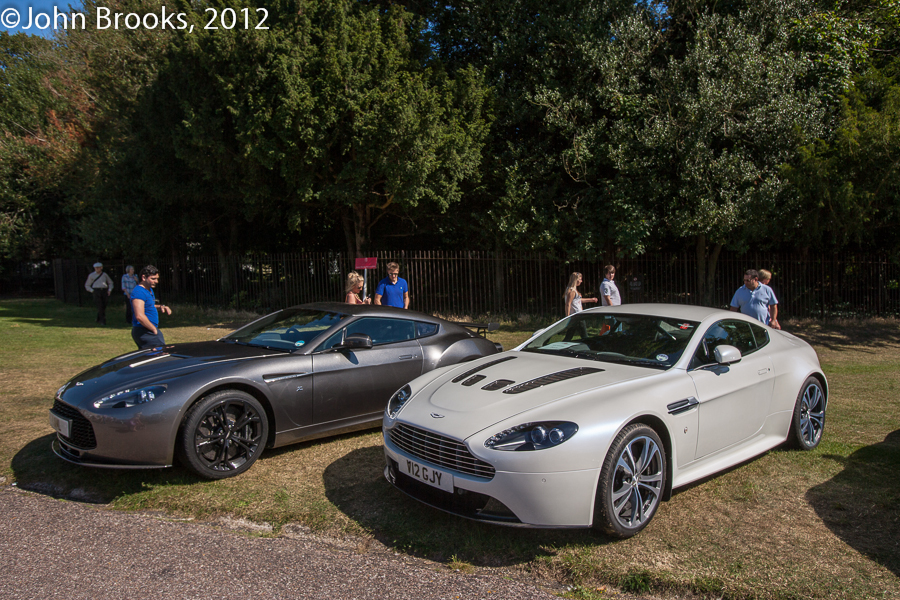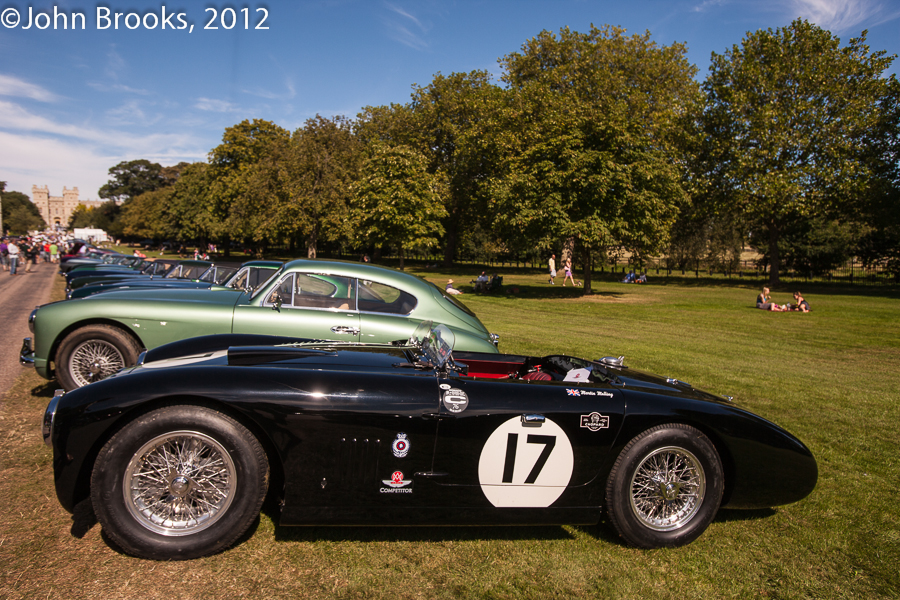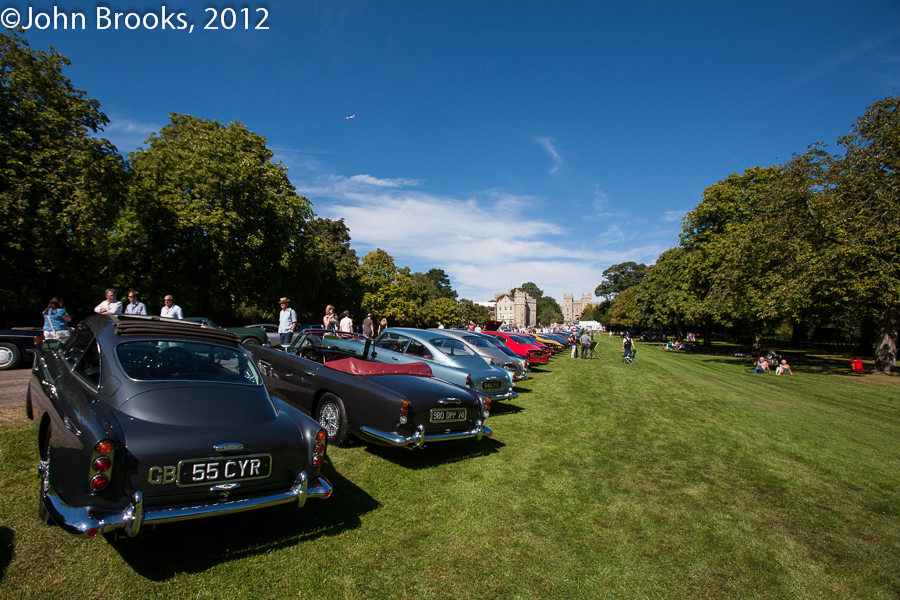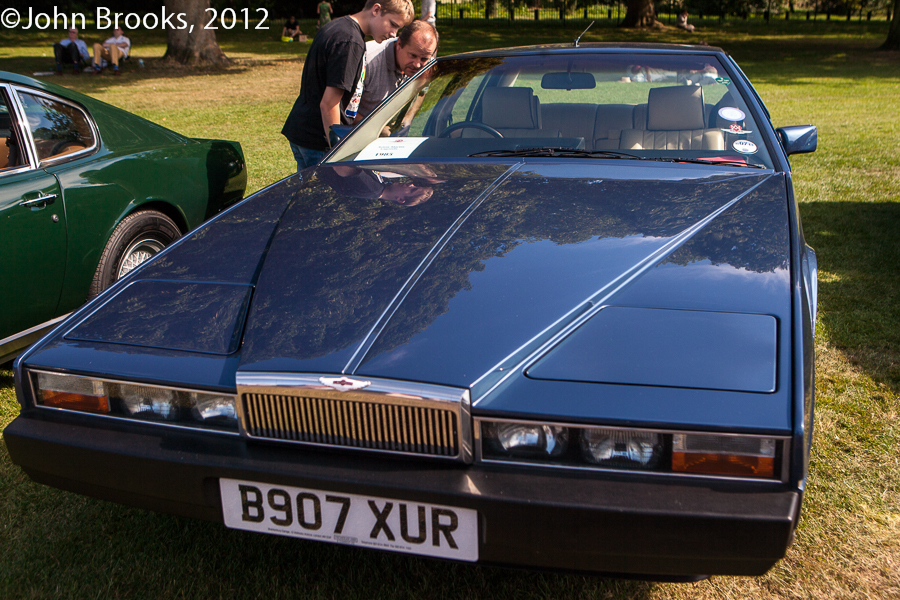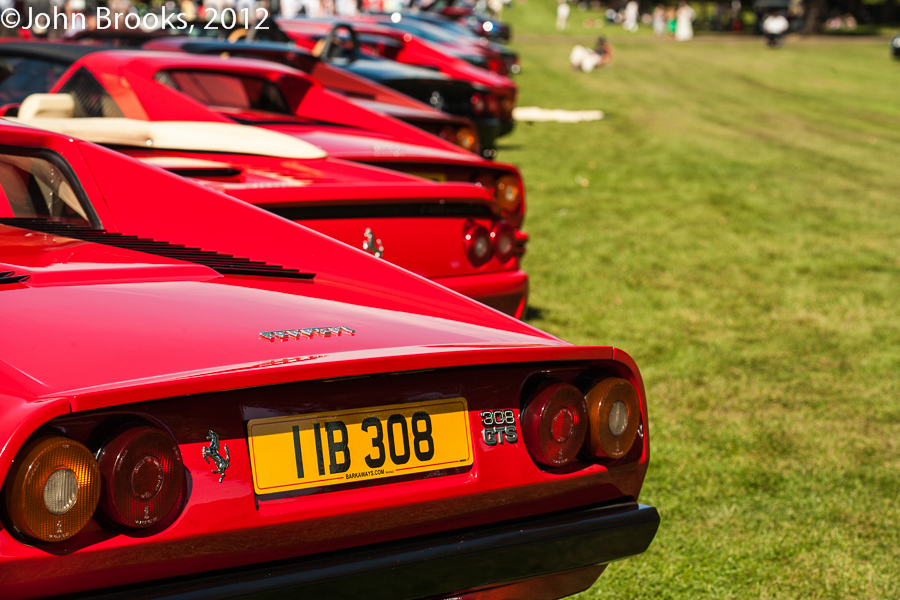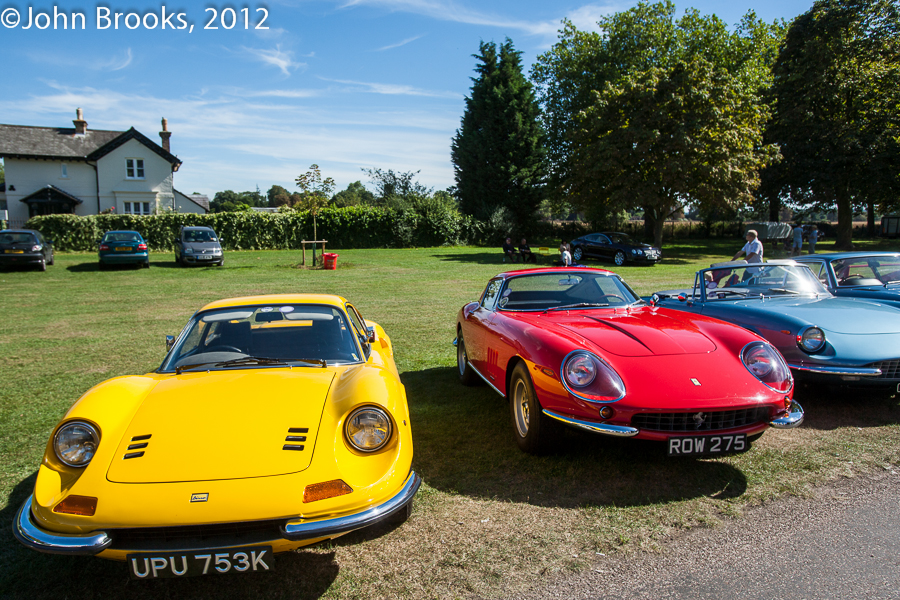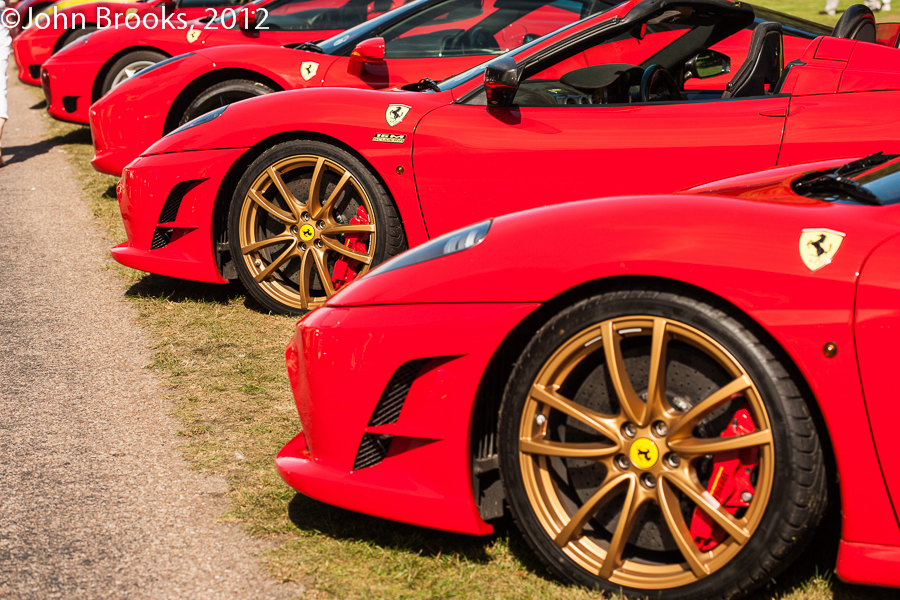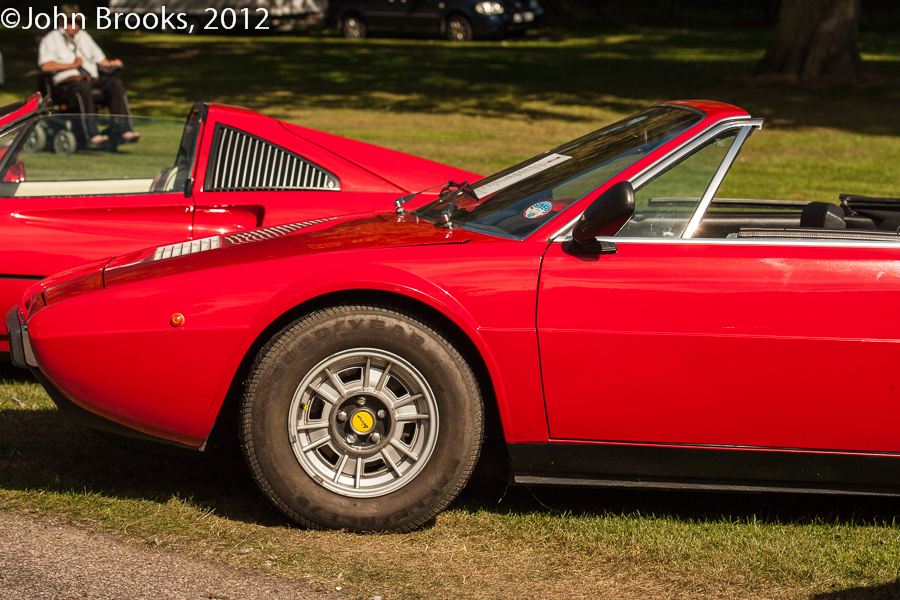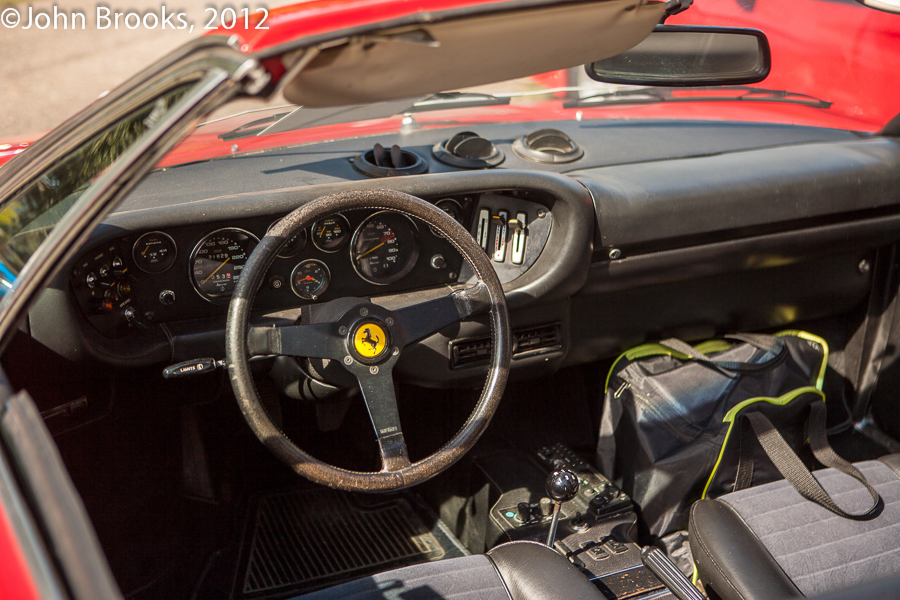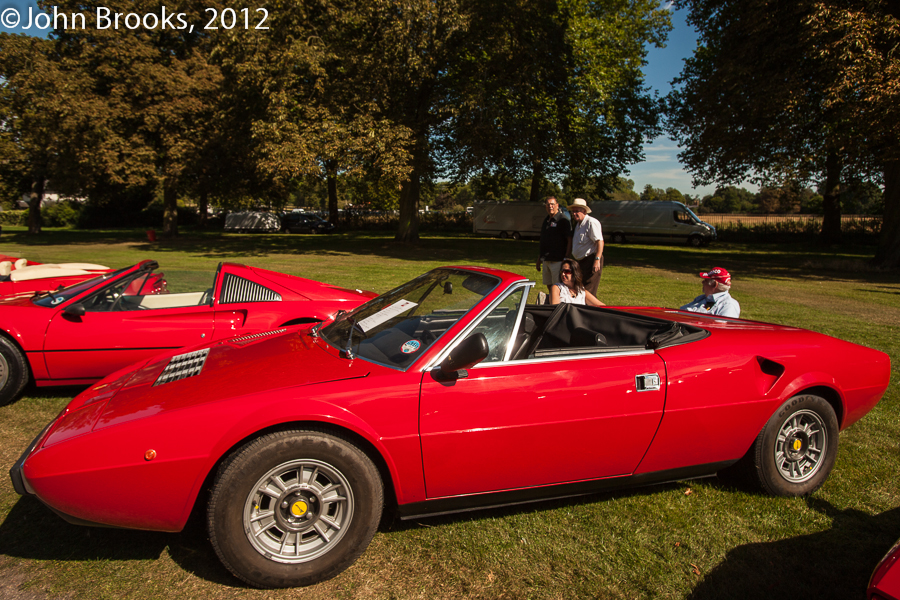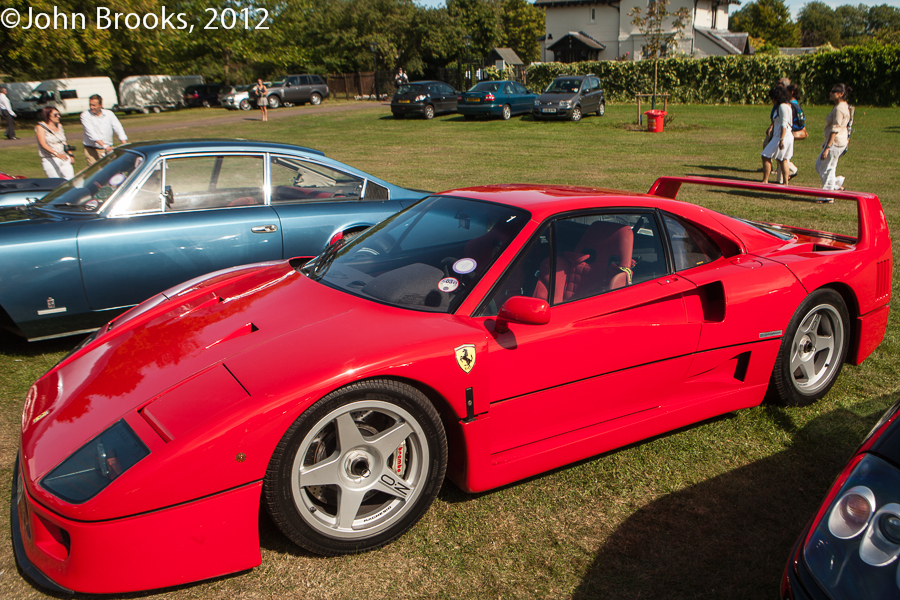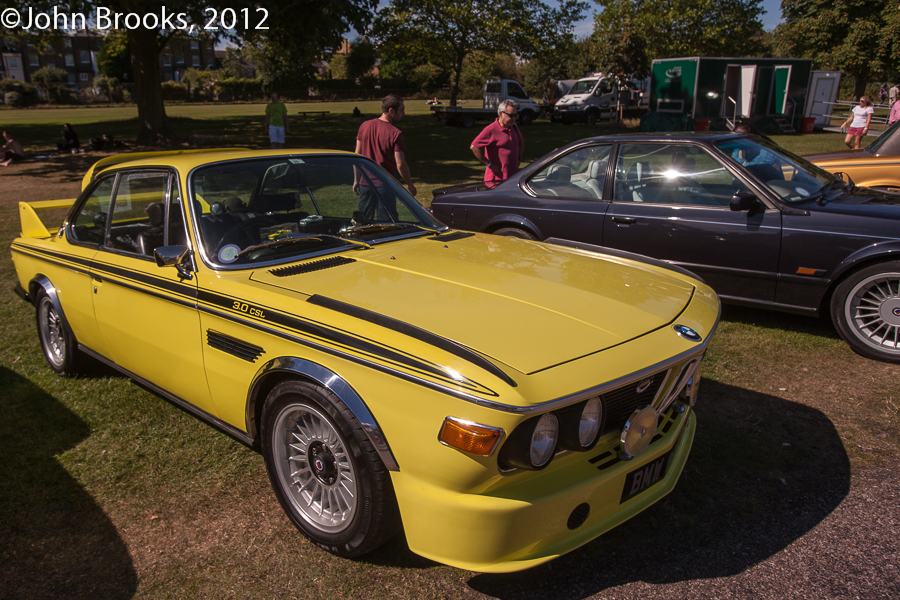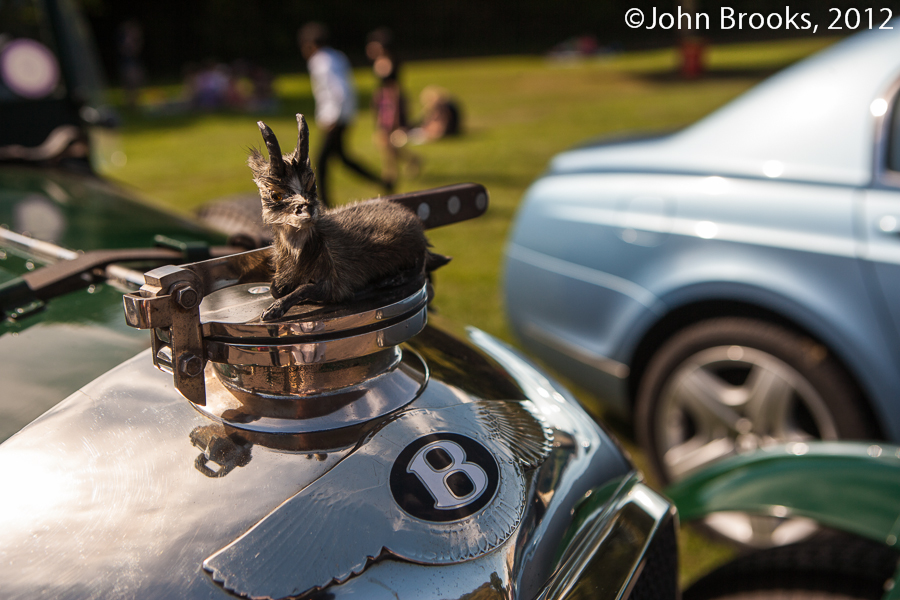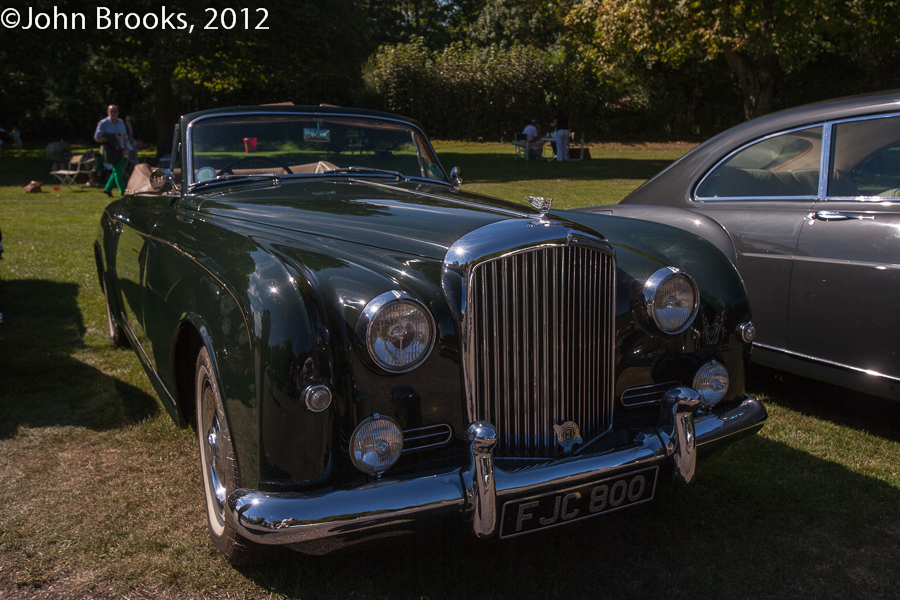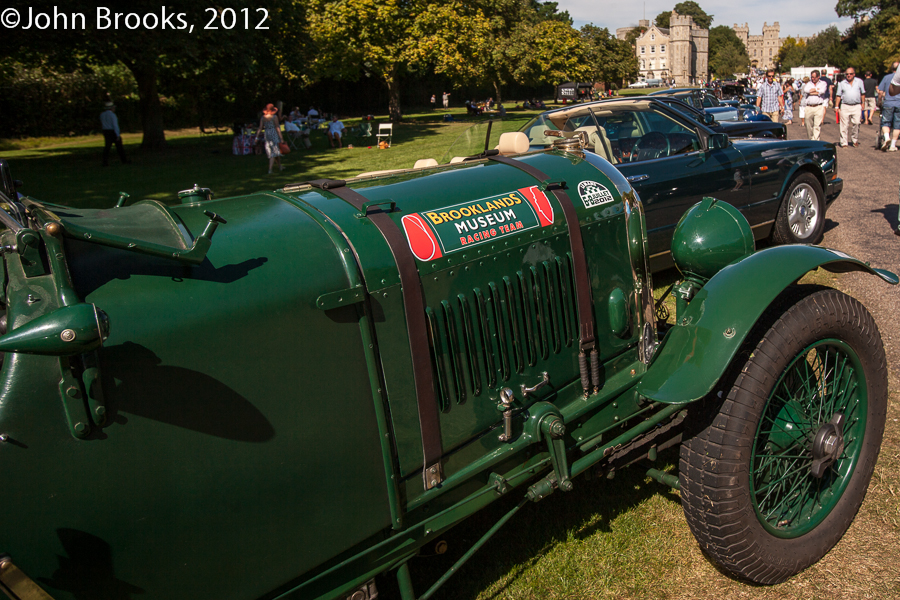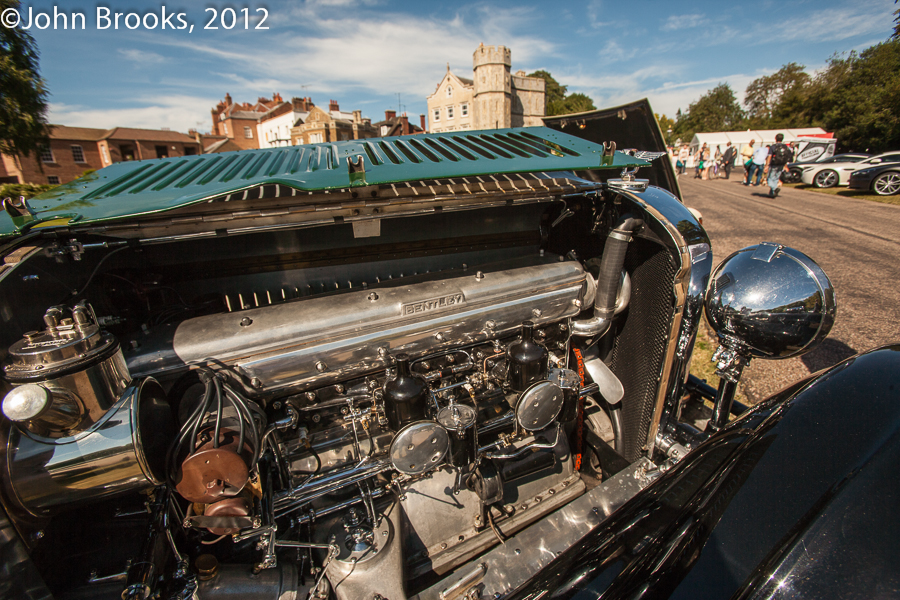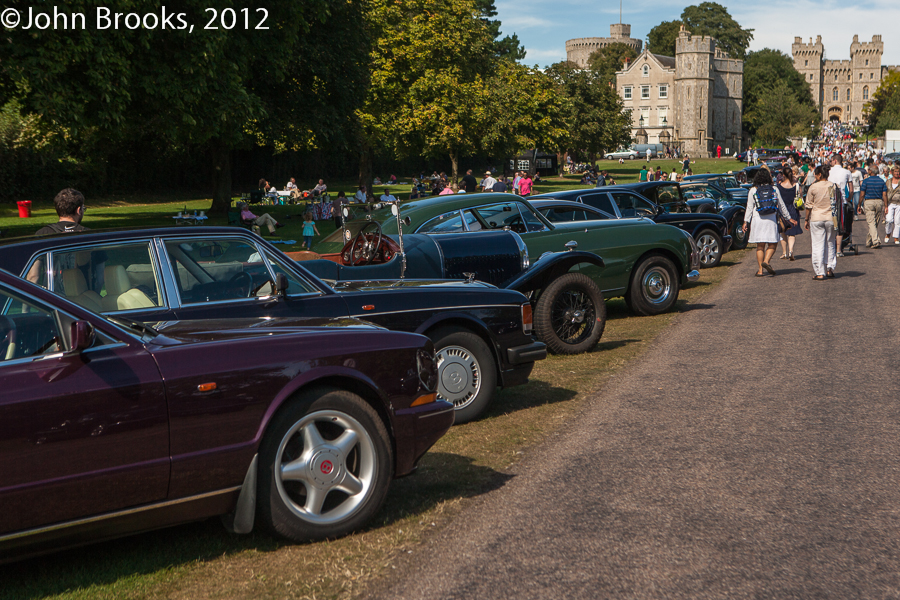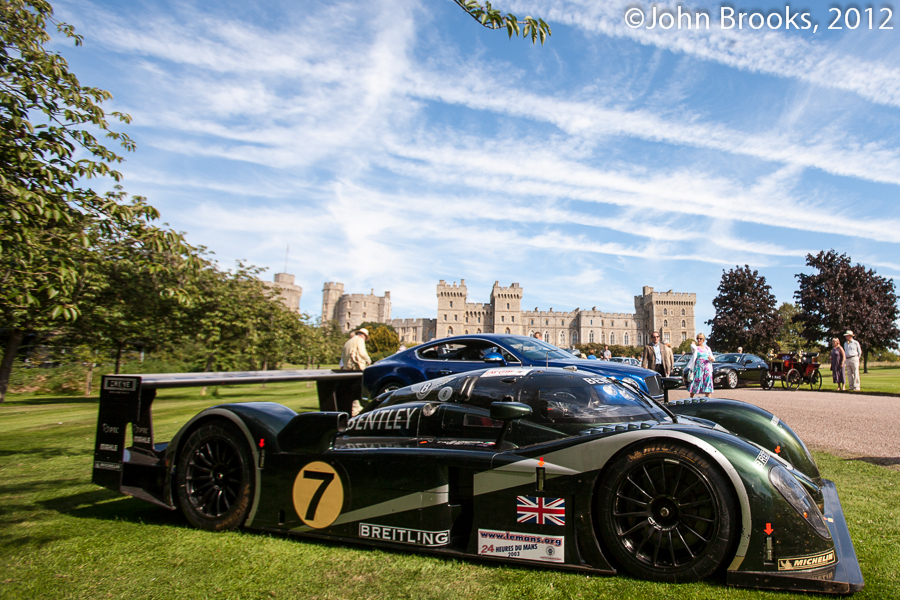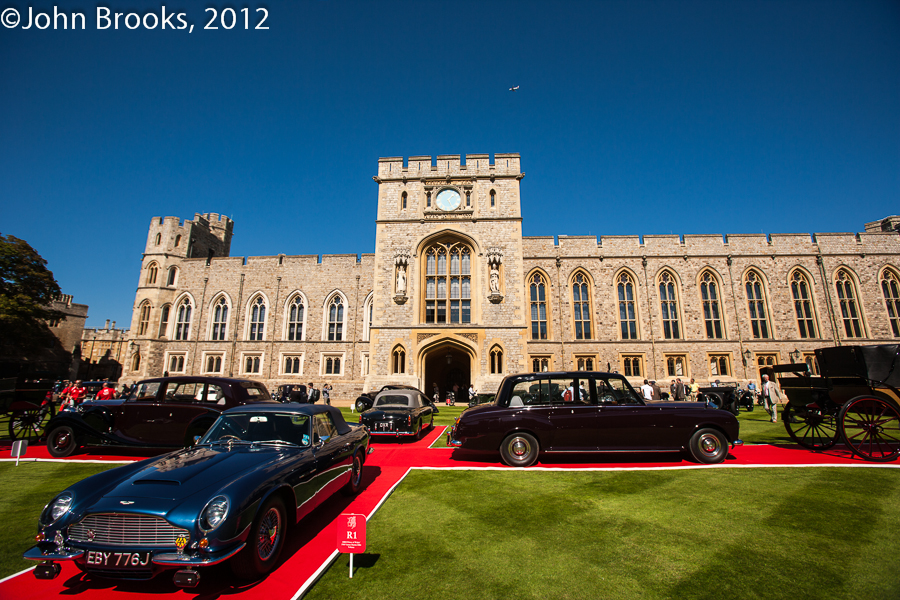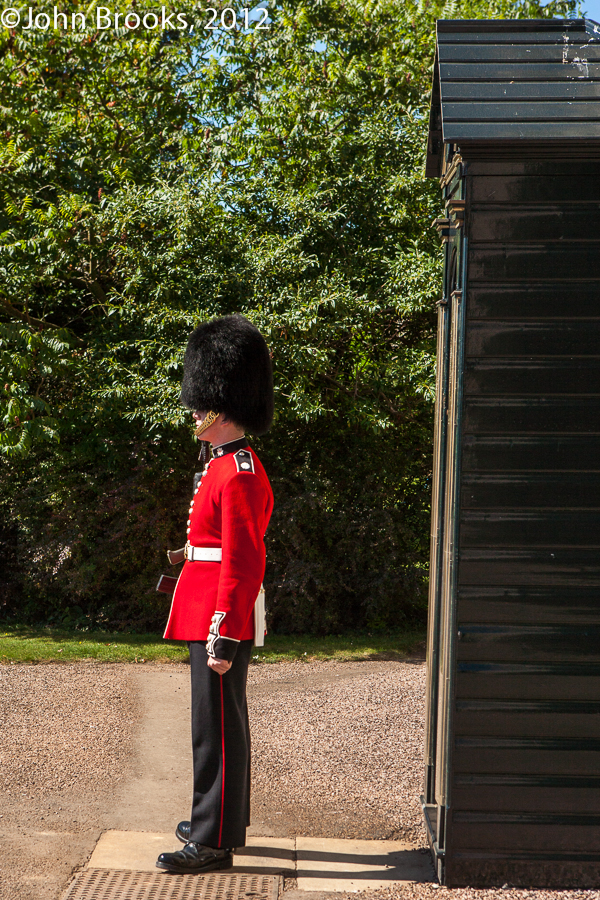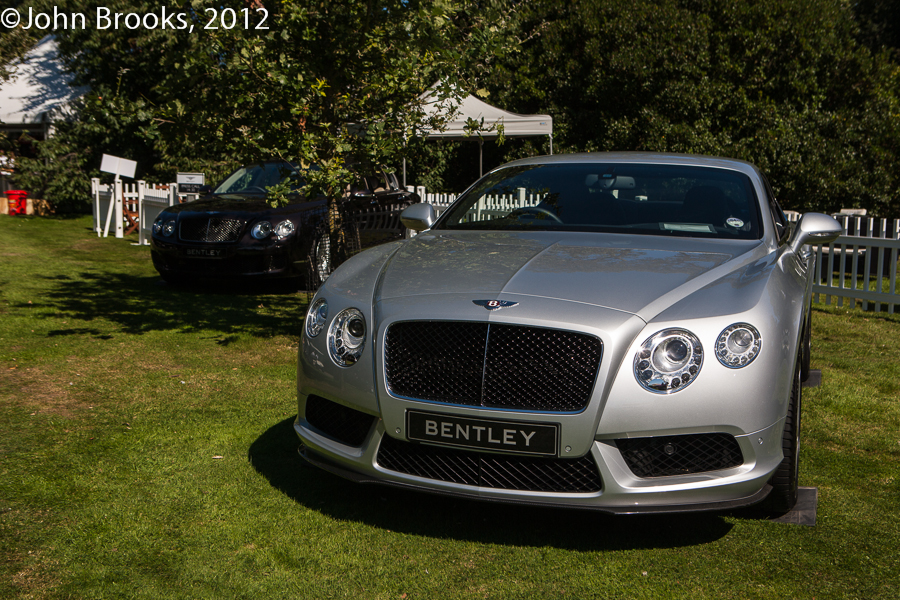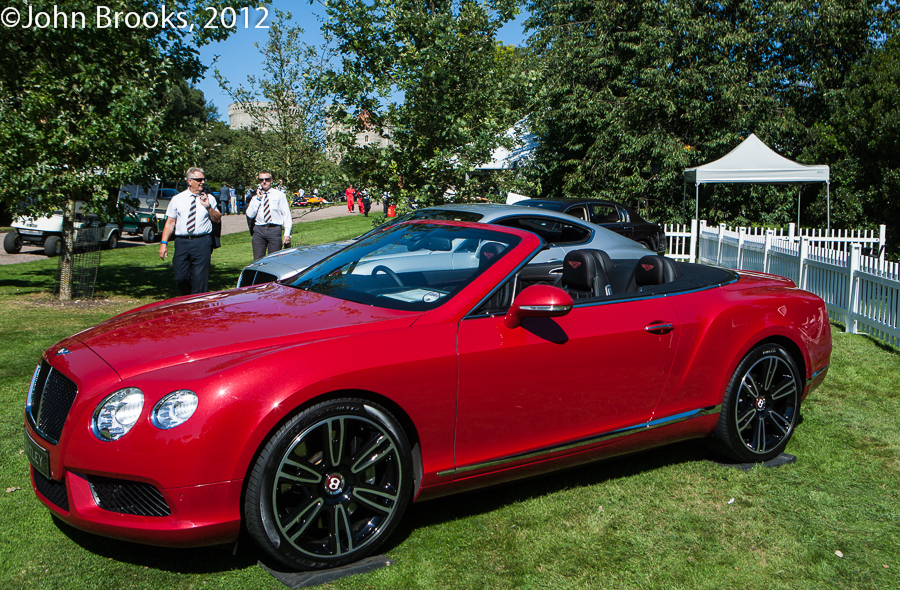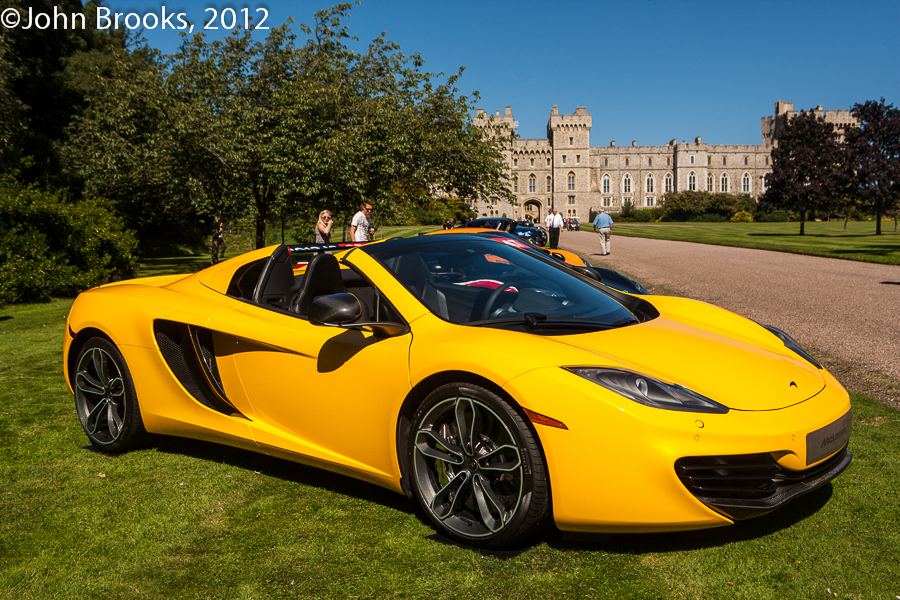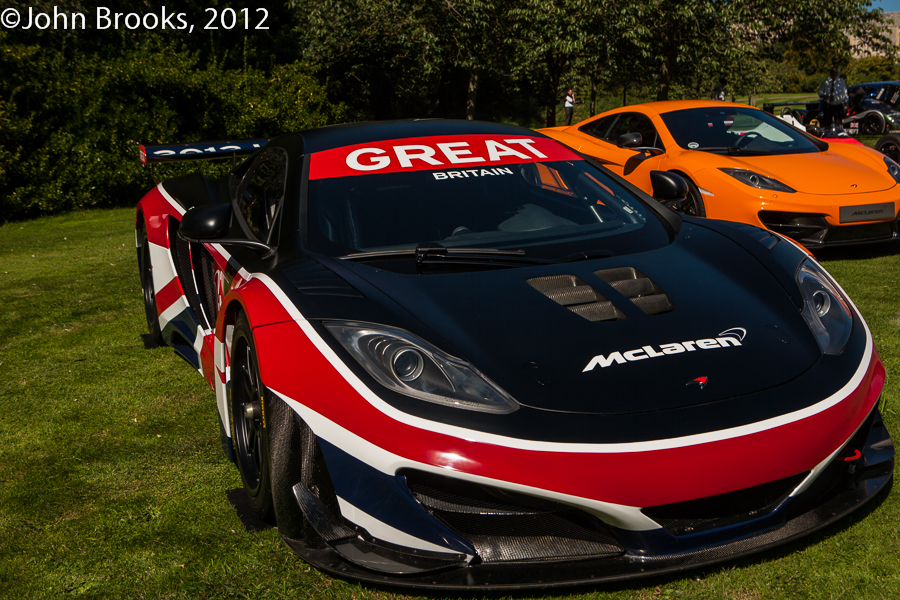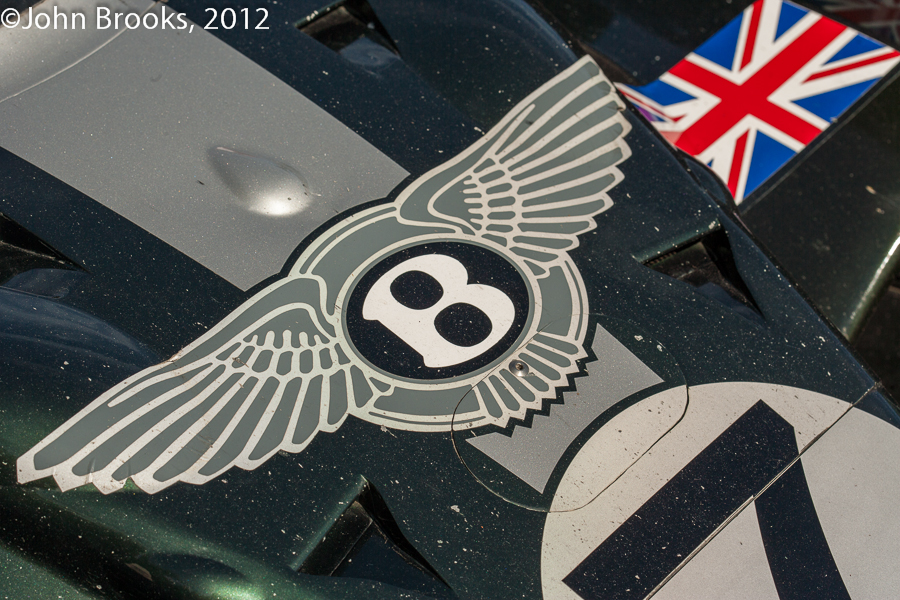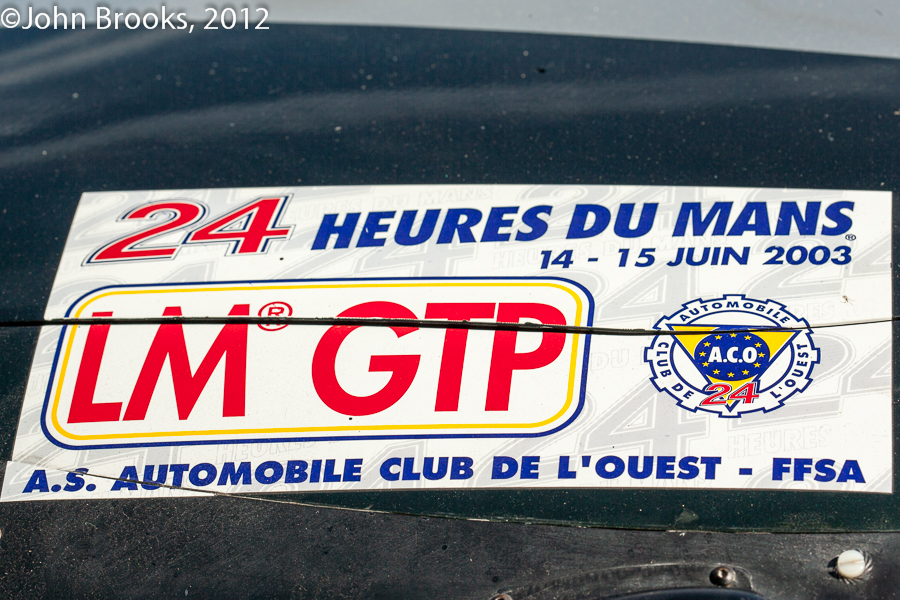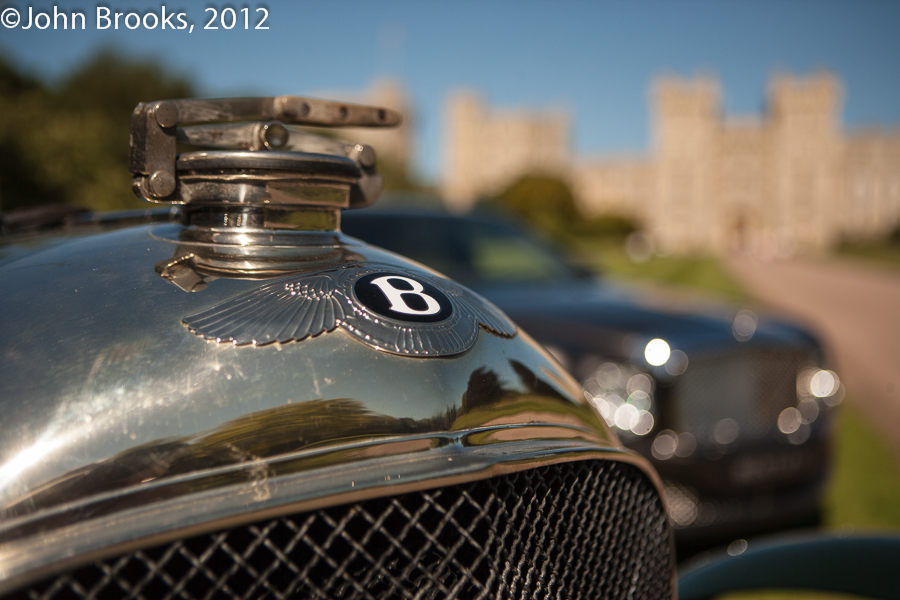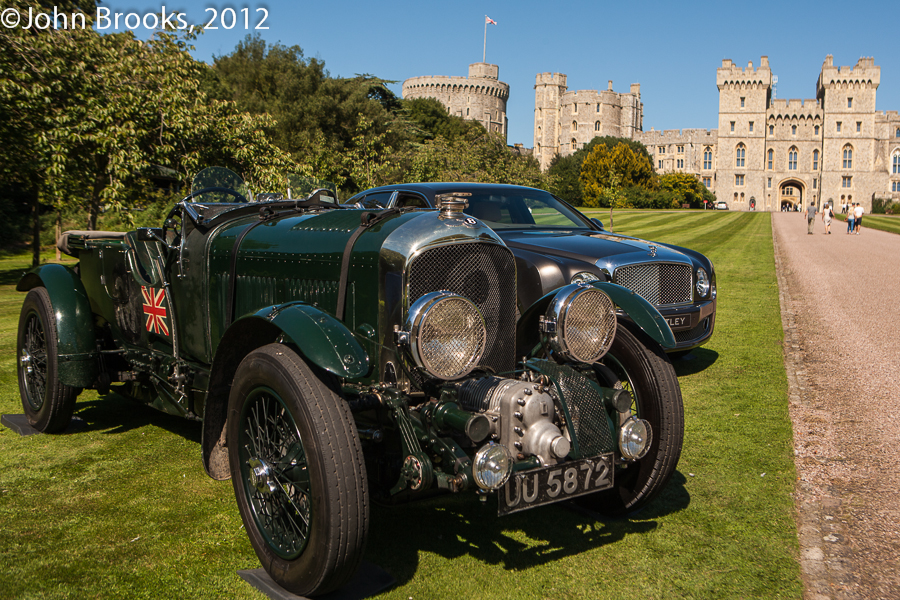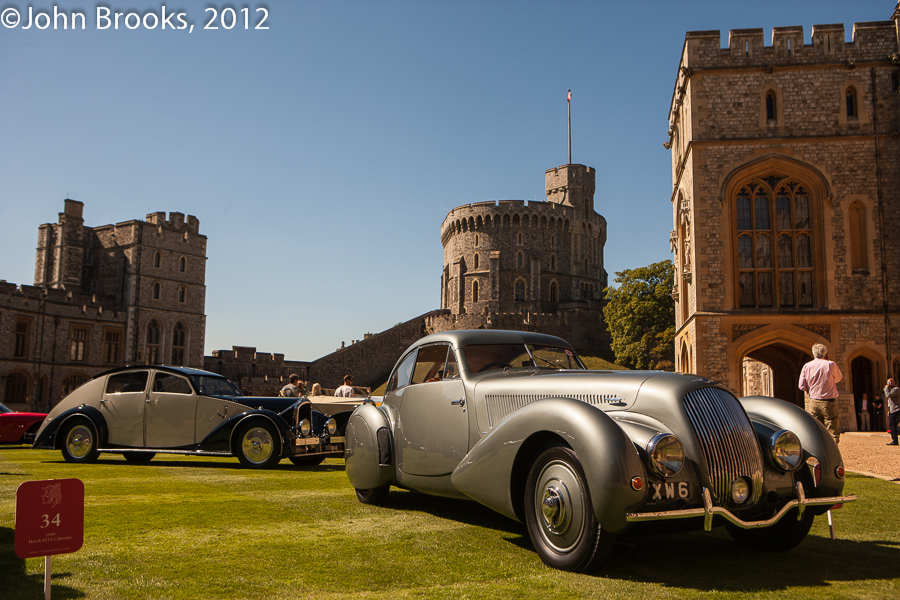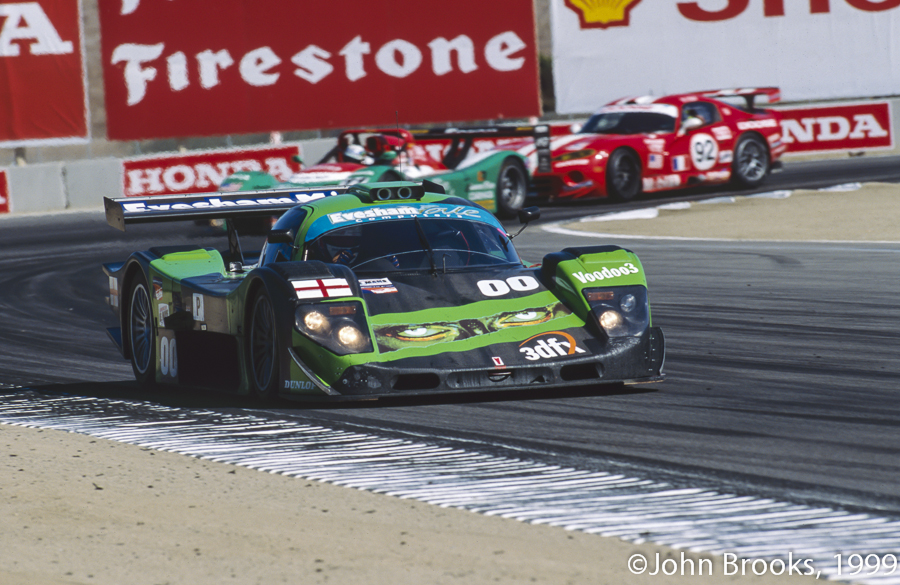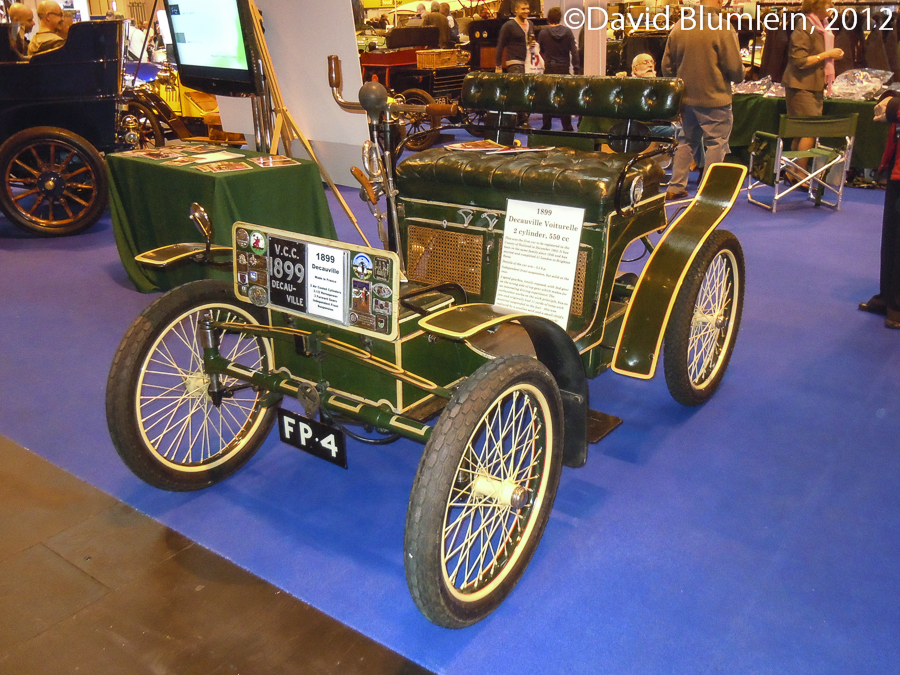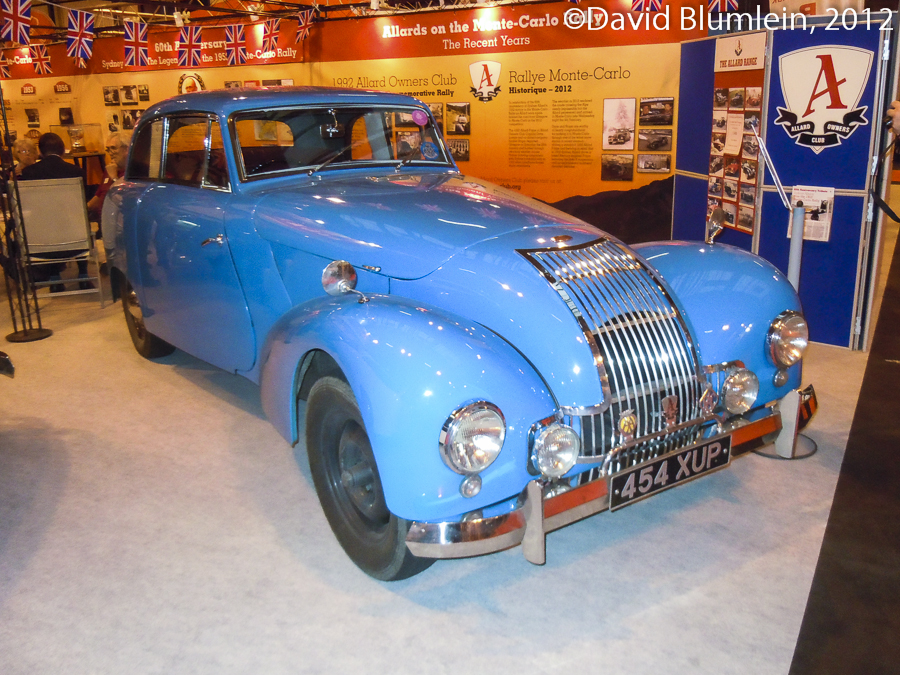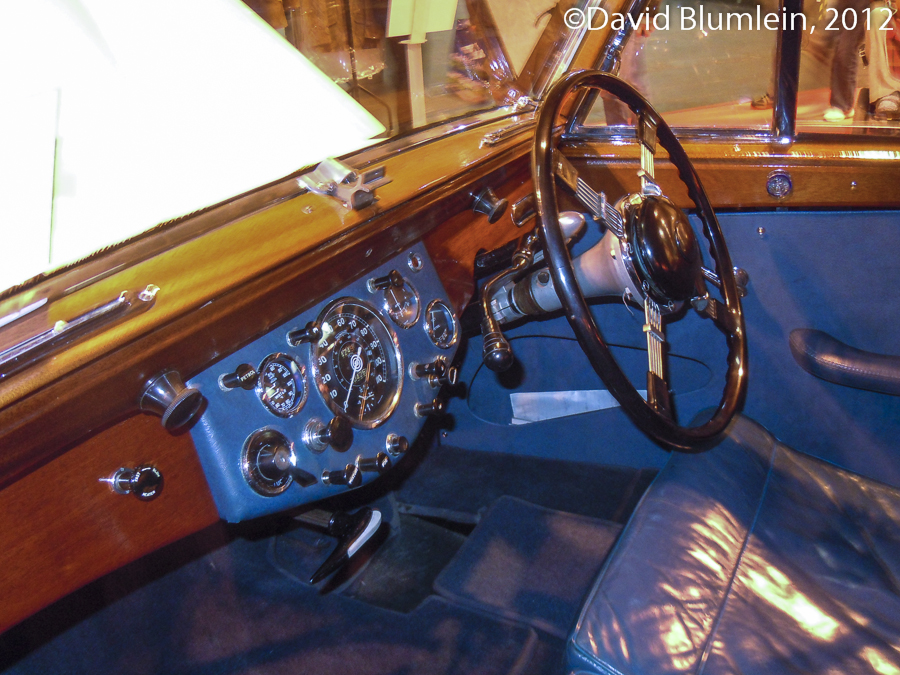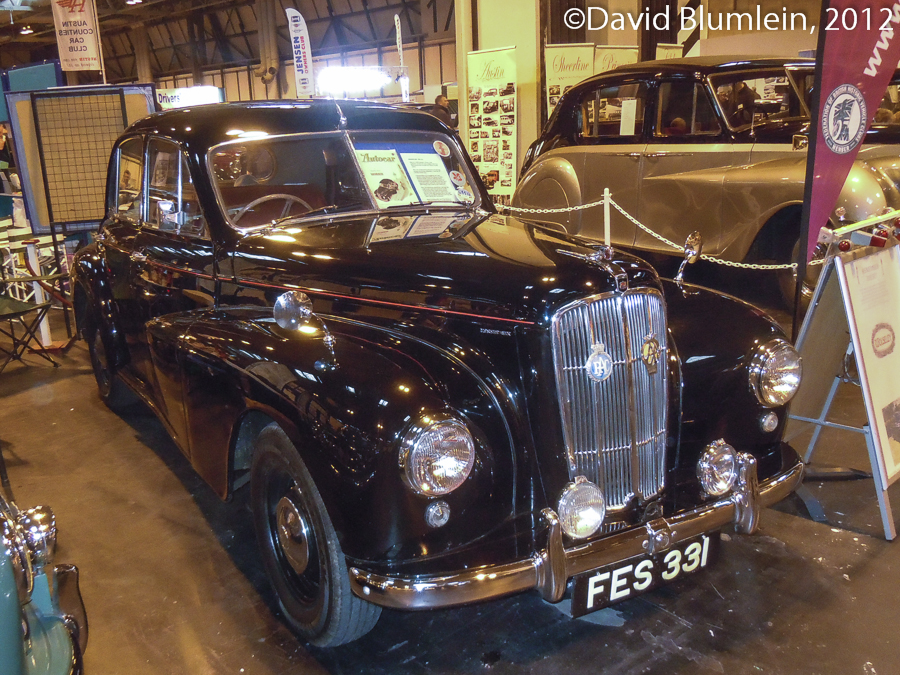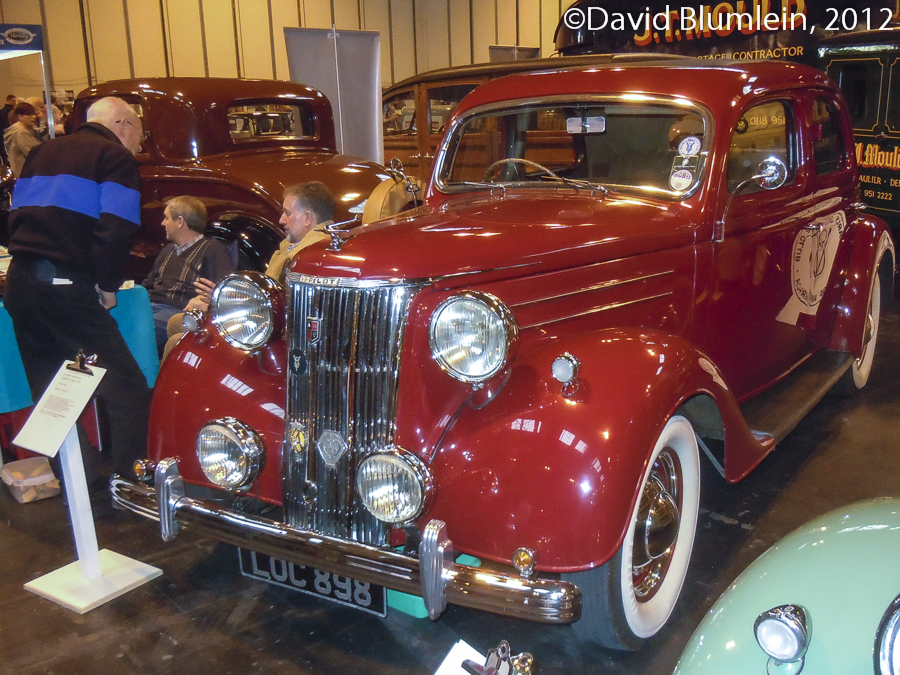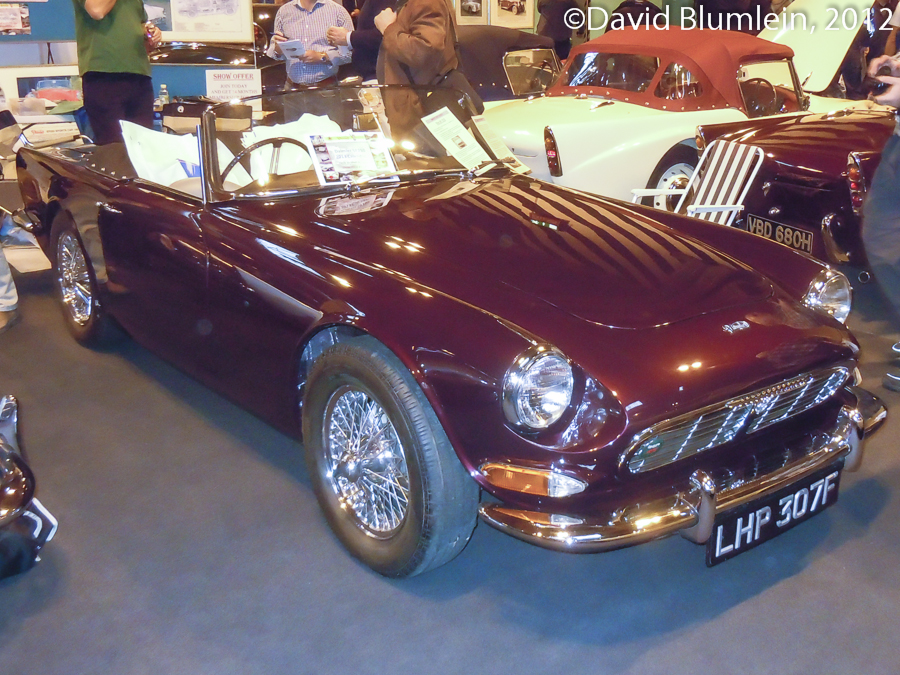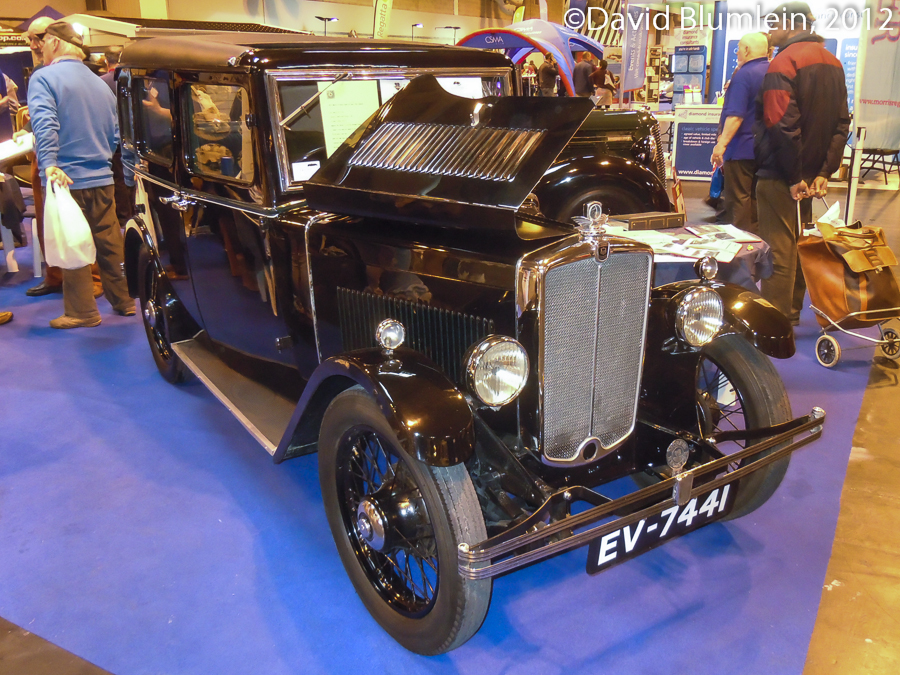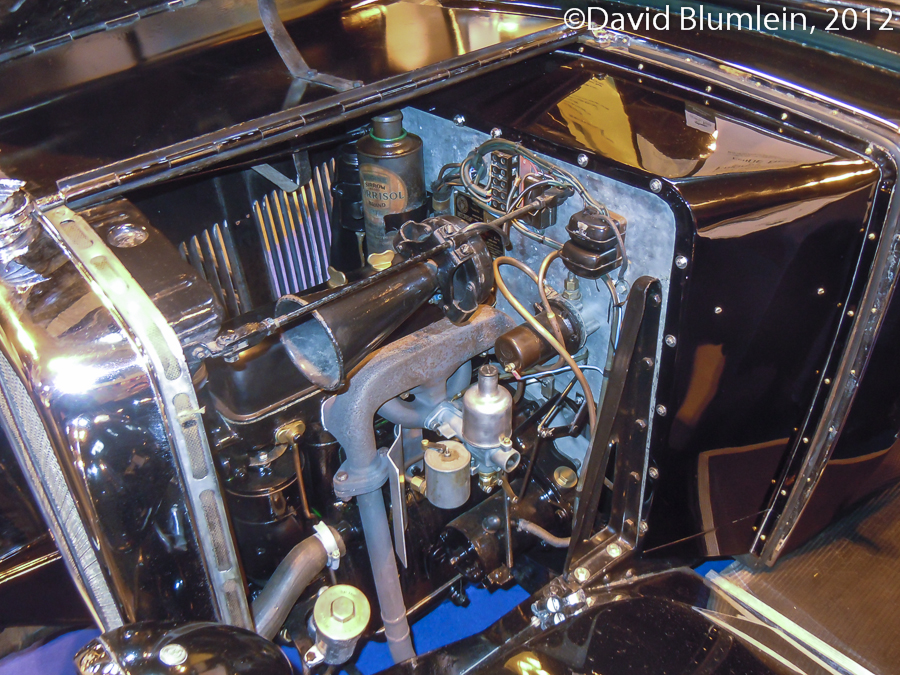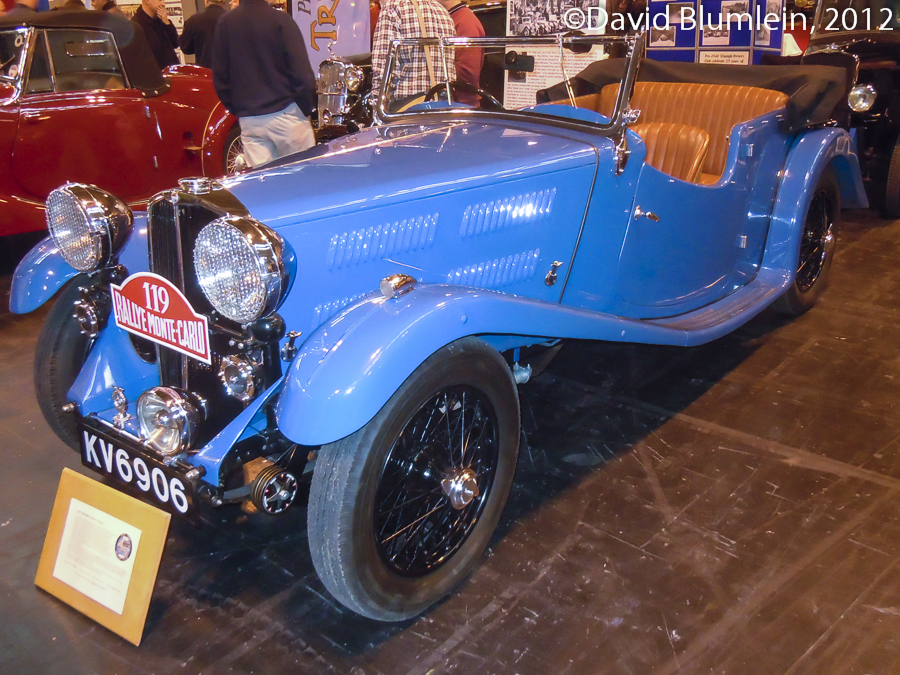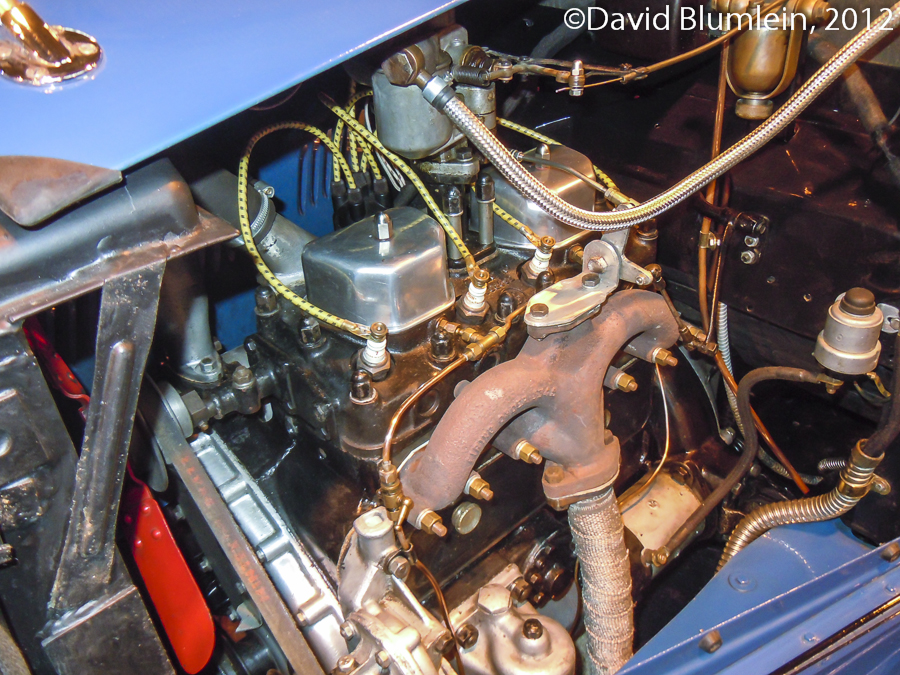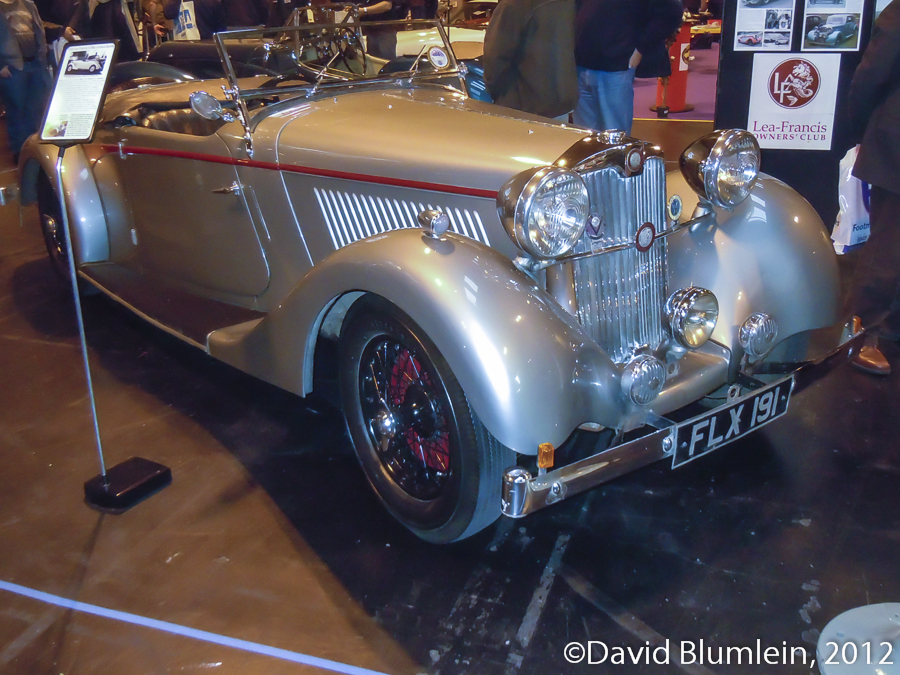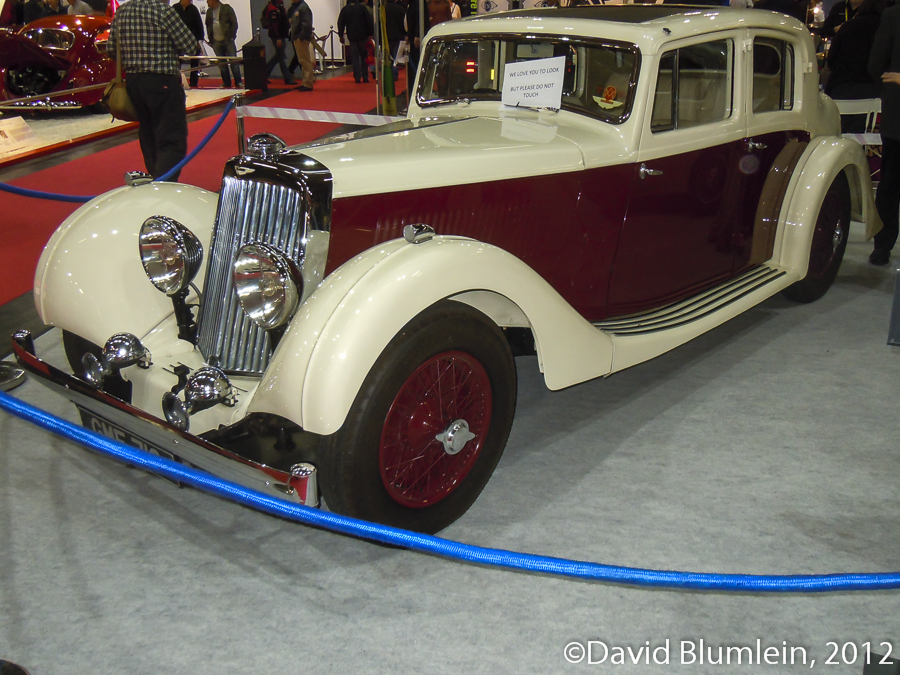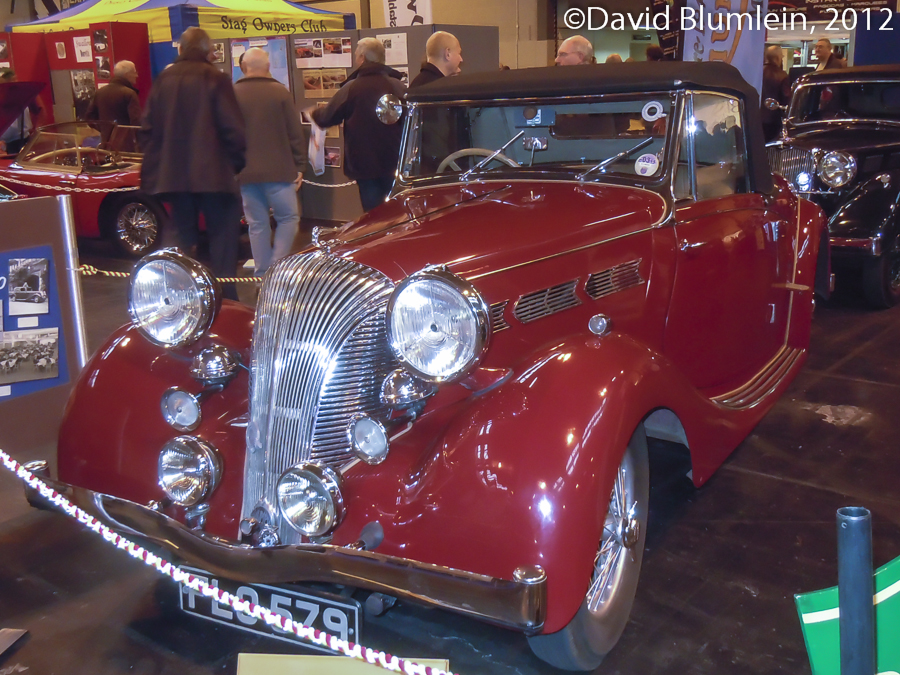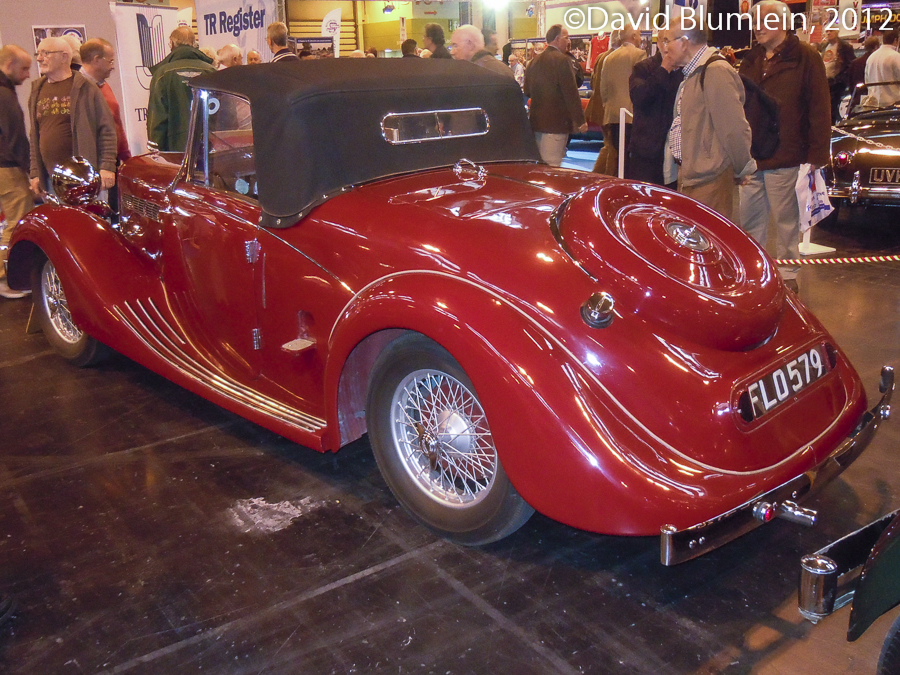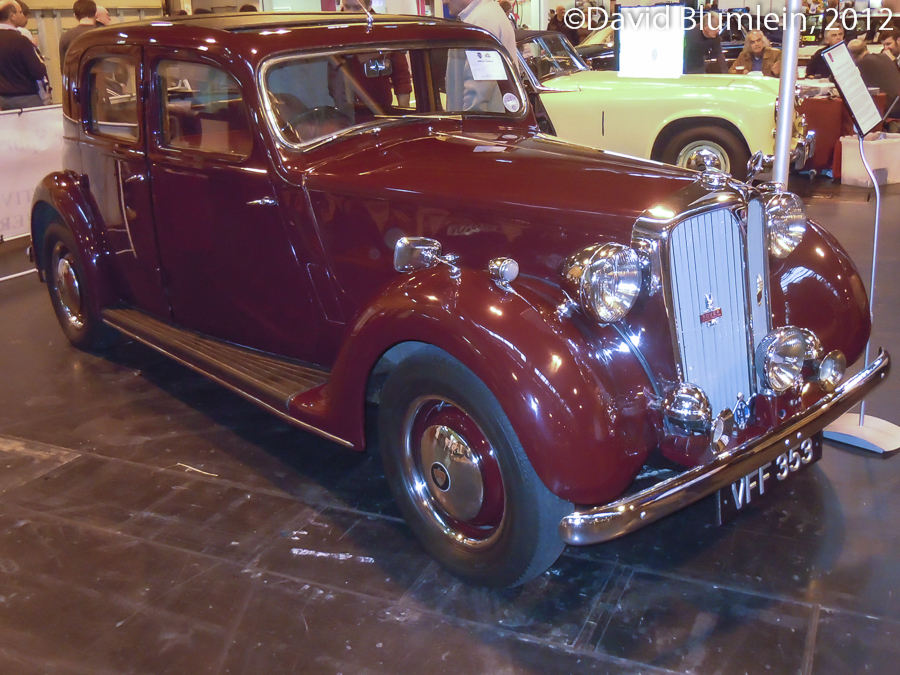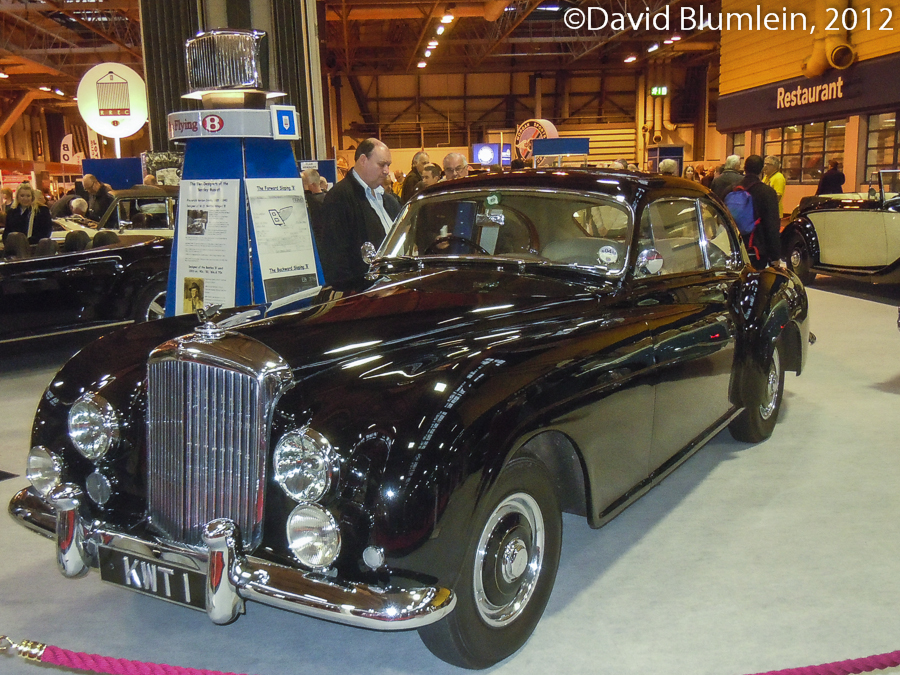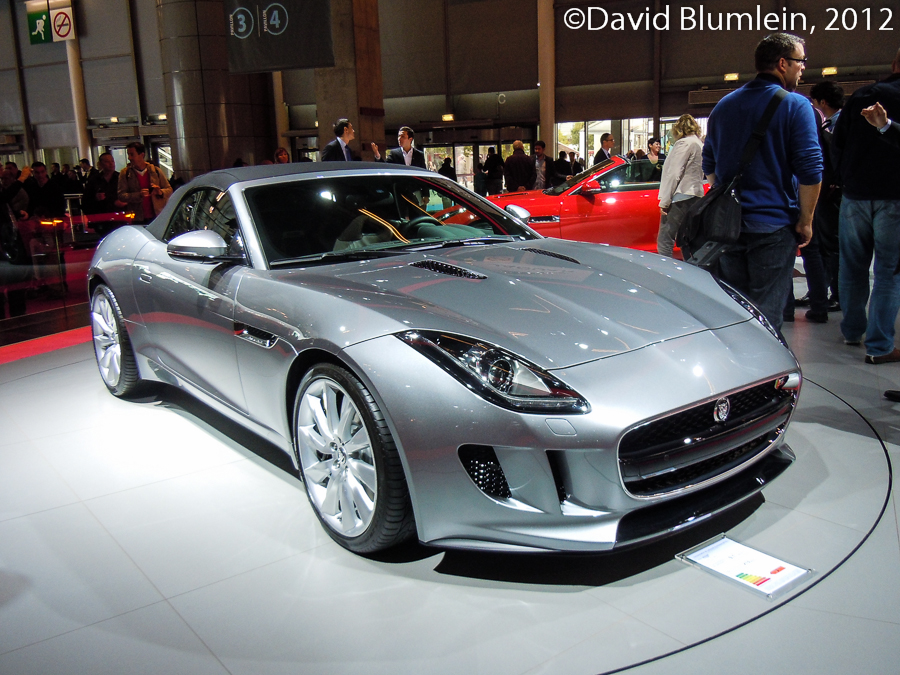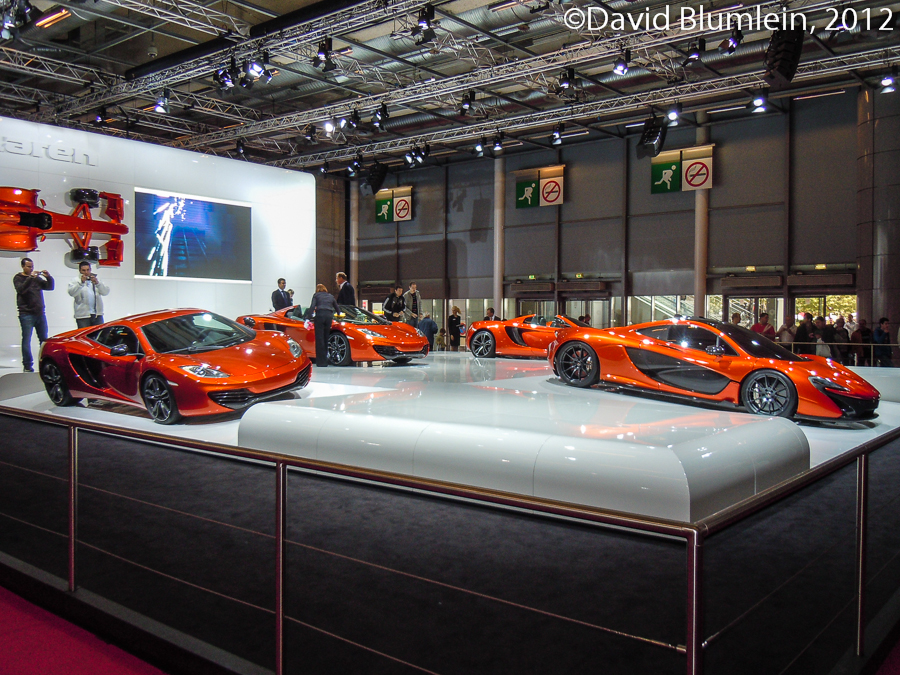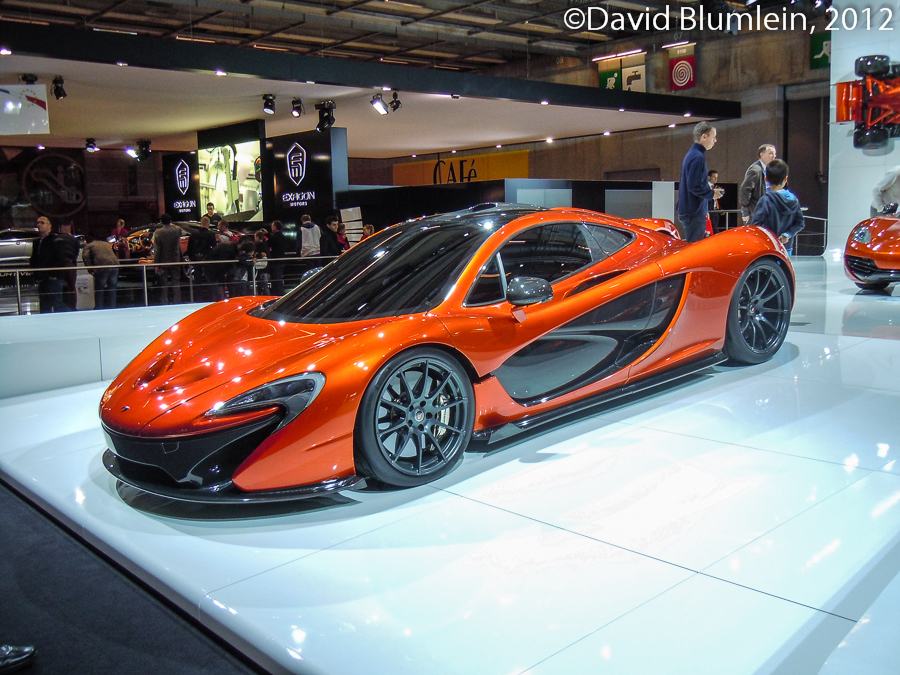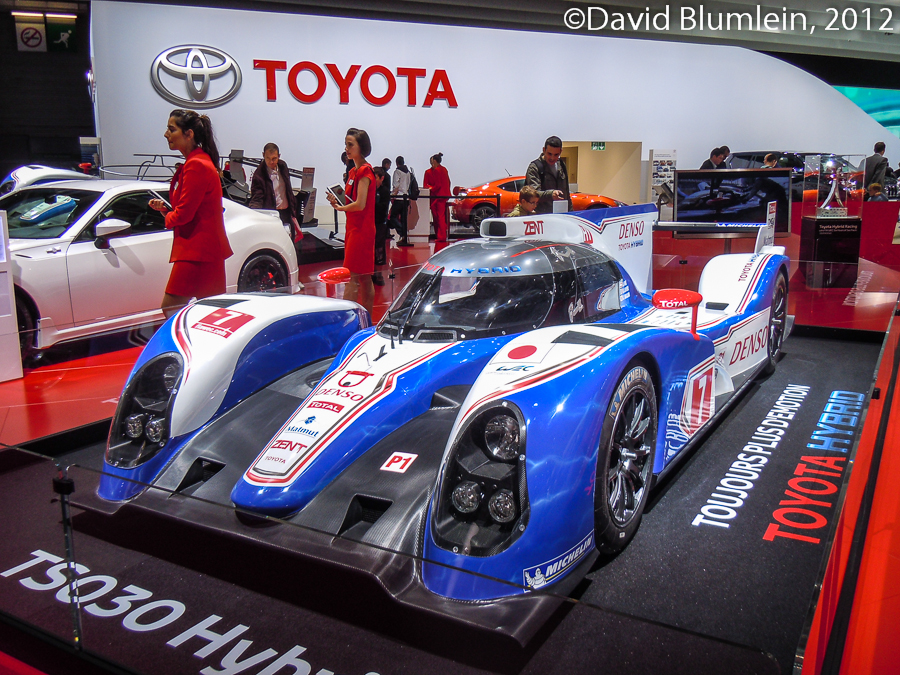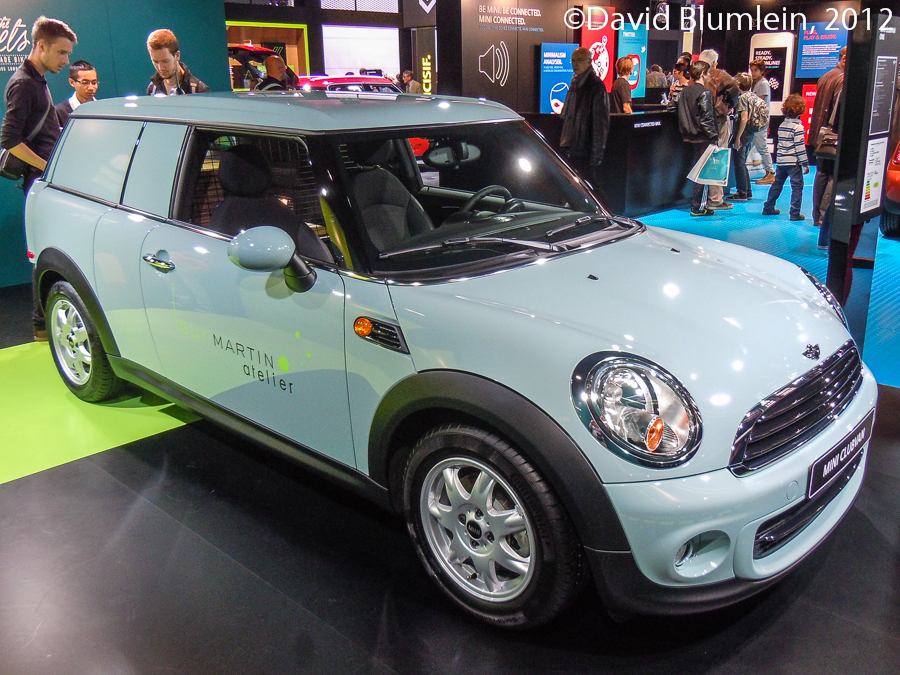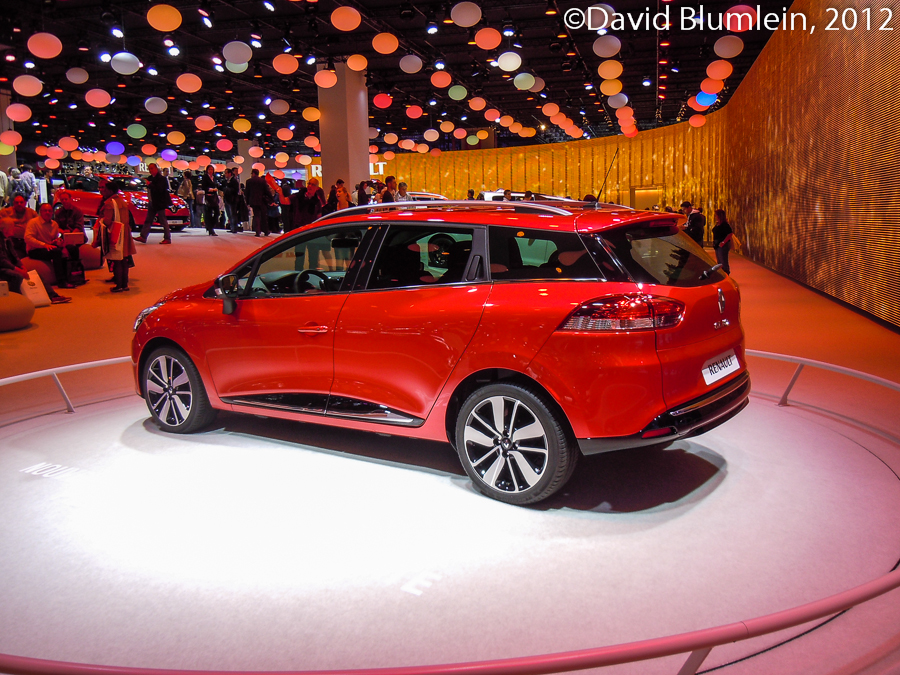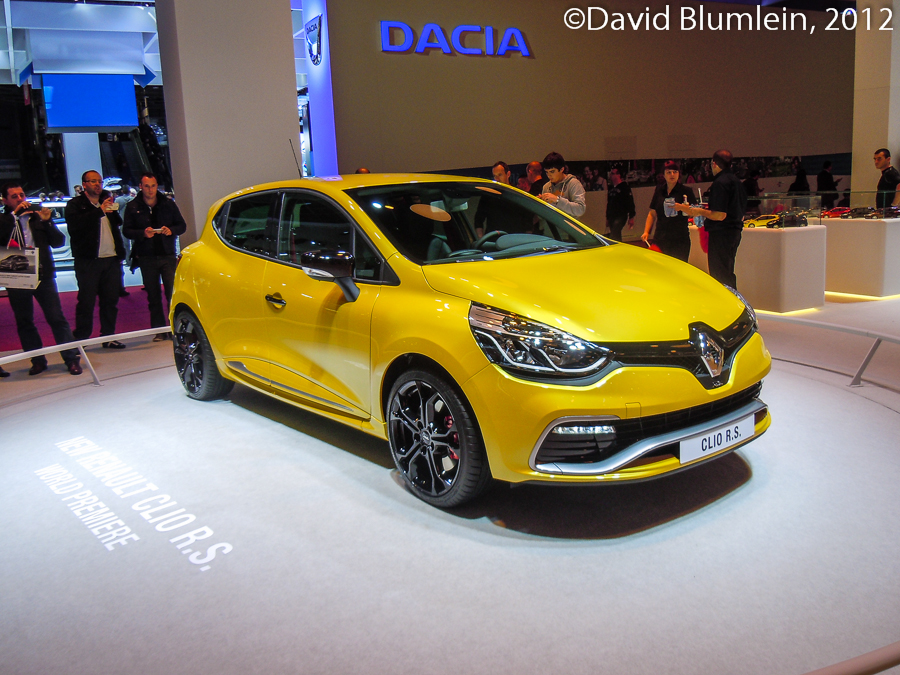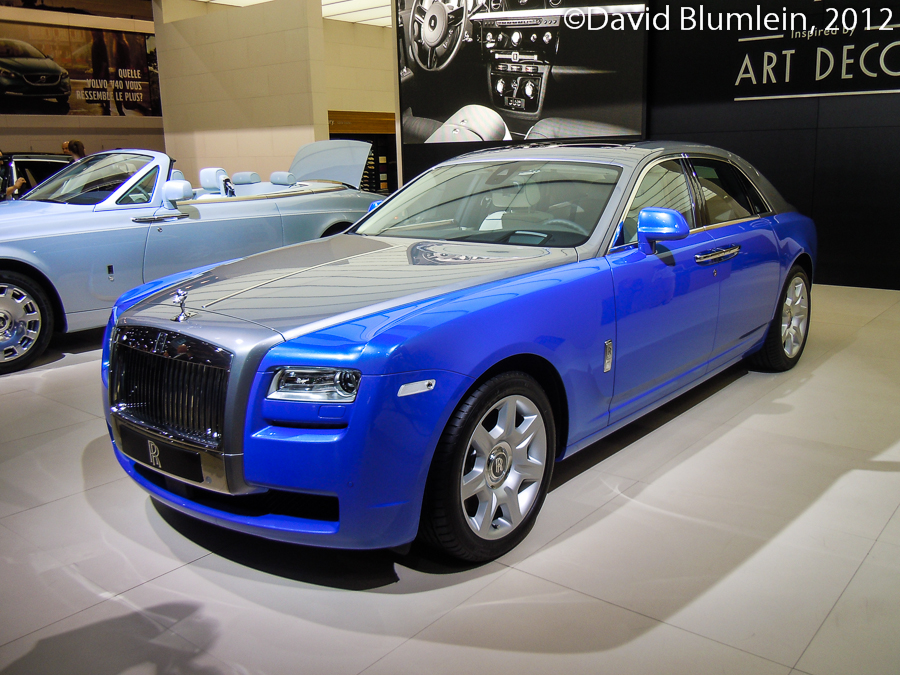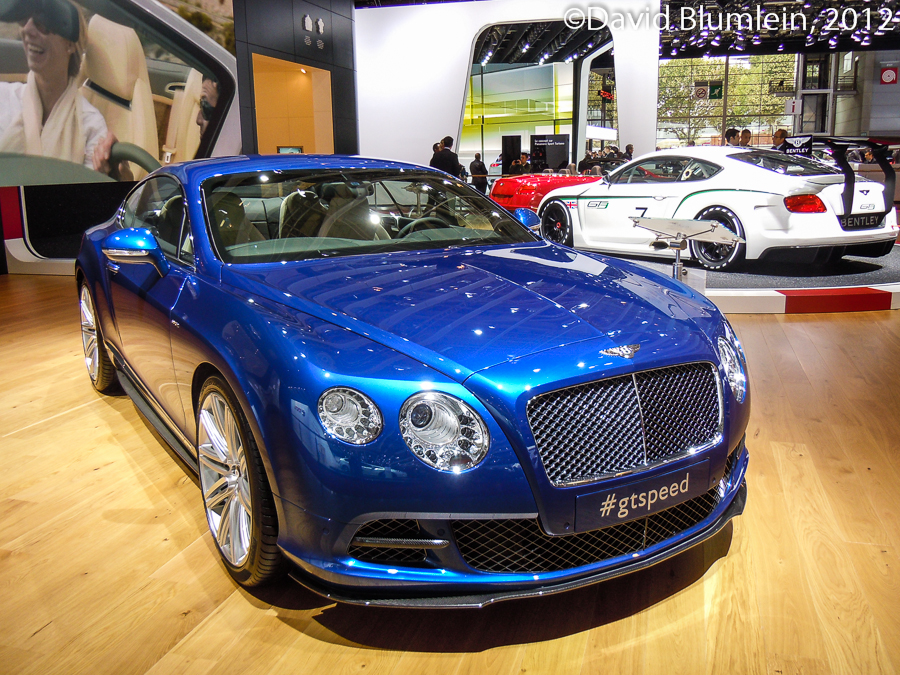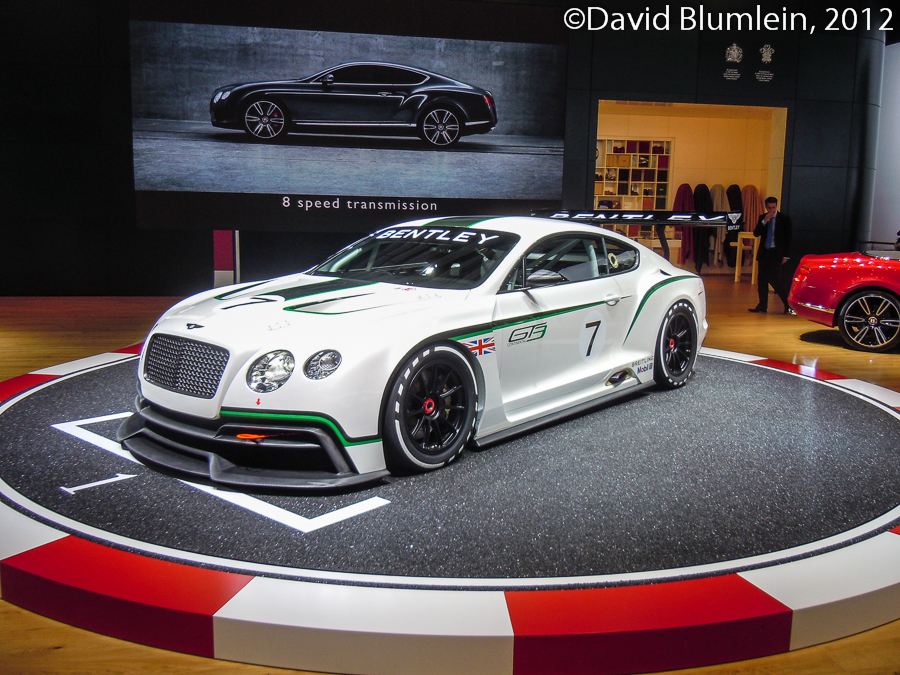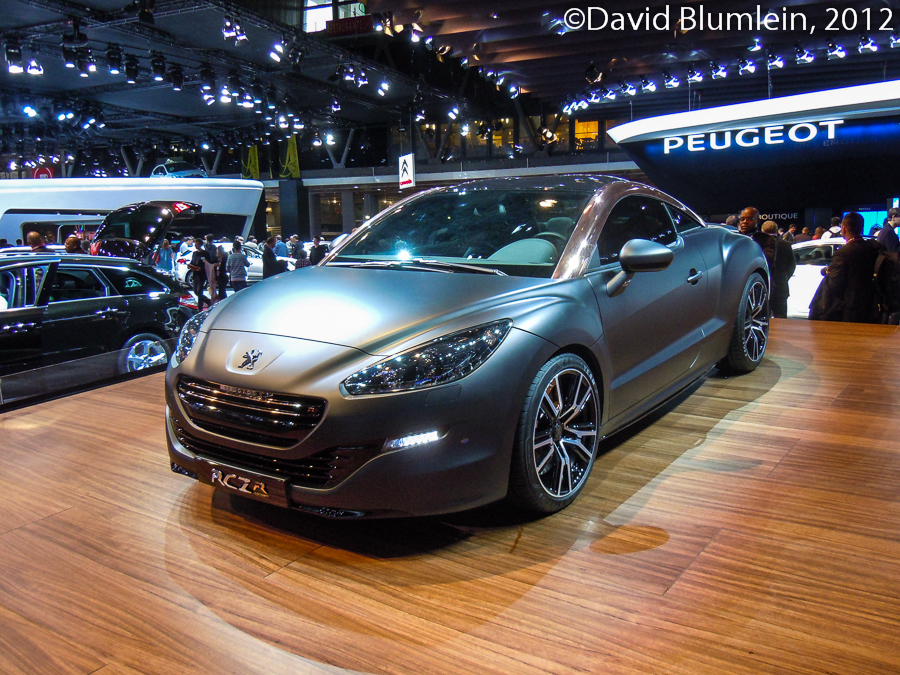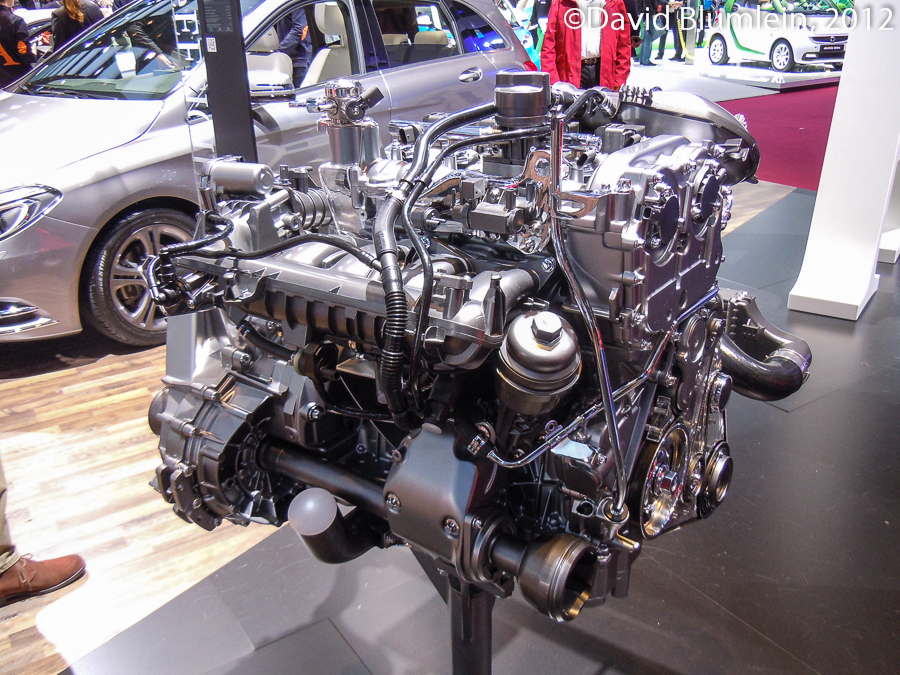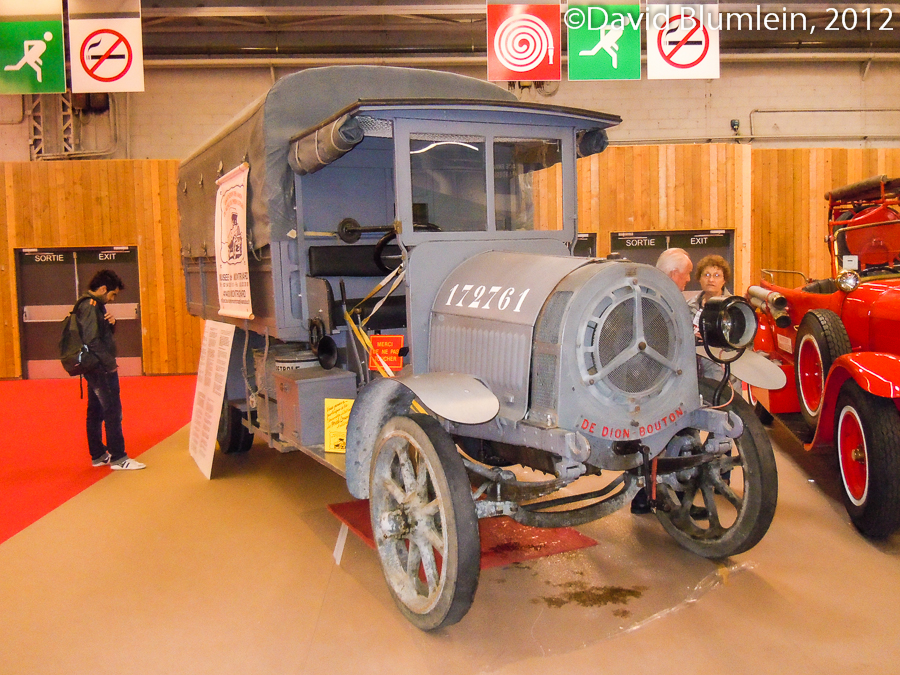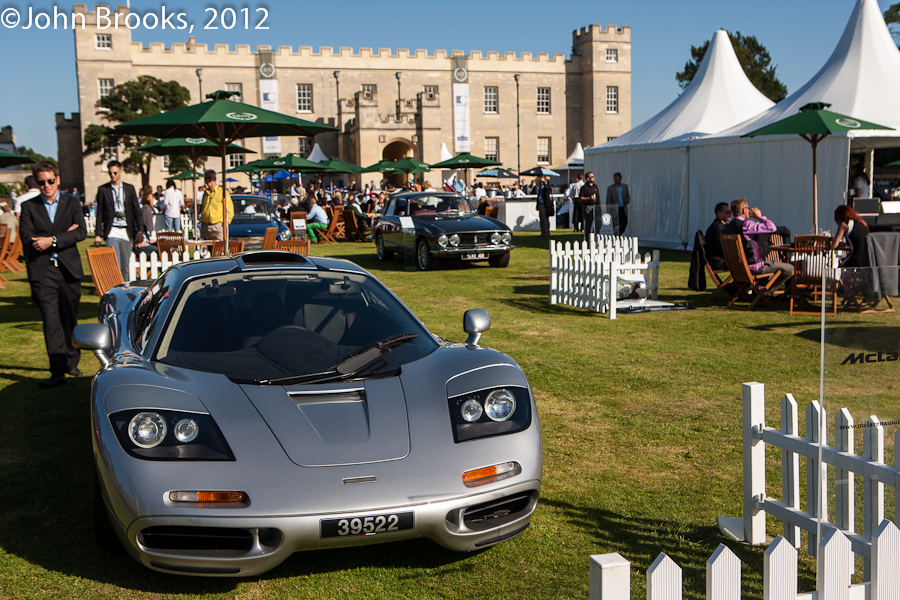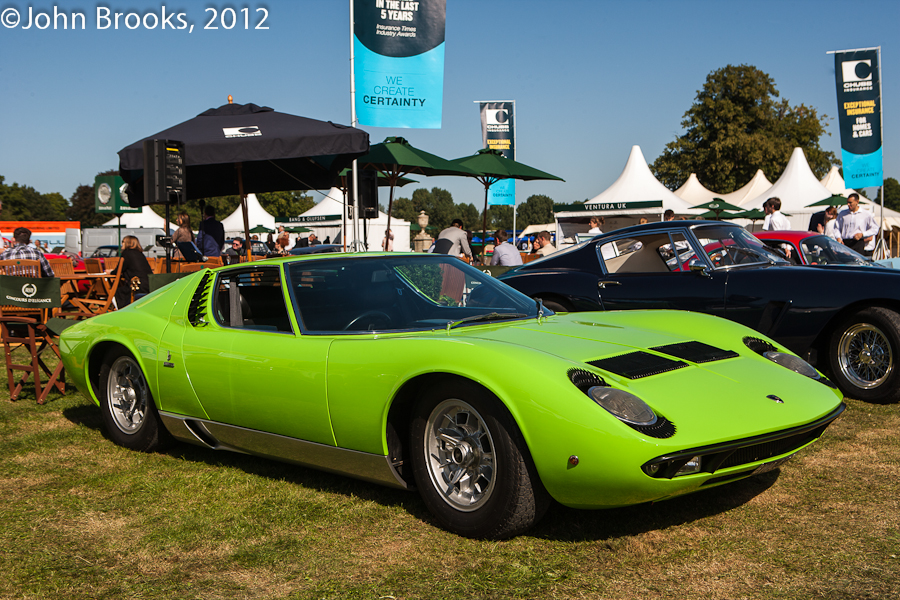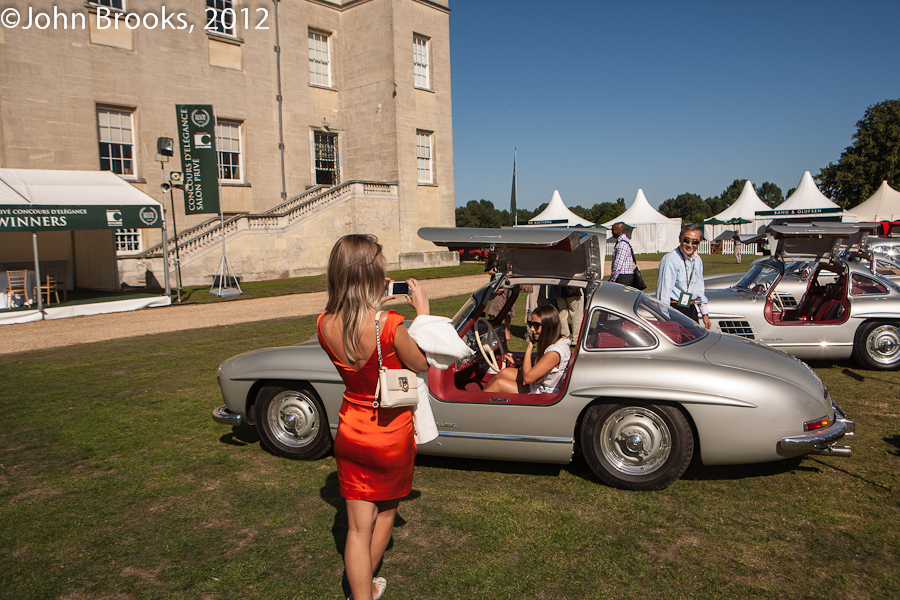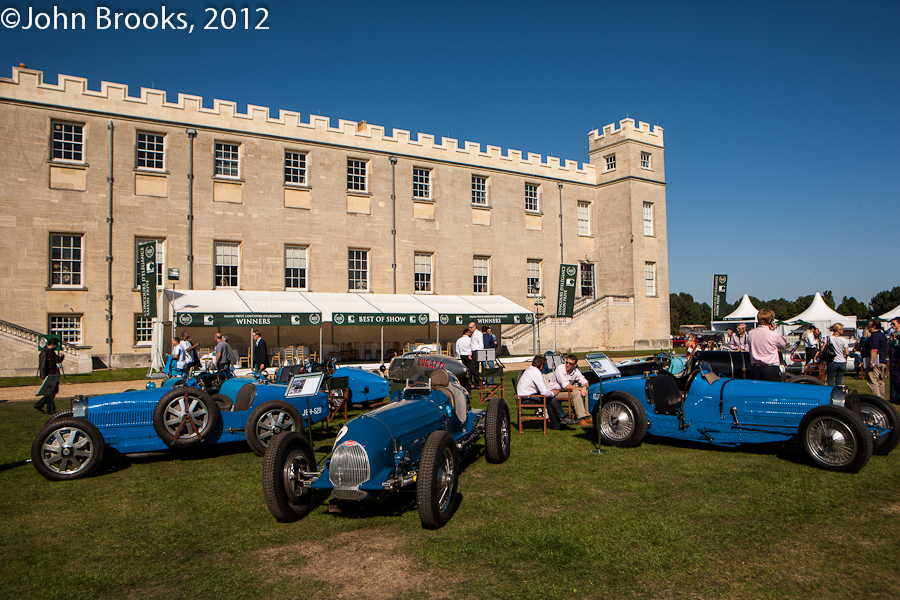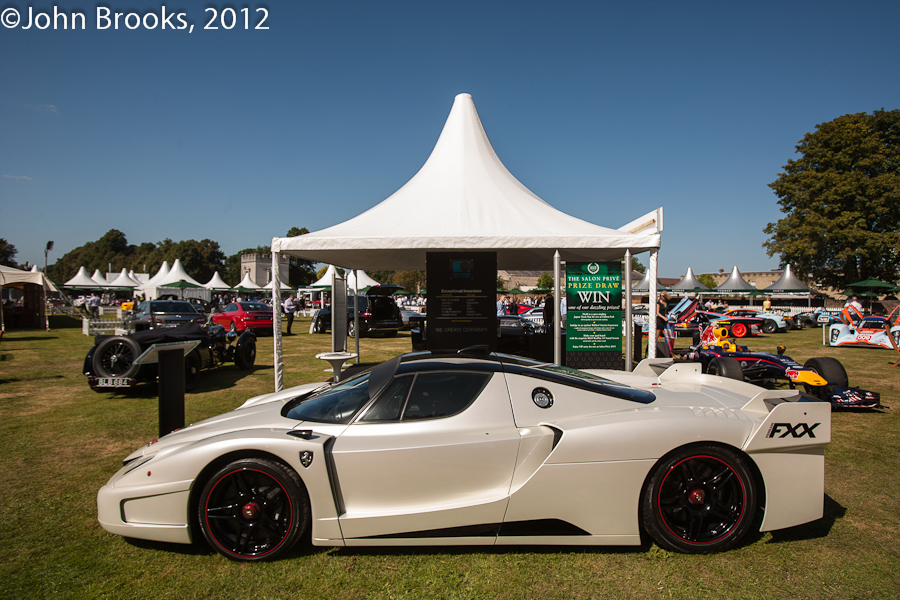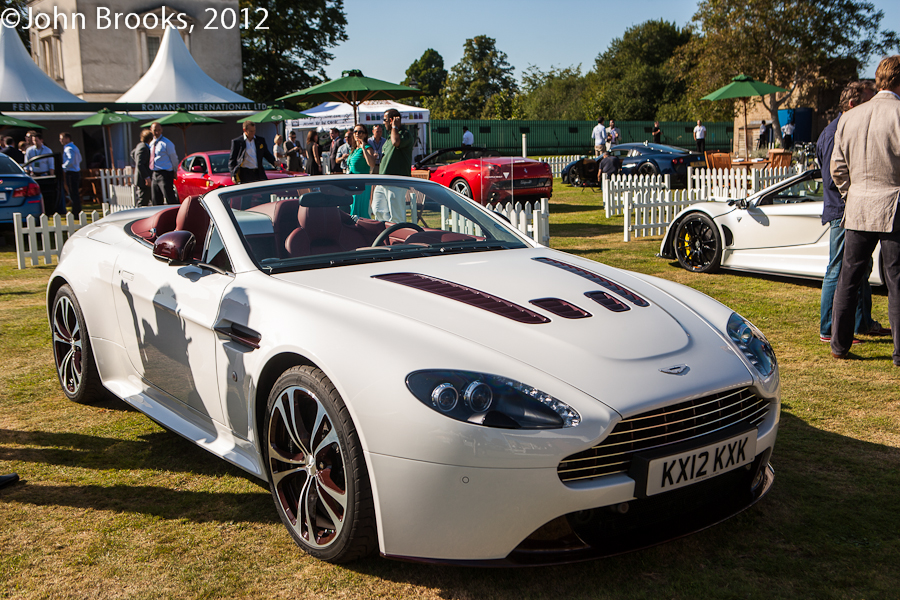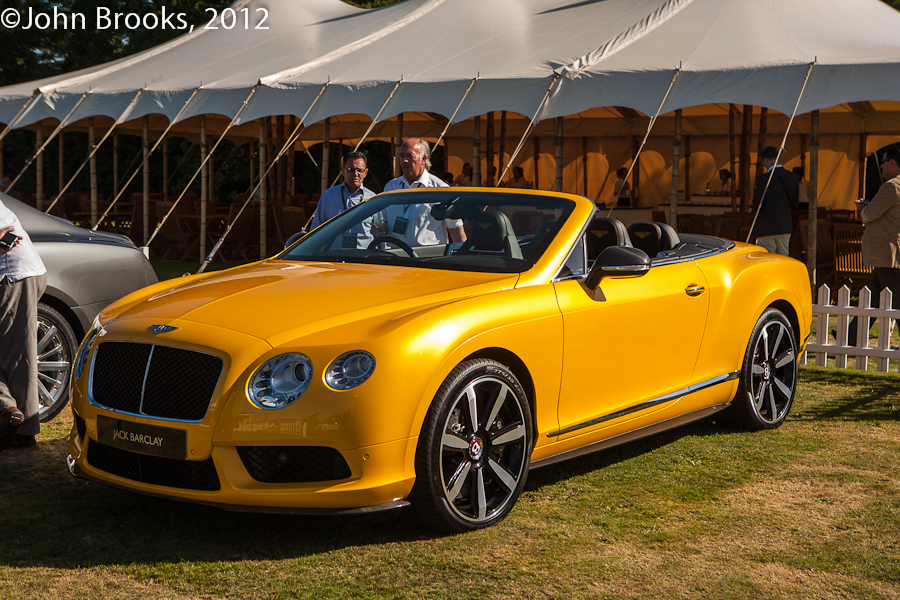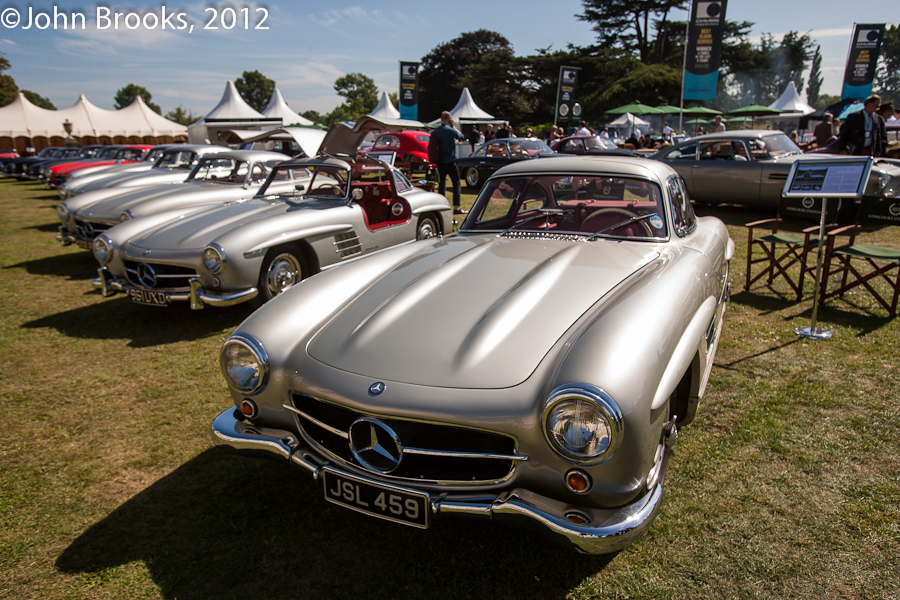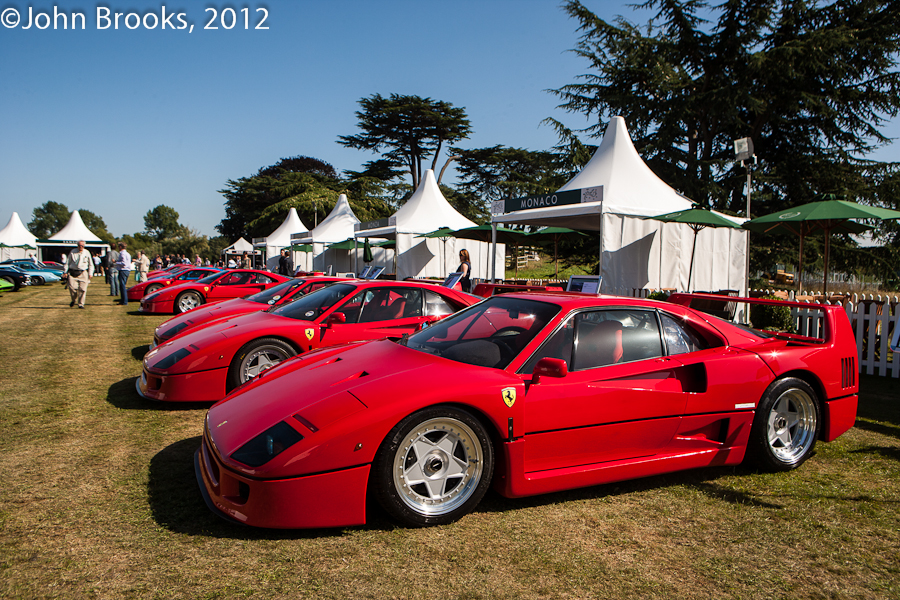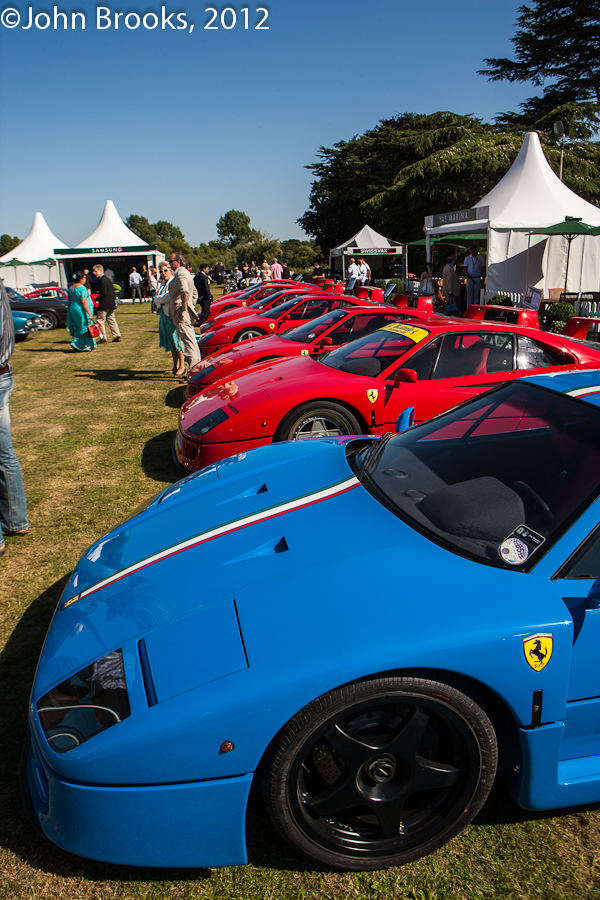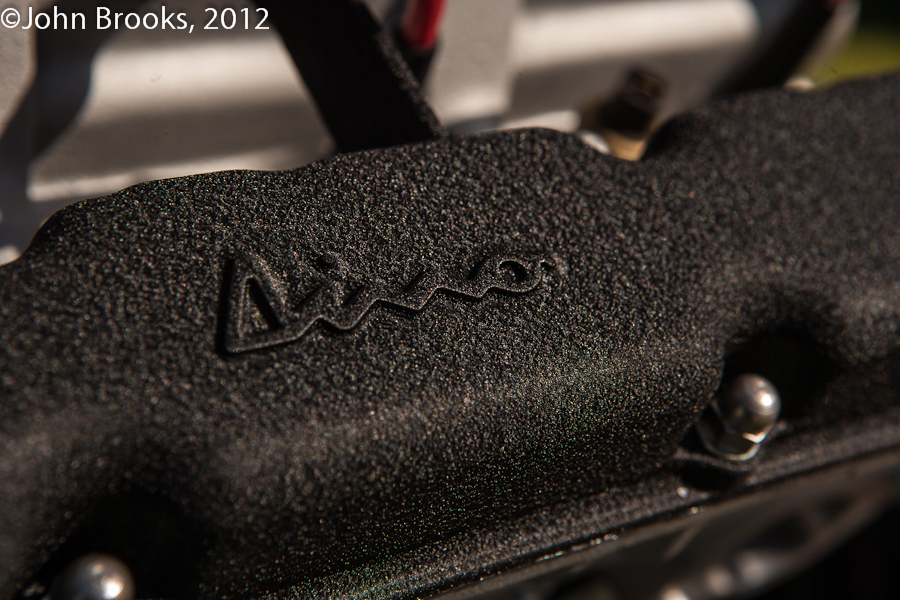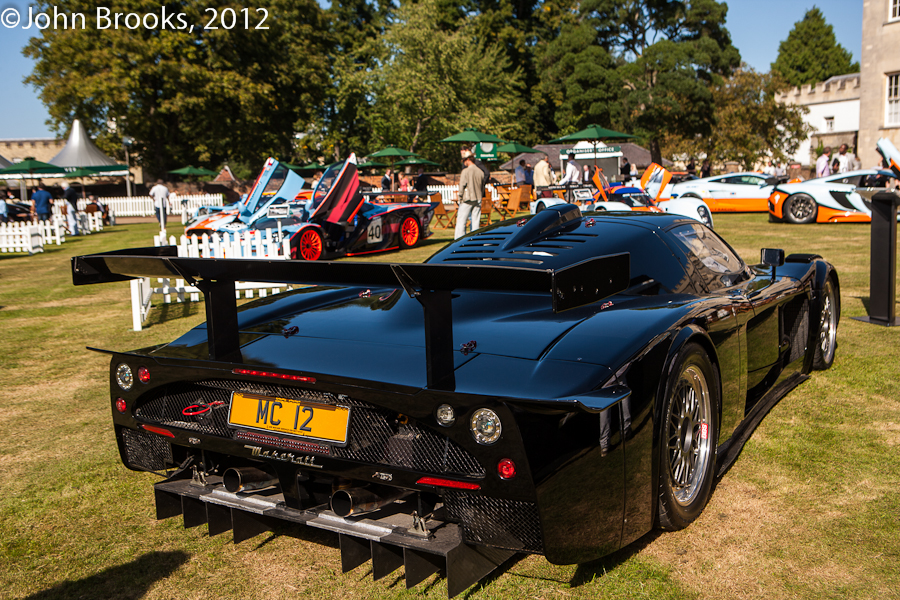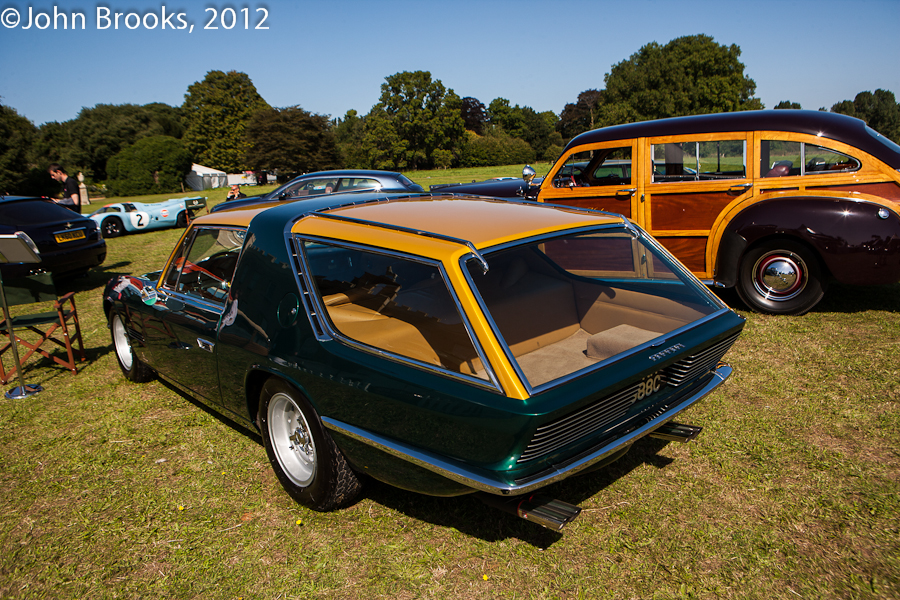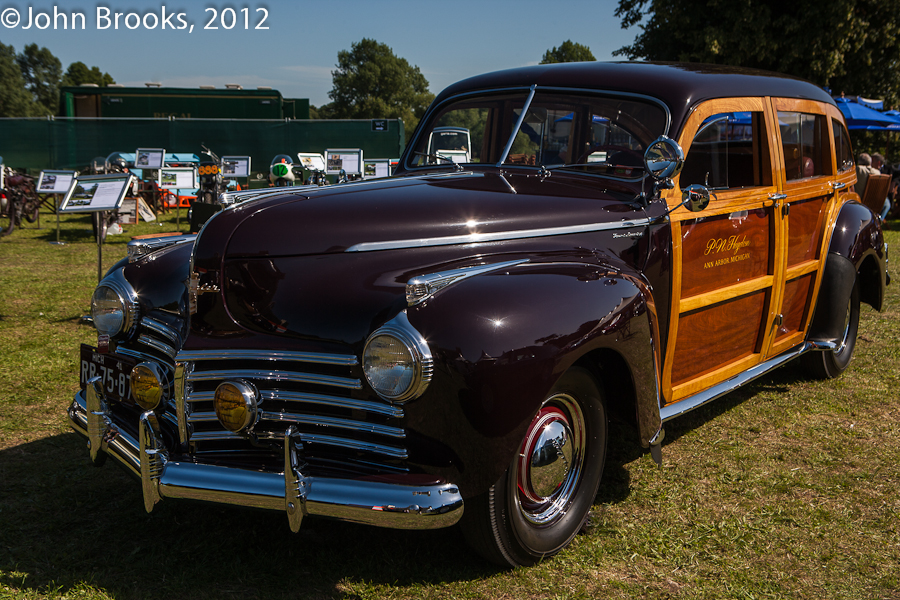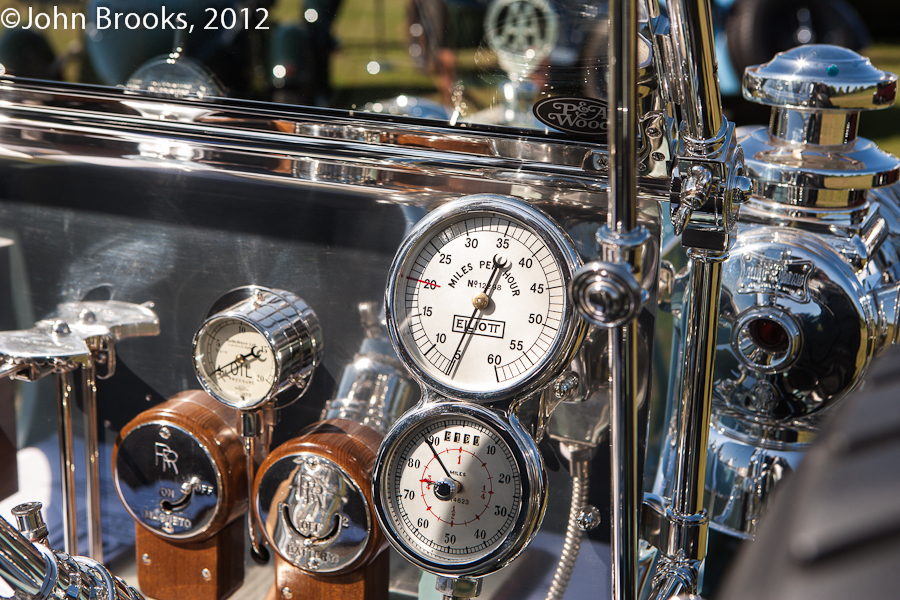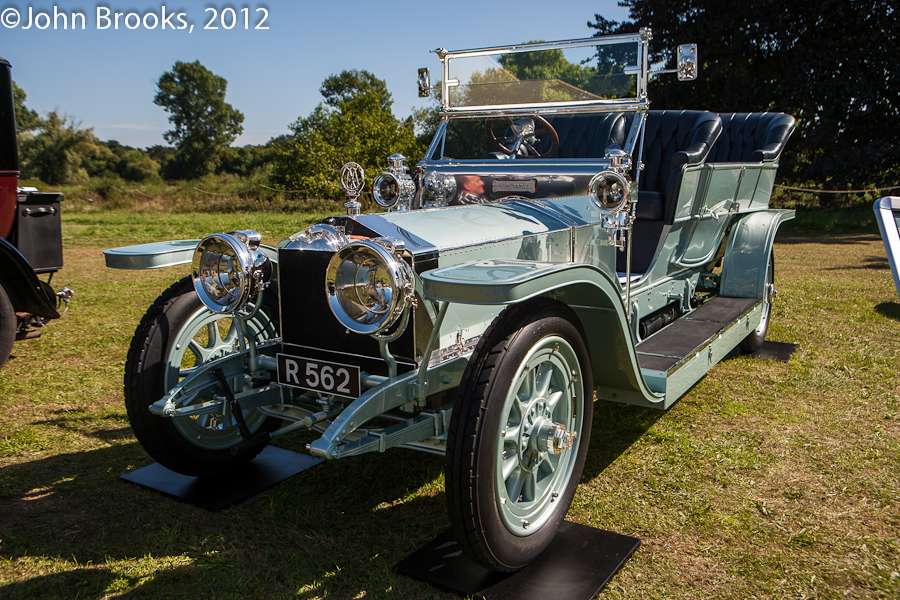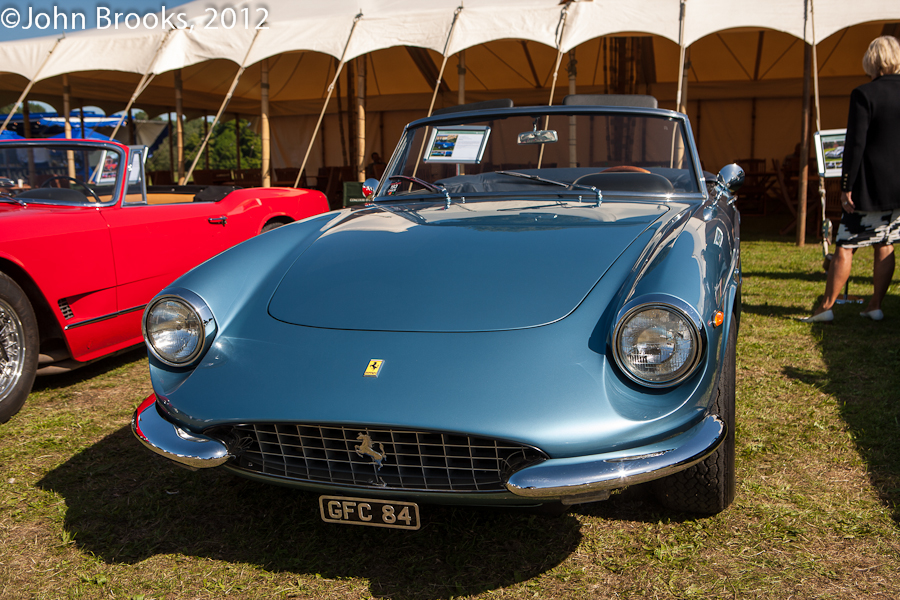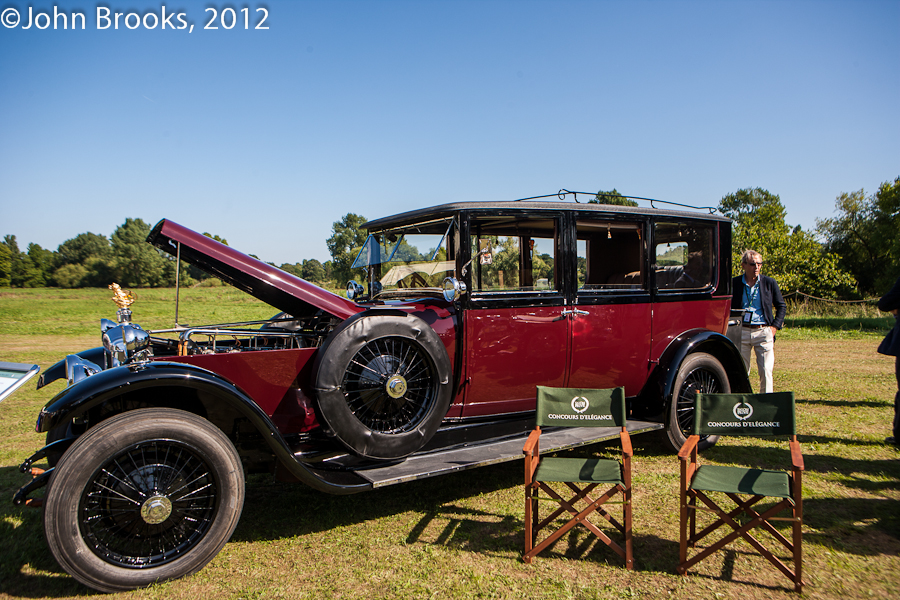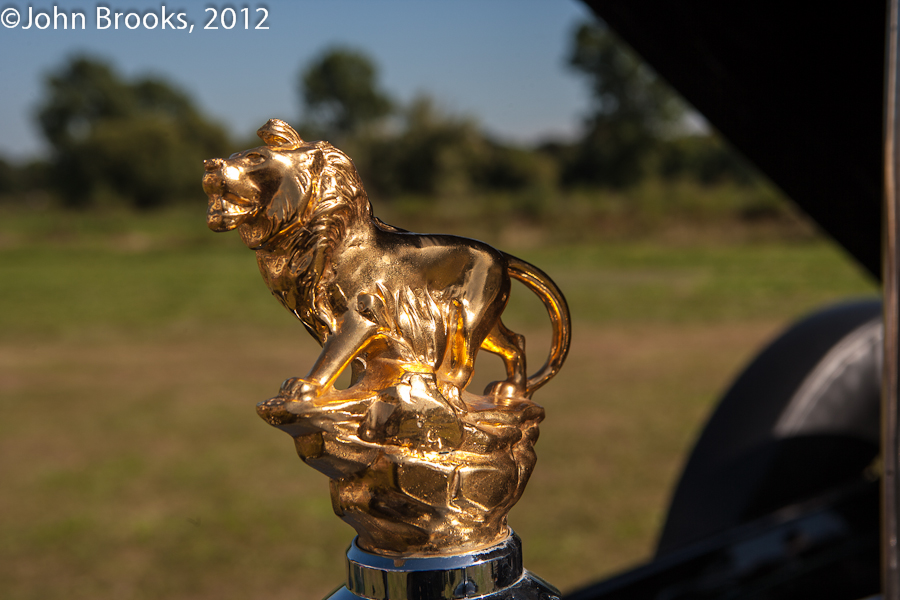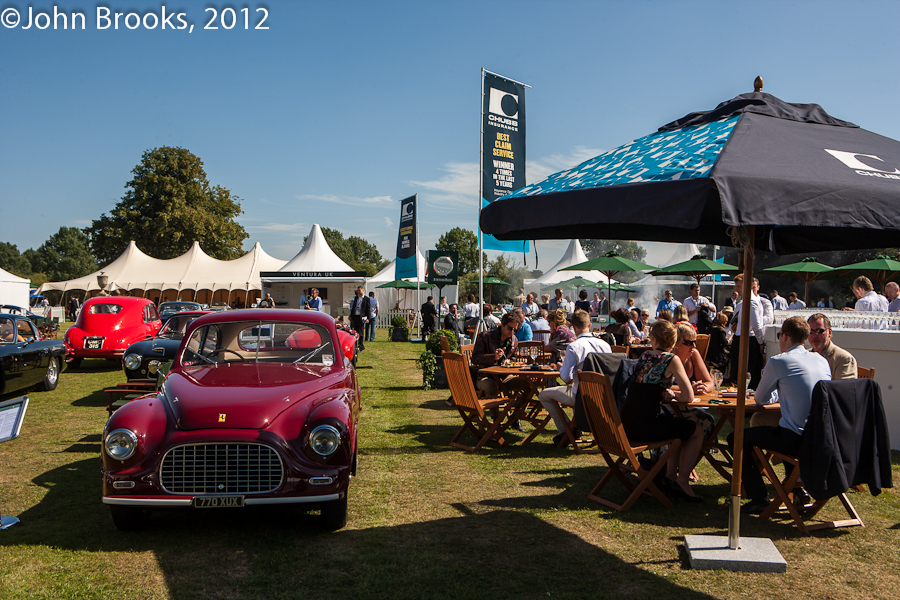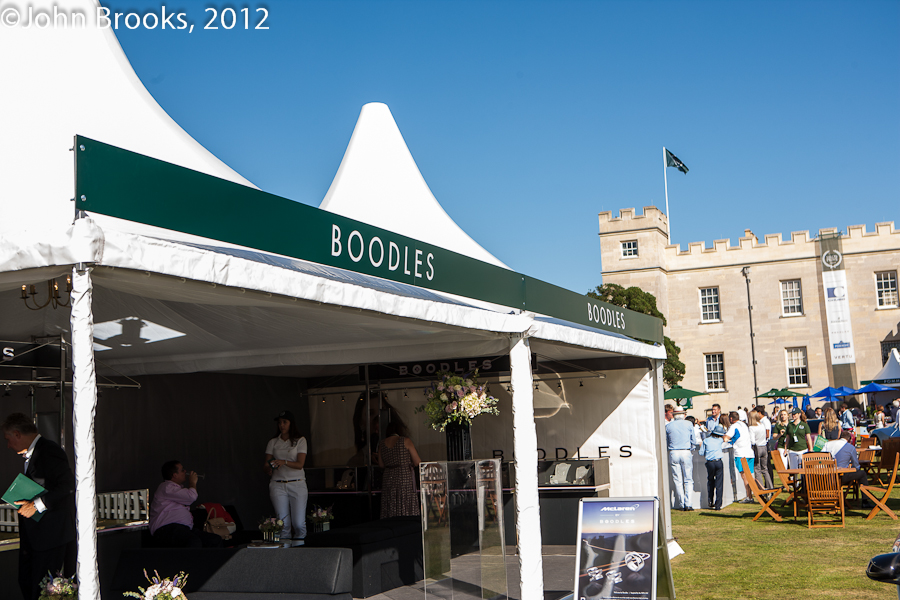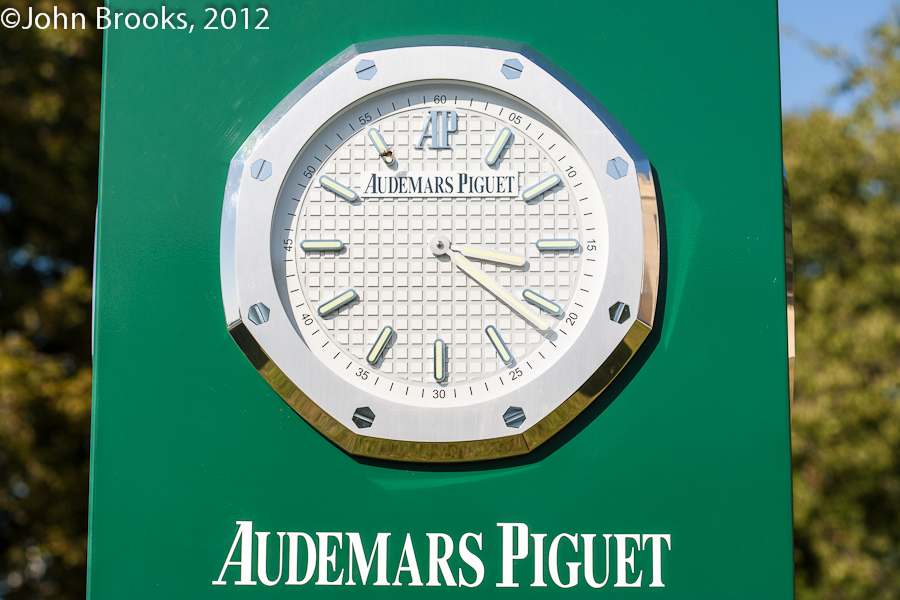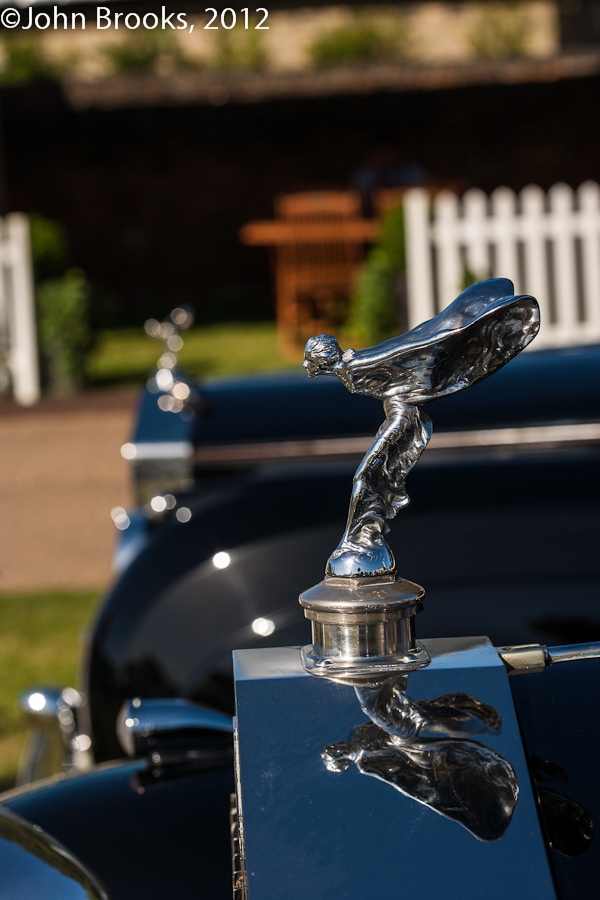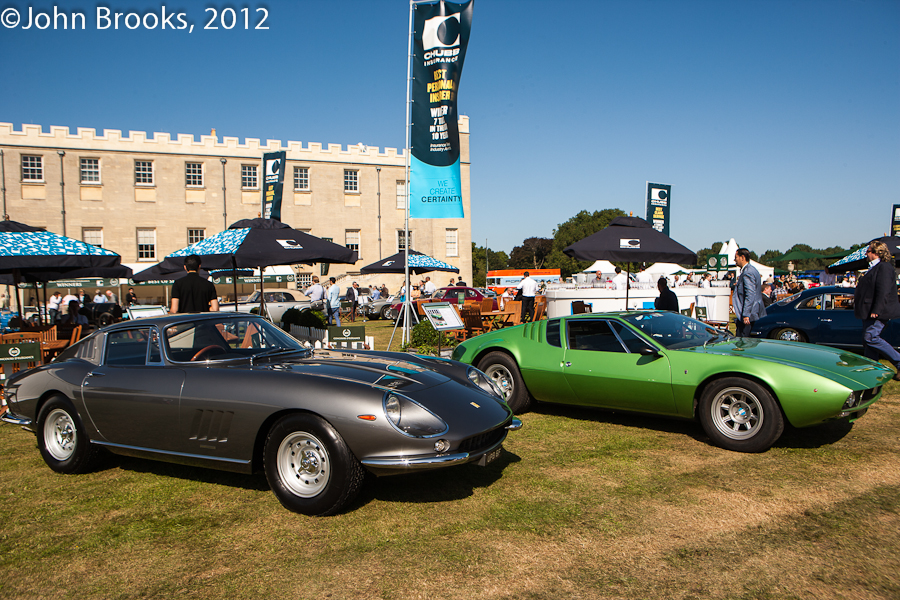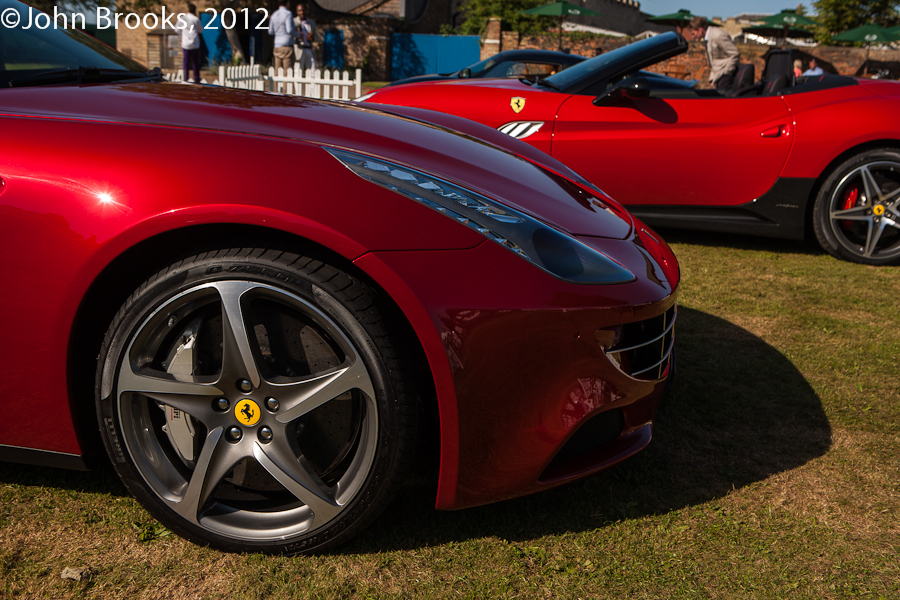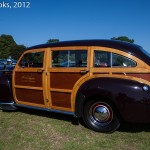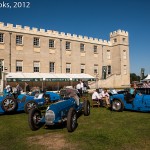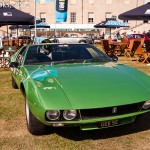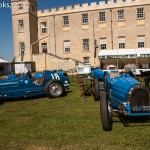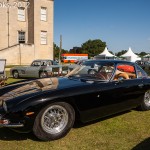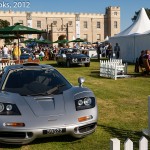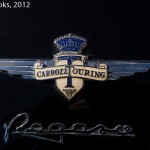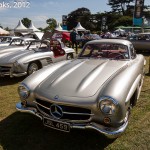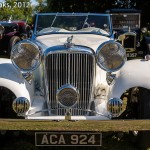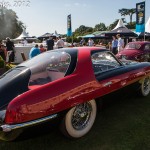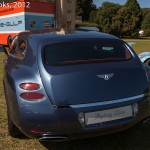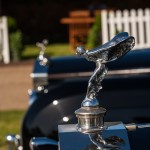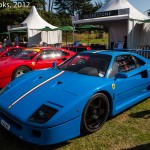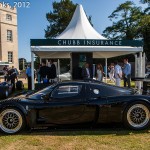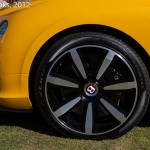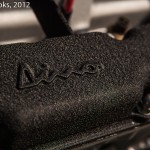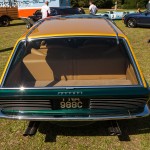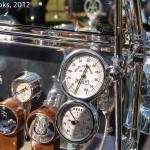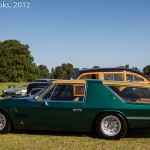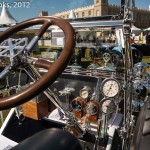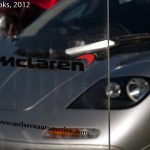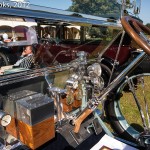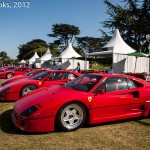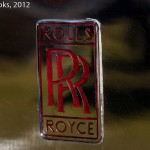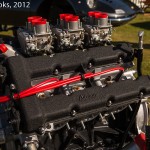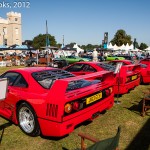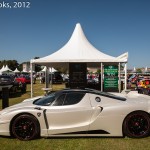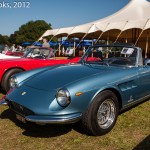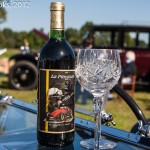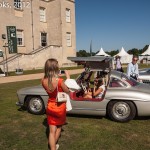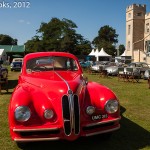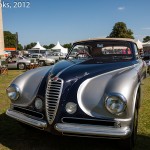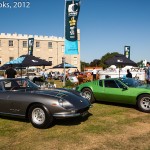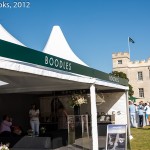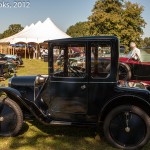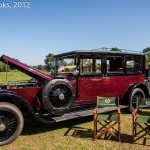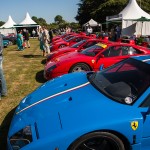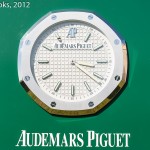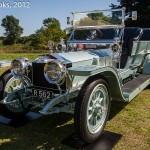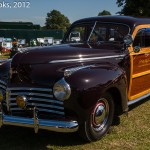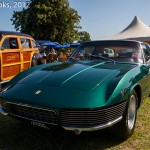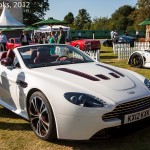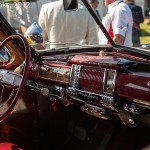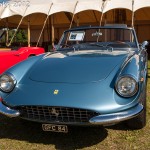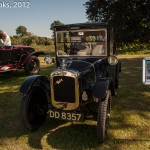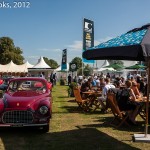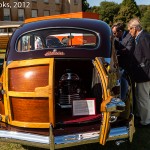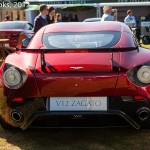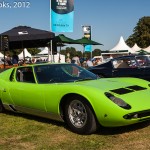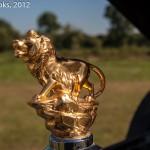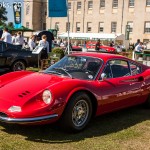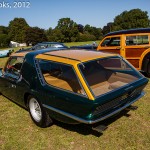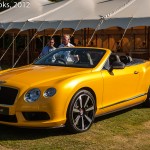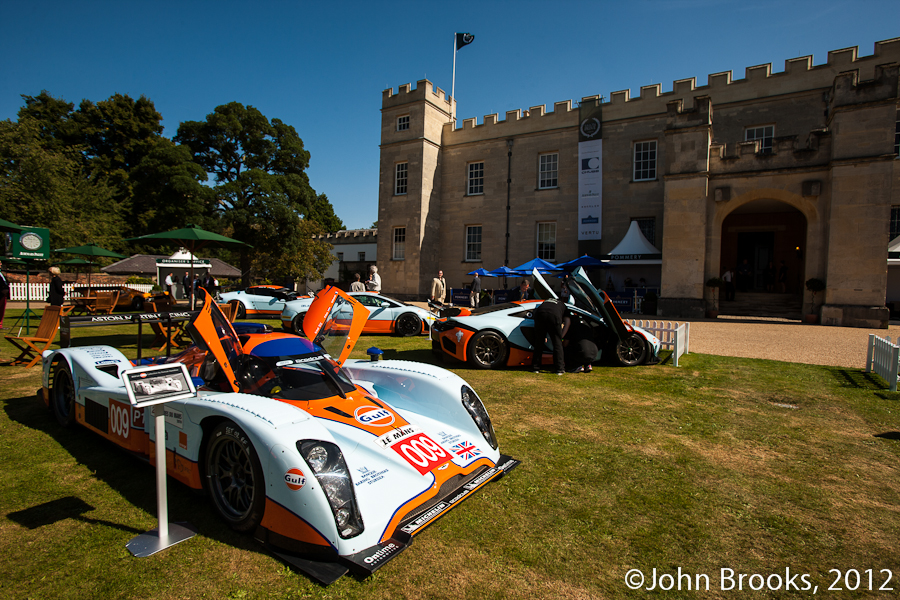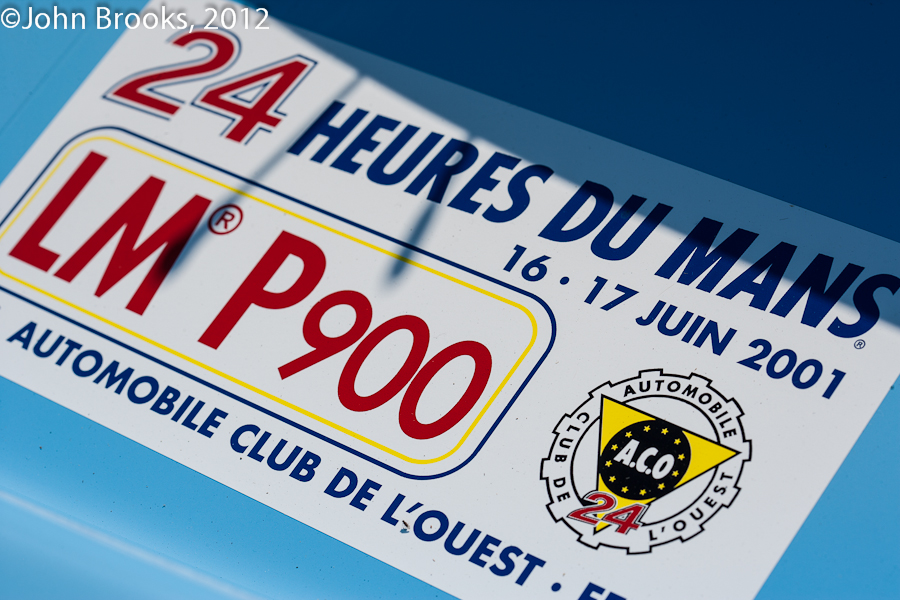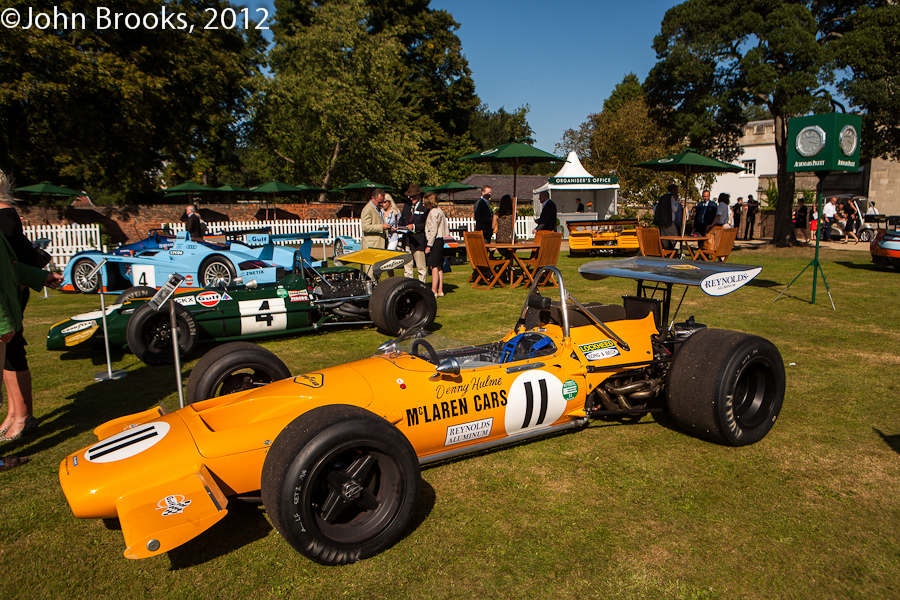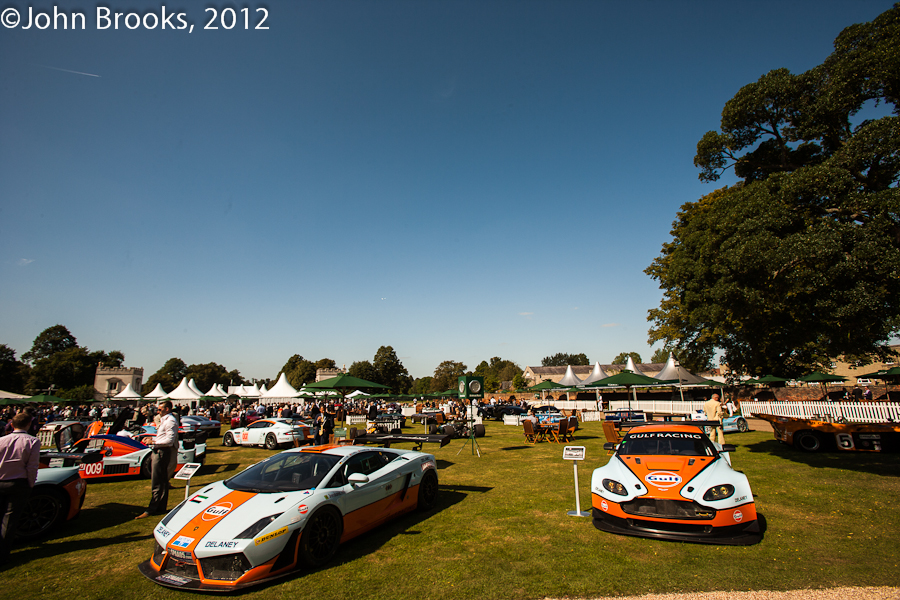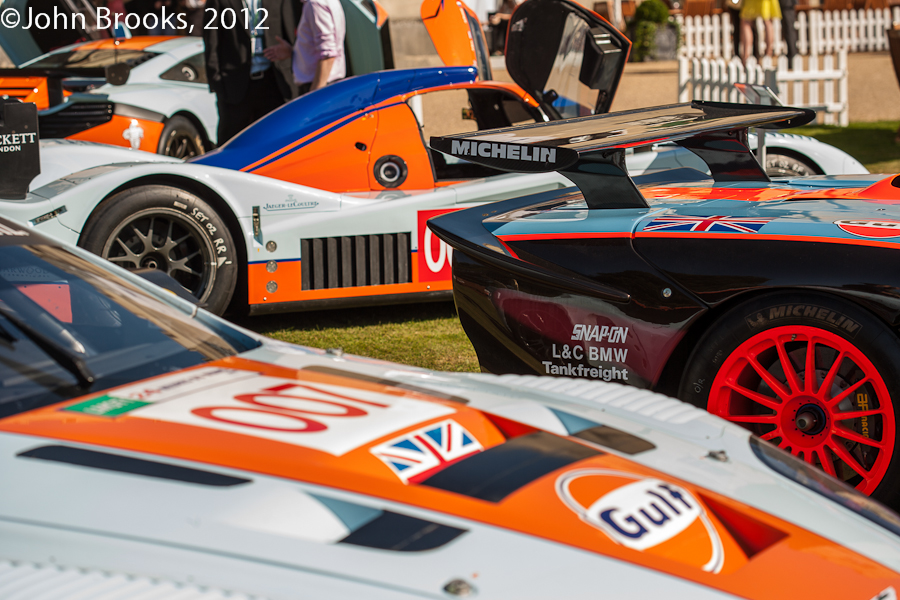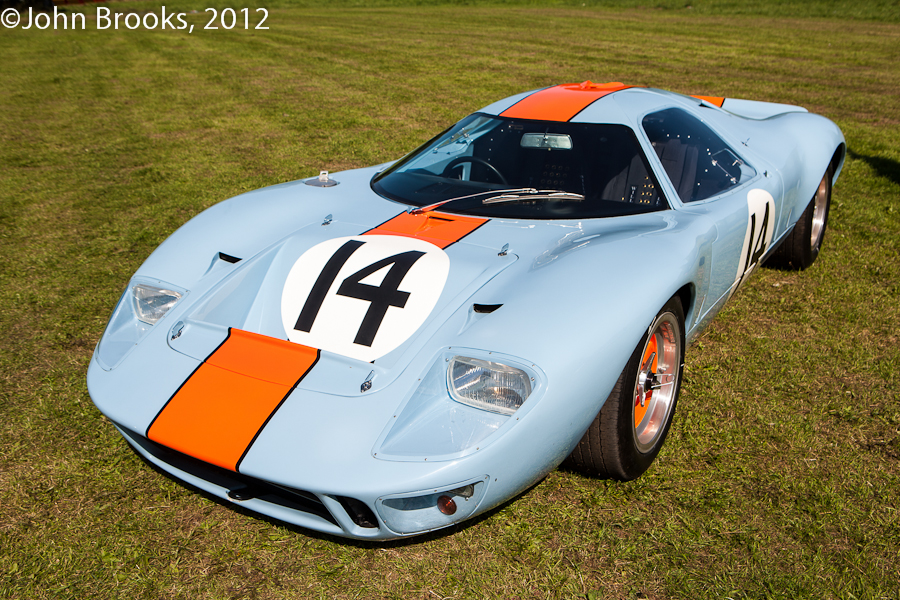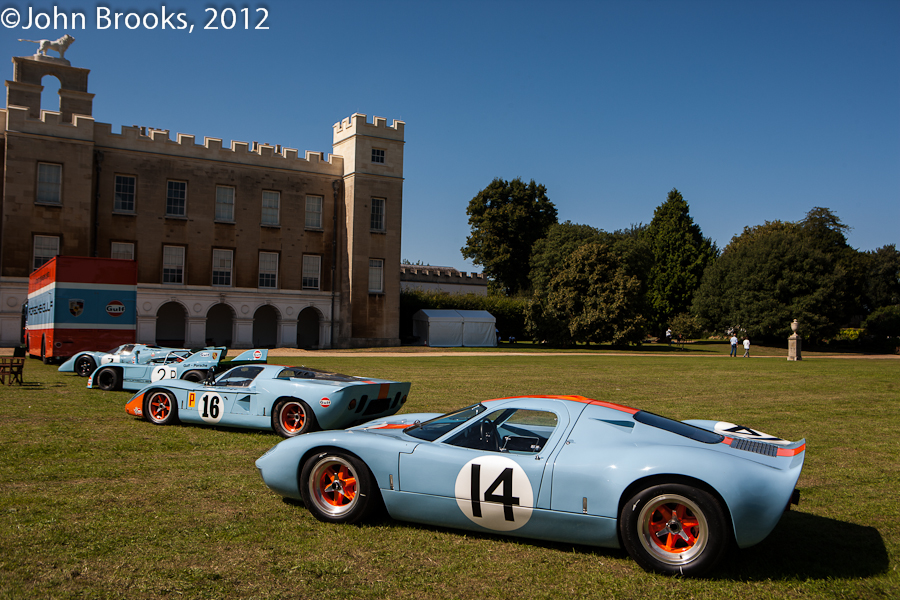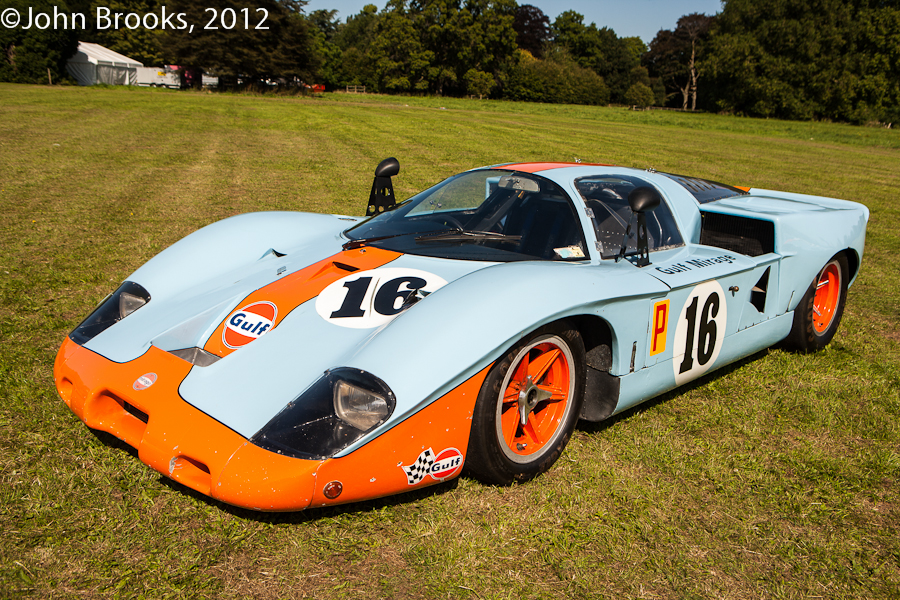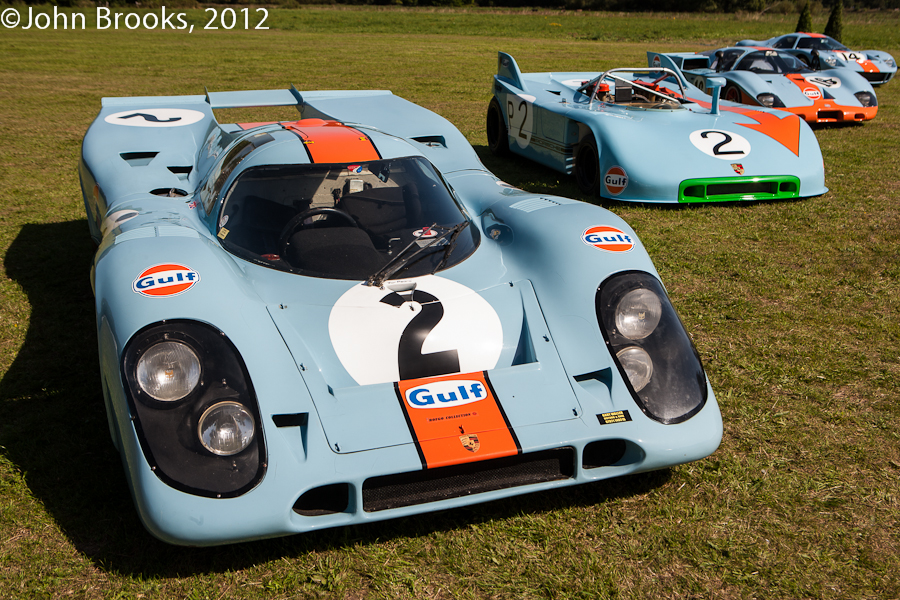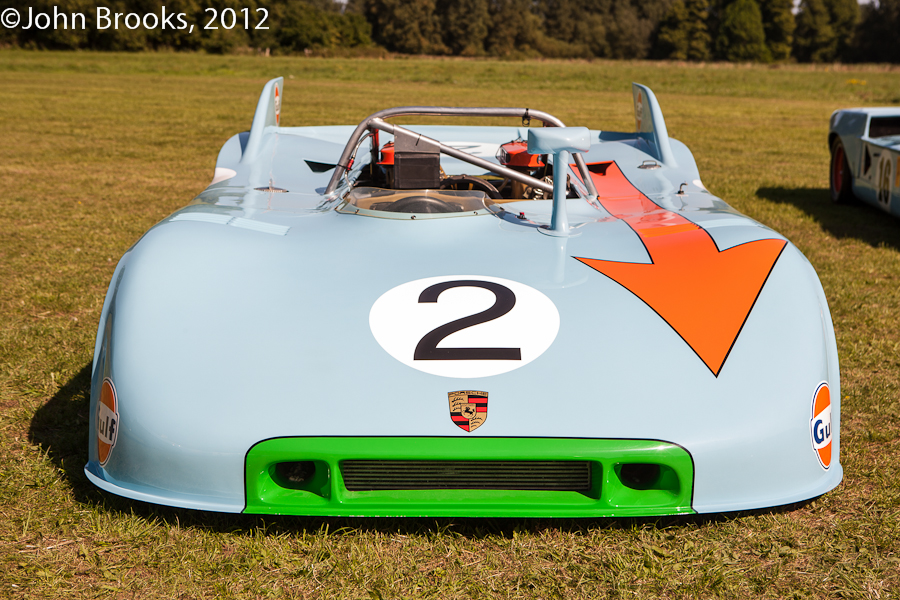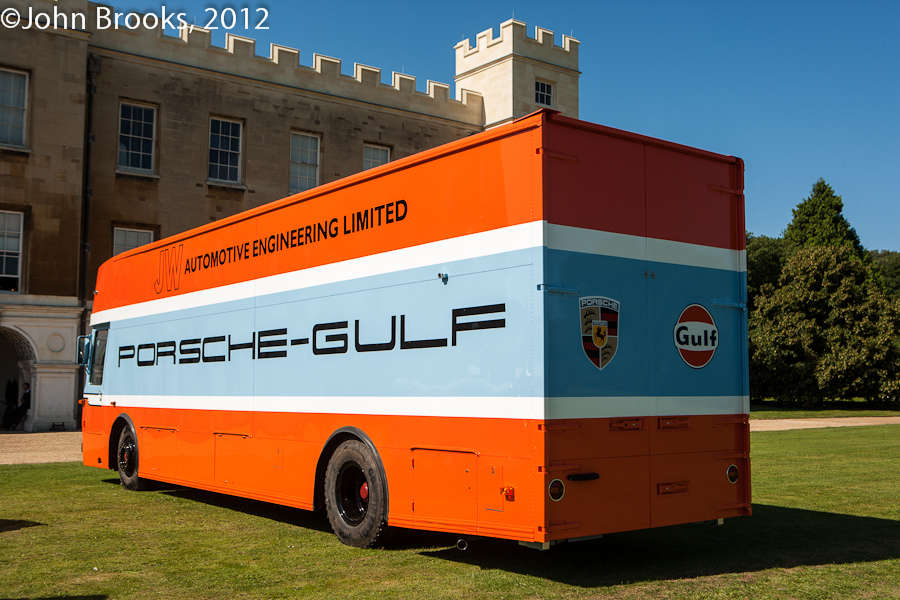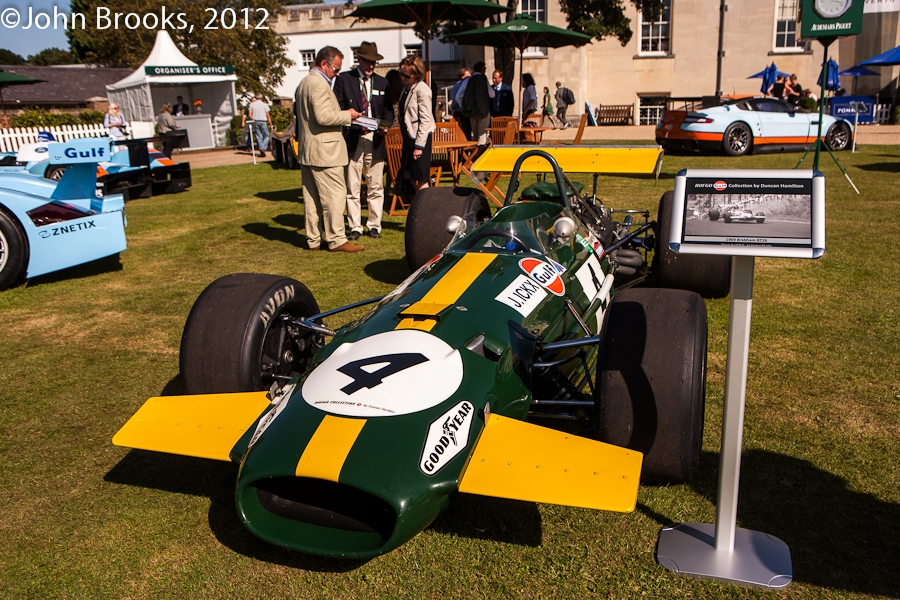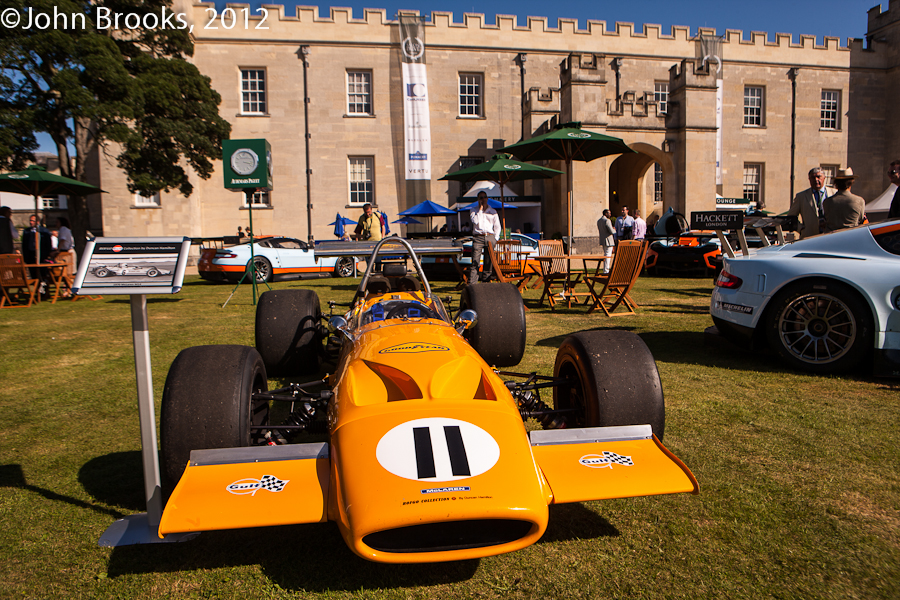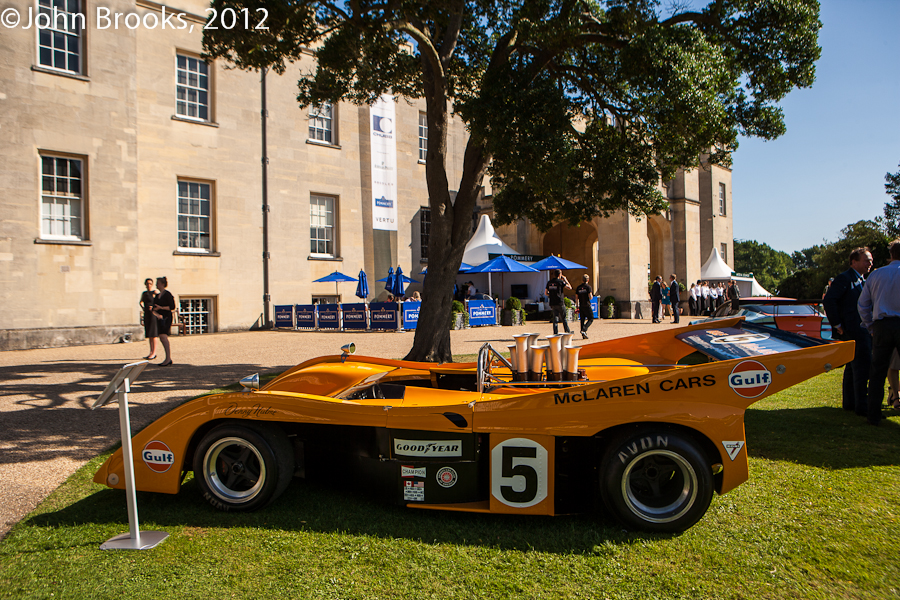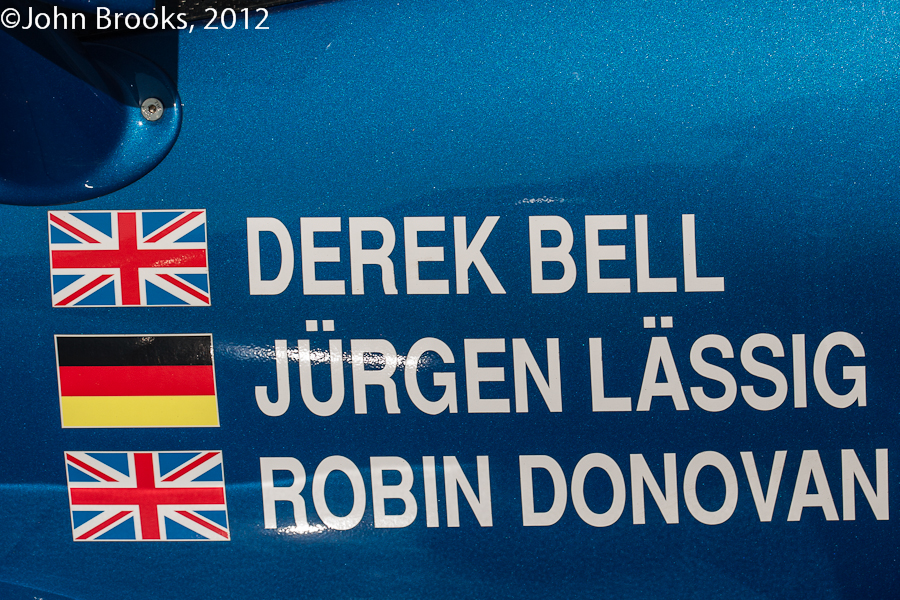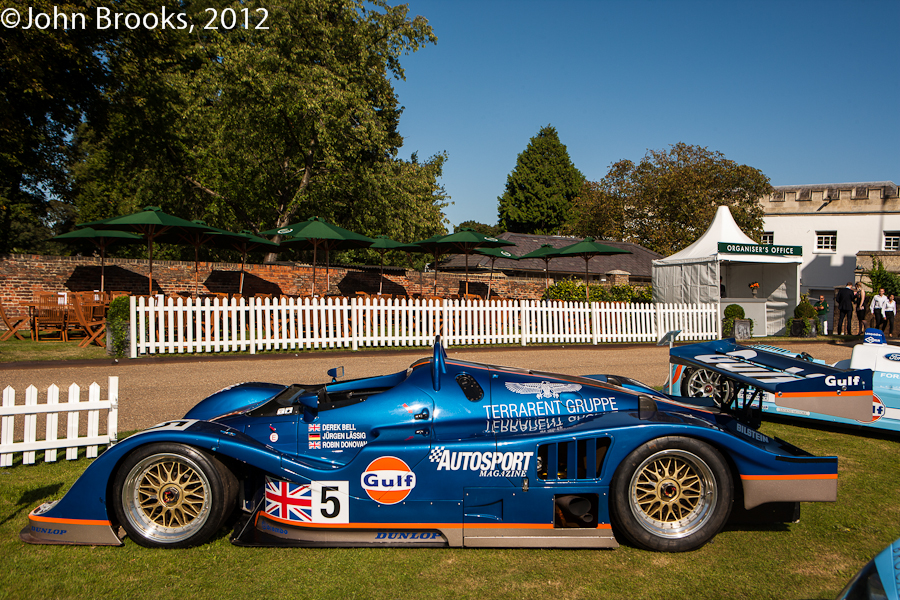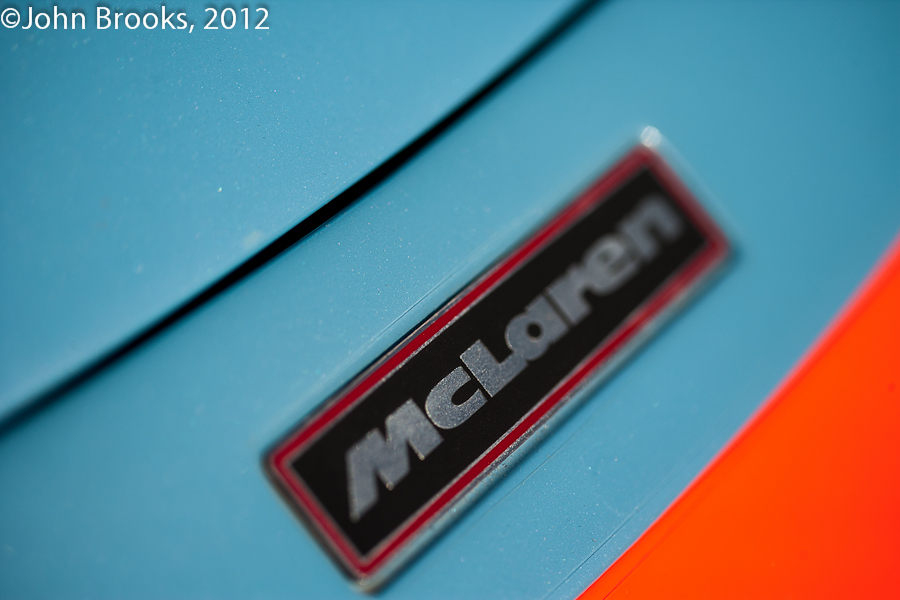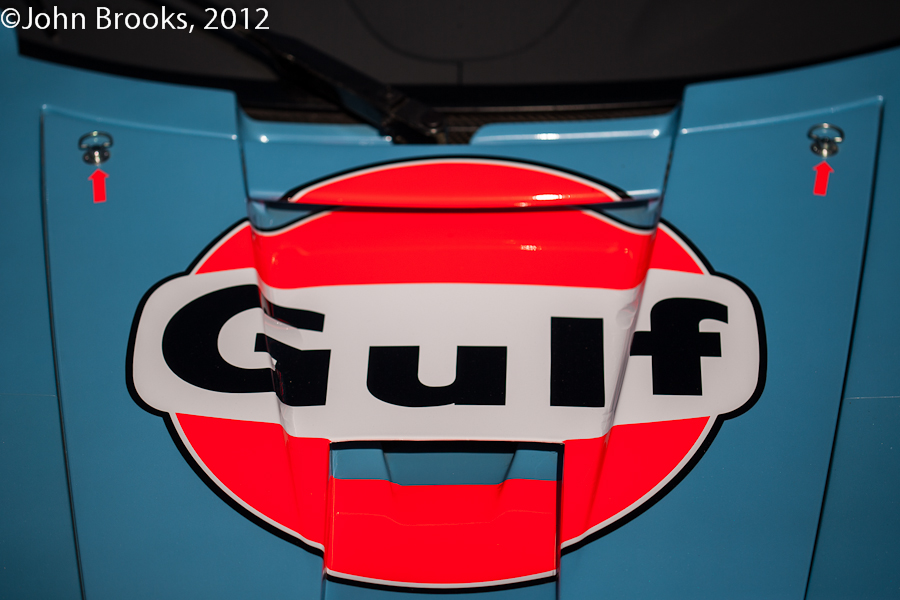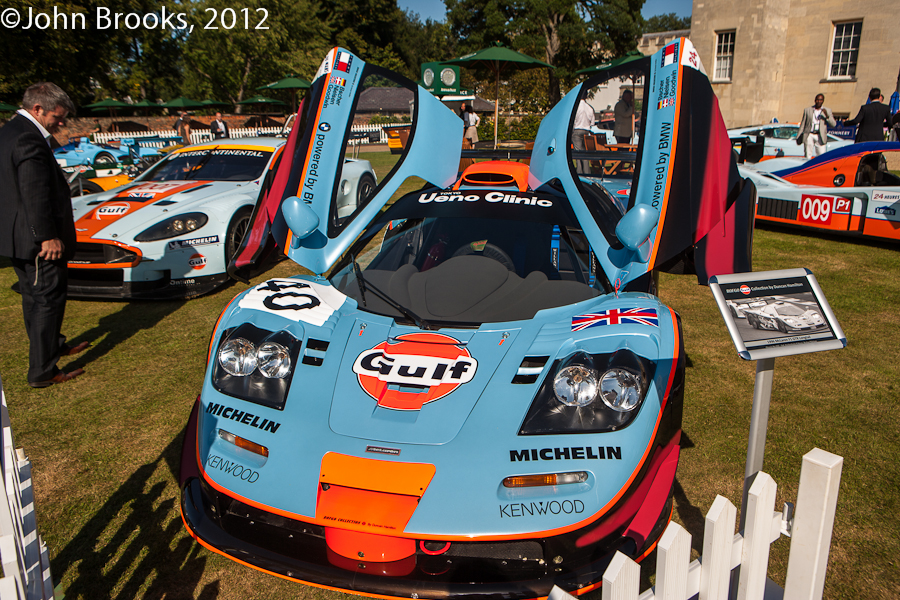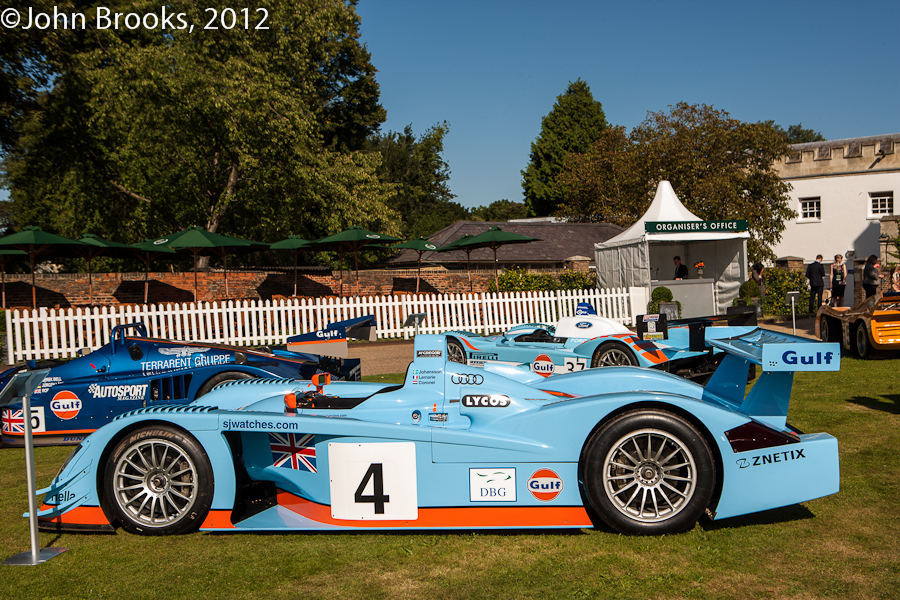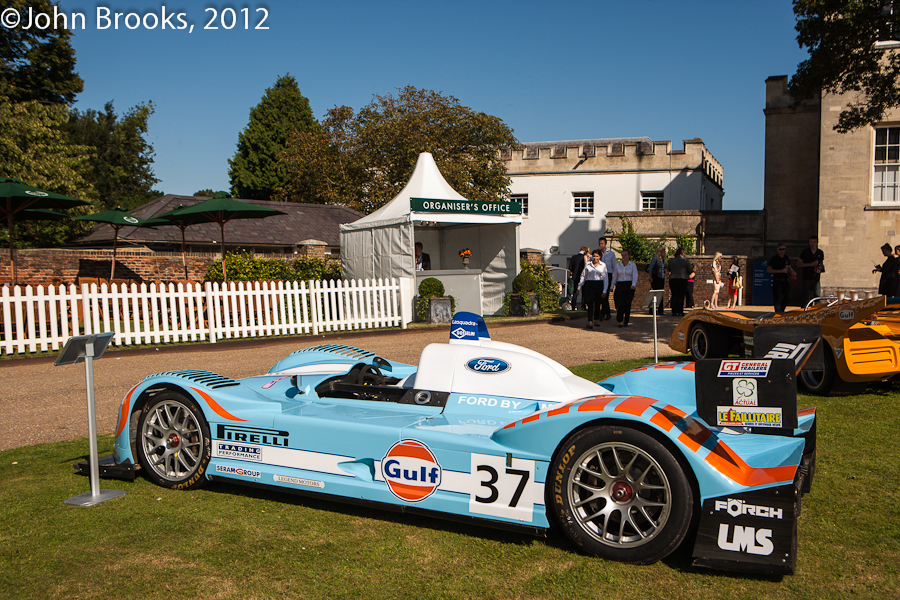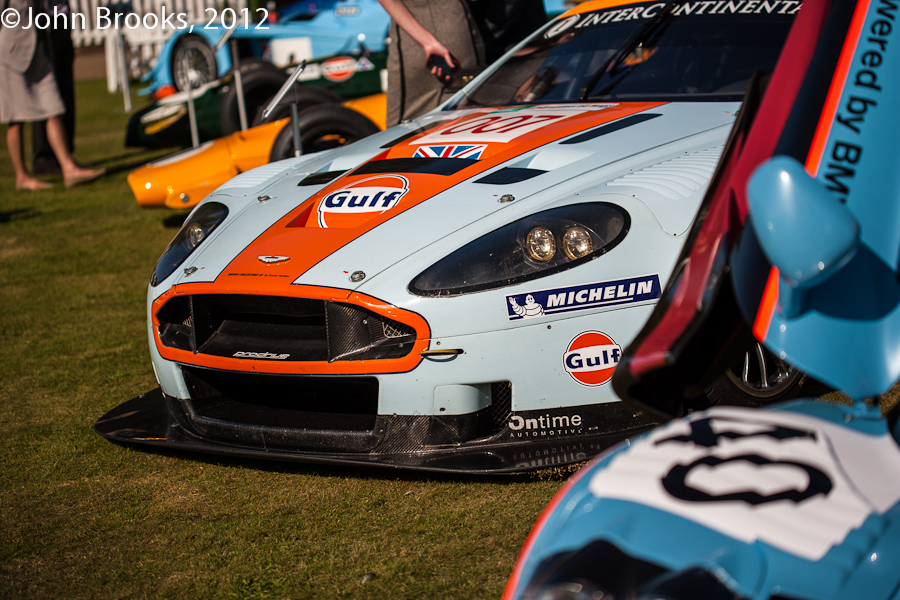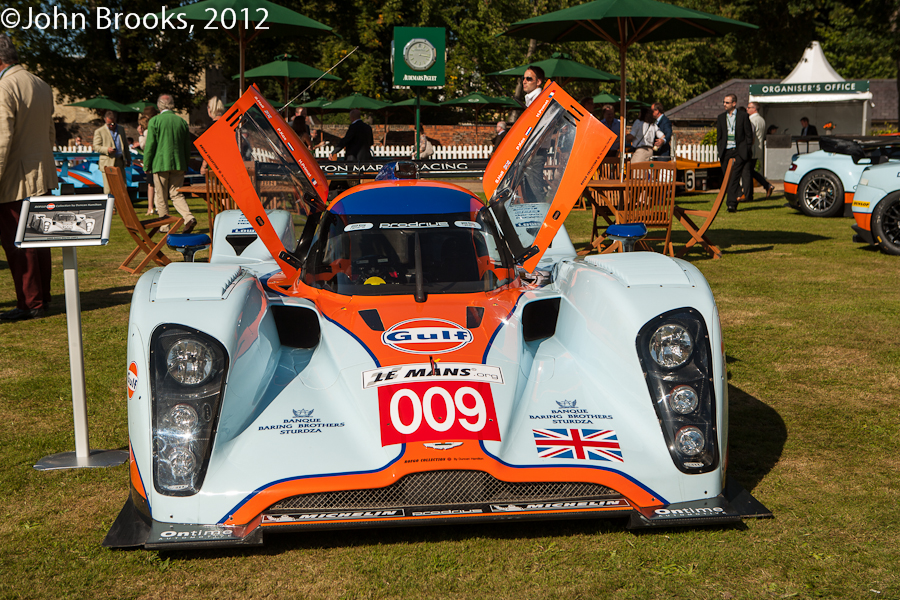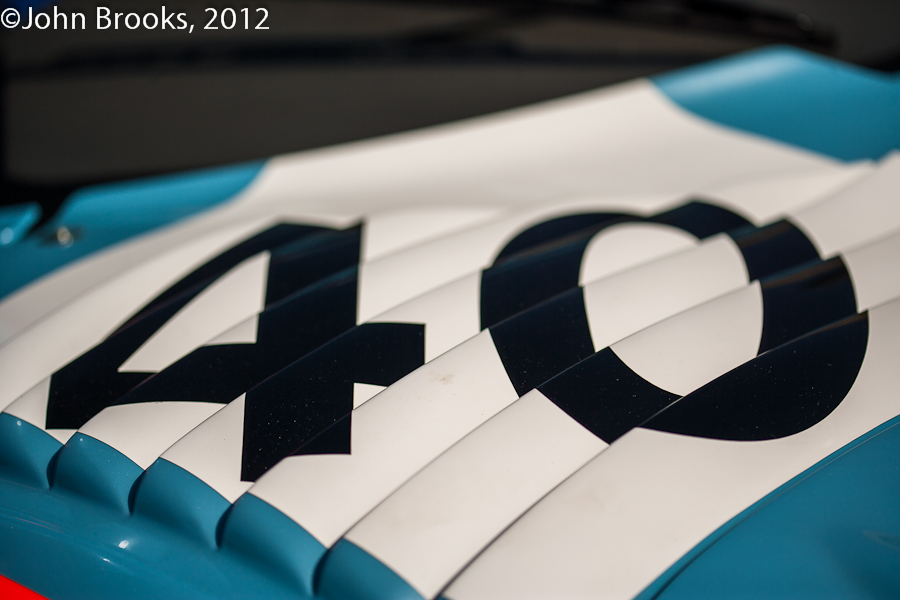Been a little quiet here at DDC Towers since the New Year but our Special Correspondent has been out and about. Attracting his attention was the traditional New Year’s Day gathering at Brooklands. He shares with us some of the hidden gems that were on display around the old race track.
Volvo PV444
Probably the best and toughest of all the Volvos, the PV444 was conceived during the war (Sweden was neutral) and was first seen in Stockholm in September 1944. Volvo had been persuaded to purchase a 1939 1.3-litre Hanomag to study its unitary-body construction and this in turn influenced the new car and also the engine which was a 4-cylinder overhead valve with pushrods unit with a 3-bearing crankshaft and gear-driven camshaft. The car had coil spring suspension all round, independent at the front.
Production could not get underway until a flow of supplies was assured and this gave the company time to subject the car to the most rigorous test programme and when cars started to be produced in February 1947,Volvo had a really tough 2-door saloon.
There were no thoughts of competition for several years but when drivers like Gunnar Andersson started to work wonders in rallies with the car Volvo had a change of heart and signed him up as a “works” driver.
The successes were too numerous to list here but mention must be made of Andersson’s victory in the European Championship in 1958, Tom Trana’s two outstanding wins in the R.A.C. Rally in 1963 and 1964 and Joginder Singh’s win in the 1965 East African Safari in a second-hand car!
Ford Popular
Based on the “sit up and beg” Anglia shown at the 1948 Earl’s Court Motor Show, the Popular was introduced in 1953 but with the 1172 c.c. side-valve 10hp engine which found its way into so many competition cars at that time. It was a very basic car aimed to provide cheap reliable transport – it came with no heater, vinyl trim, only one vacuum-operated windscreen wiper (you could opt for an extra one for the equivalent of £2.47), very little chrome (even the bumpers were painted) and was offered only as a 2-door saloon.
Production was transferred from Dagenham to Ford’s Doncaster factory in 1955 and the car was made until September 1959 by which time over 150,000 had been sold. This 103E model was the last British car to be produced with a side-valve engine.
Reliant Sabre 6
We normally think of Reliants as 3-wheelers and these constituted the company’s main source of activity but by the Sixties they were also making some sporting 4-wheelers. The Sabres with 4-cylinder engines were the most common but Reliant also offered a six-cylinder version, the Sabre 6.
Despite the company’s limited resources it was felt that this car was both powerful and rugged enough to be thrown into international rallies. It had a Ford Zephyr 2553 c.c. engine with Raymond Mays head and three Weber carburettors. In 1963 two of these works cars took the first two places in their class in the gruelling Coupes des Alpes, the second placed car driven by Roger Clark who was having his first works drive.
Just 77 Sabre 6s were eventually made in 1962-63.
Jaguar XK120
Here is an unspoilt example of the beautiful car which stunned the world at the first post-war Motor Show at Earl’s Court in 1948, complete with those lovely rear wheel spats that were worn by the early production cars. Indeed, Jaguar left them on when the factory took three of the cars in red, white and blue to contest the first Silverstone Production Car Race in August 1949, giving the XK120 a début win.
Austin Seven Swallow
And here is how Jaguar effectively began. William Lyons had started by making sidecars for motorcycles in Blackpool and by 1927 he was making 2-seater car bodies on Morris Cowley and Austin Seven chassis; the idea was to tap into the market for more individual cars at low cost. When he showed his Austin Seven Swallow to the London dealer Henlys, they ordered 500 provided a saloon was added to the range. This was done in 1928 and by the November Lyons was seeking larger premises in Coventry so as to be nearer the centre of motor manufacture. He went on to make attractive bodies on other chassis such as Fiat, Standard and Swift and all this led to his launching in 1931 his own marque, SS, which grew into Jaguar.
Singer Roadster
Before the war Singer made their famous Nine sports cars which did well in rallies, races and trials and were serious rivals to M.G., all in addition to their wide range of production family cars. After the war they replaced their sporting cars with the Roadster which was a 4-seater touring model rather than a competition-based car. It had the sound Singer overhead camshaft engine and coil spring independent front suspension but did not create the sporting successes of its forebears.
Rather interestingly a privately-entered Roadster was the last Singer to run in an international sports car race when it finished 13th in the 1953 Tourist Trophy at Dundrod fifty years after the little 4-seater Nine made its first appearance at Le Mans where it too finished thirteenth!
A.C. Zagato
Here is a car we know little about so far! Its formal title is the A.C. 378 GT Zagato and it is a product of the Brooklands Motor Company. It has a tubular steel space –frame chassis and is powered by a 90 degree aluminium V8 of 6.2-litres (378 cu.in.) driving through a 6-speed manual gearbox. The body is by Zagato and that firm’s characteristic double humps on the roof can be seen.
Tatra 603
Good to see a Tatra 603 which has finally escaped from its communist influence for these cars were not available to the buying public, being reserved for the ruling authorities and eastern European presidents. They were first seen in the 1955 International six-day motor event in Zlin.
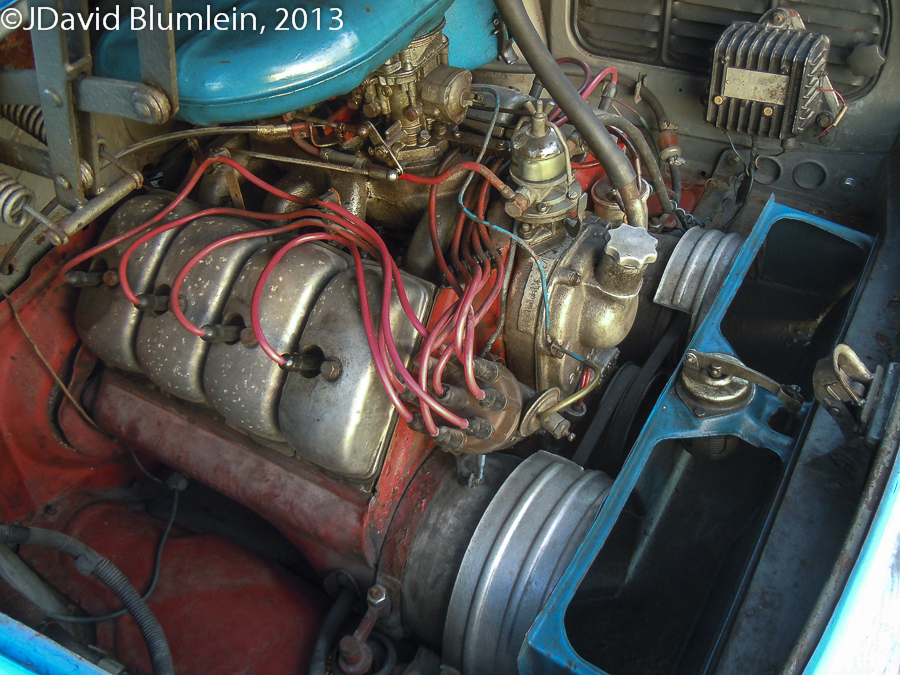
They did, however, put in some unexpected appearances in the West when they were allowed to compete in the tough variations of the Marathon de la Route during the Sixties. In the last Liège-Sofia-Liège in 1964 their entry came 15th. This rally was by then causing all sorts of complications passing through different countries so it became an endurance event on the famous Nϋrburgring. For 1965 contestants ran for 82 hours and Tatras came 3rd and 4th in the GT category; a year later in the 84 Hours they finished 3rd, 4th and 5th in the GT class, winning the Trophée des Nations. Their final success was in the 1967 84 Hours when they finished 4th and 5th overall. Perhaps we should not be surprised because the Czechoslovakians always made very strong cars.
The picture shows its unusual rear-mounted air-cooled V8 of 2.5-litres.
Tailpiece
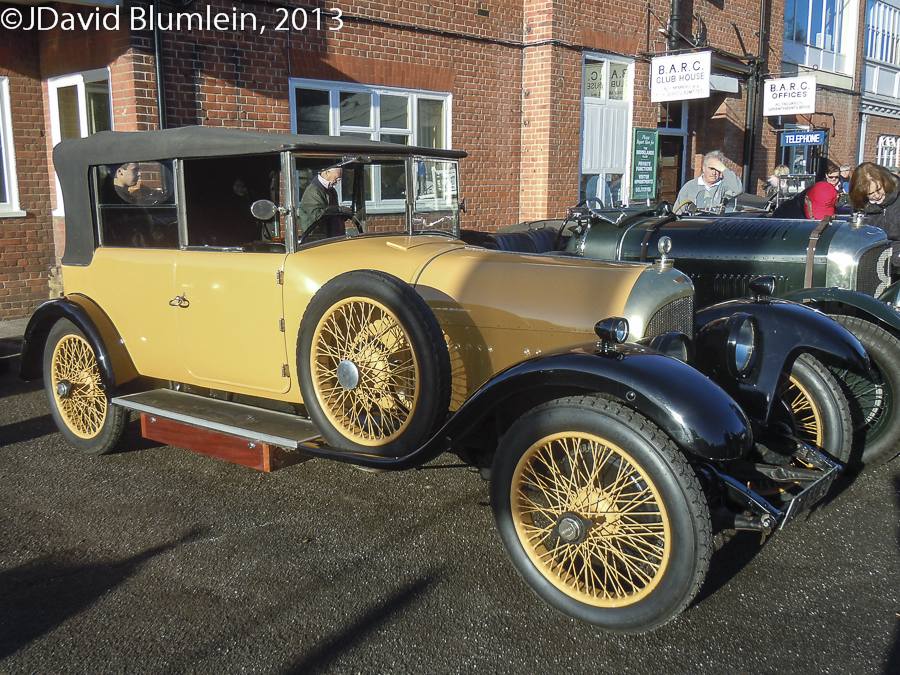
A beautiful early Bentley 3 Litre
David Blumlein, January 2013

